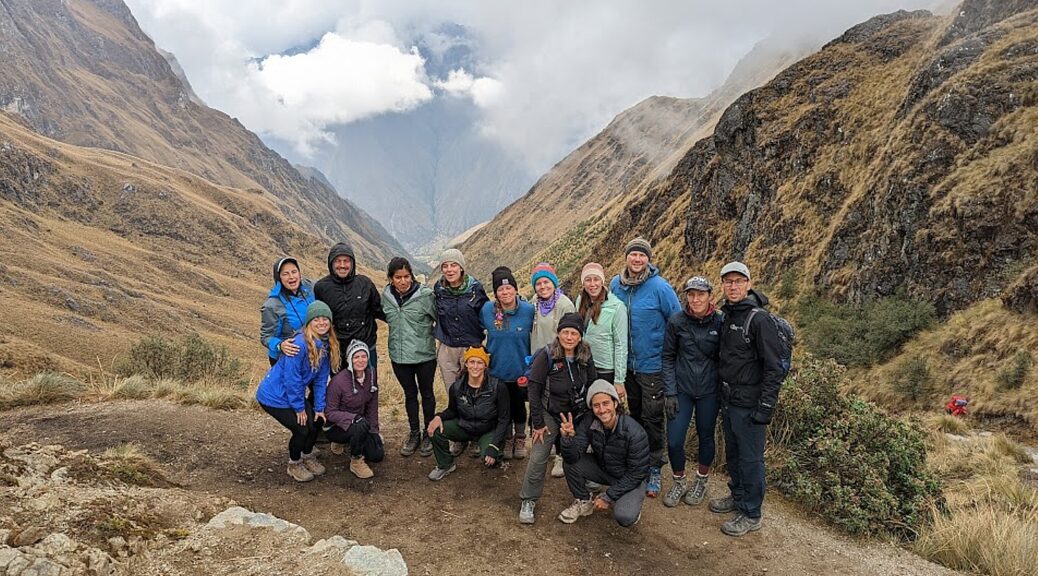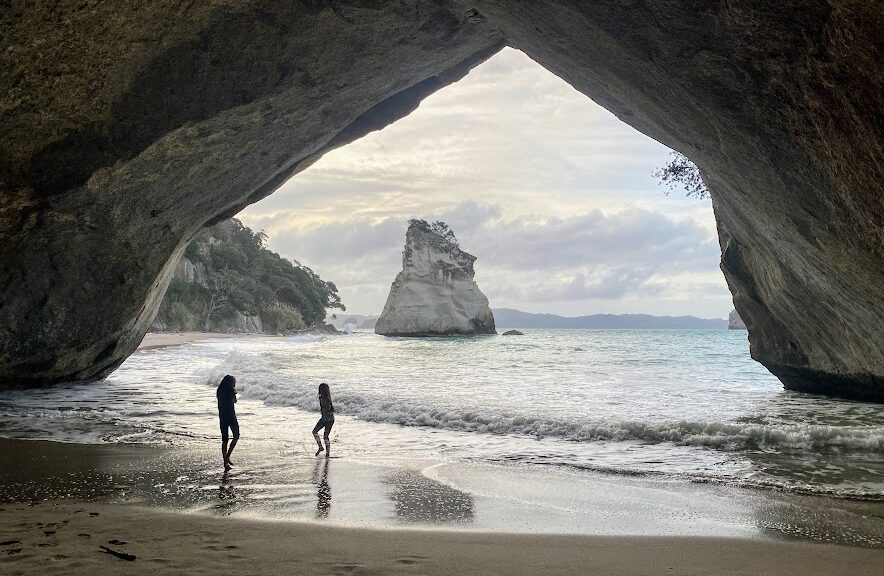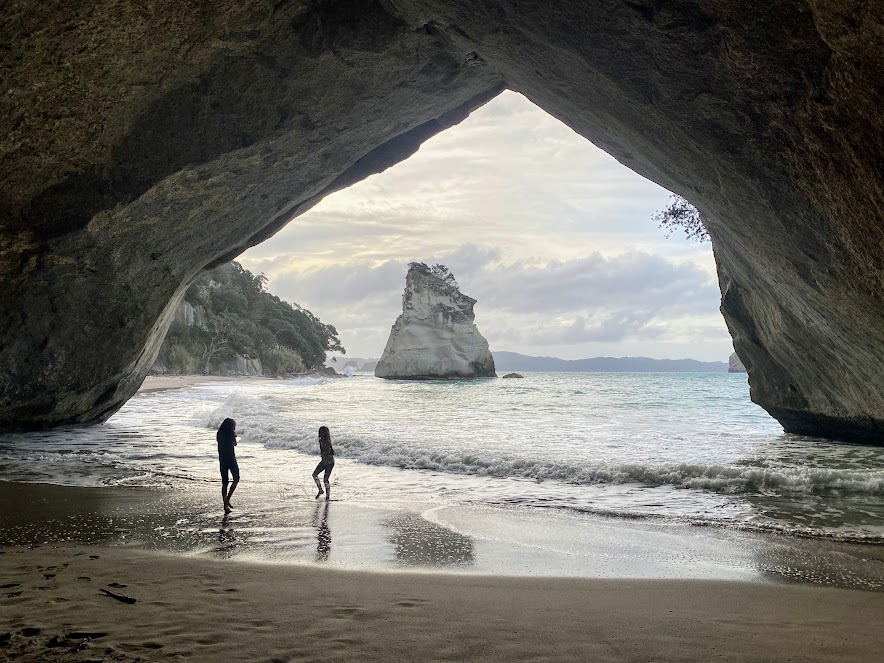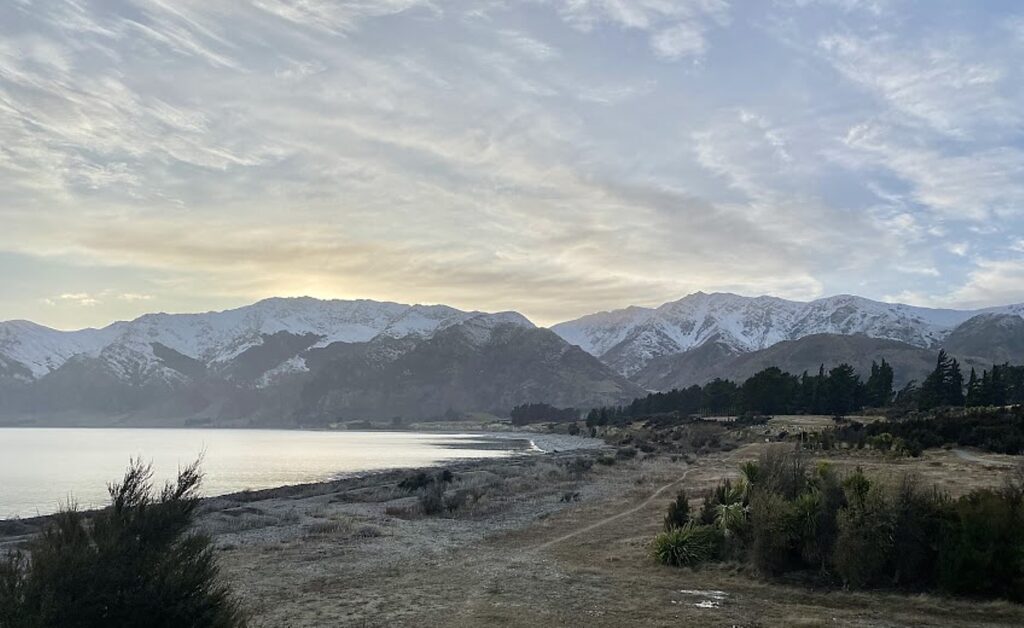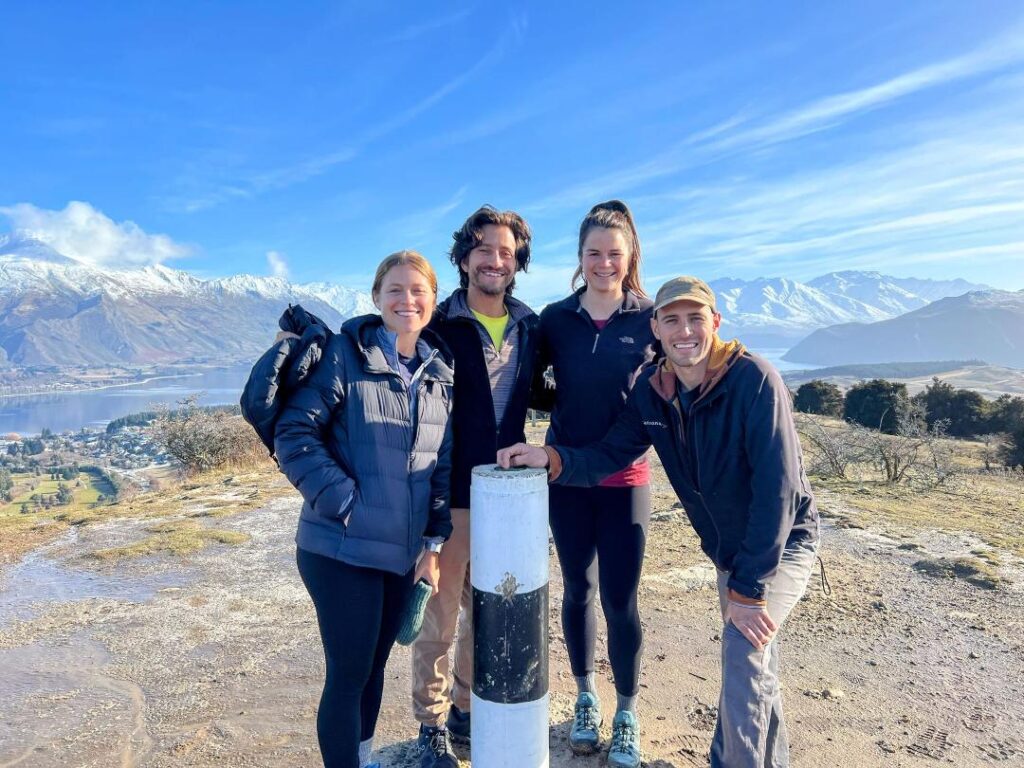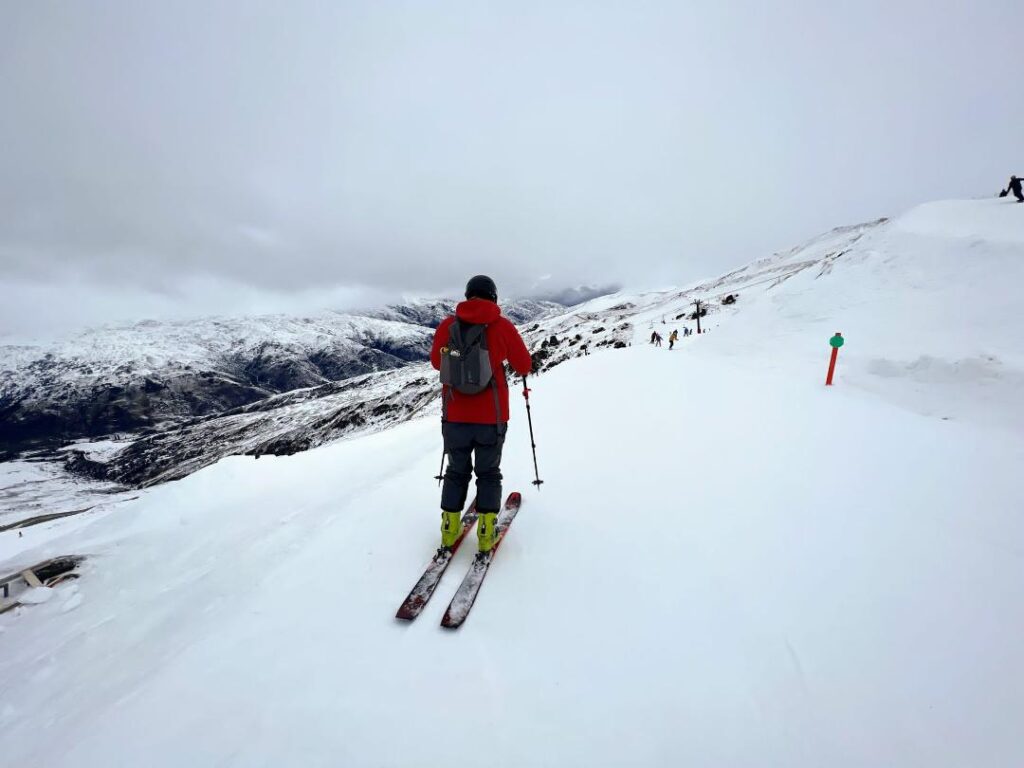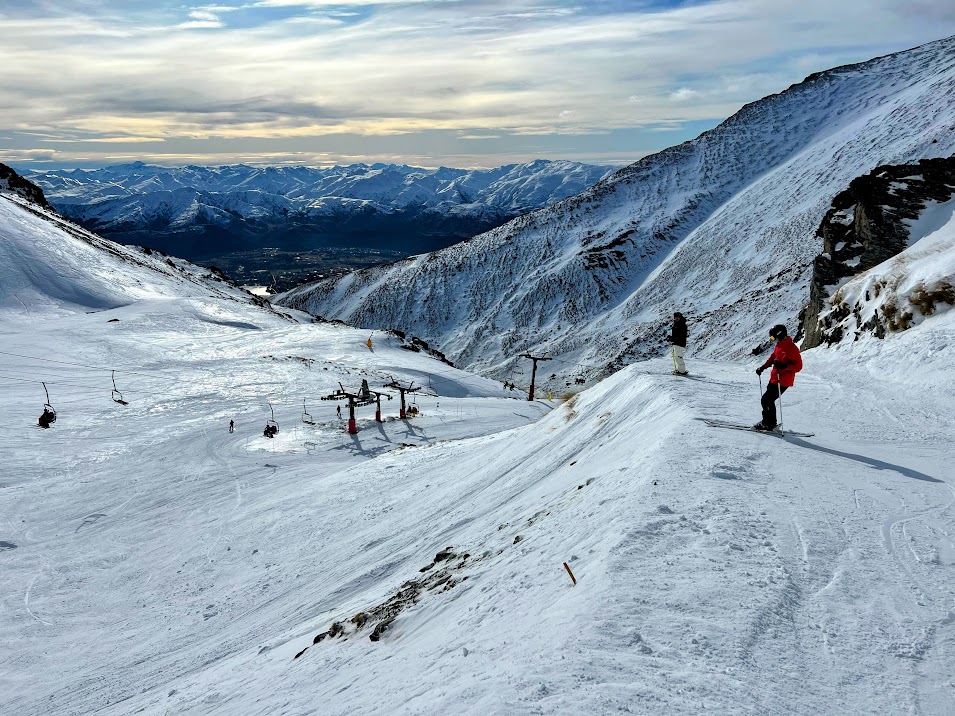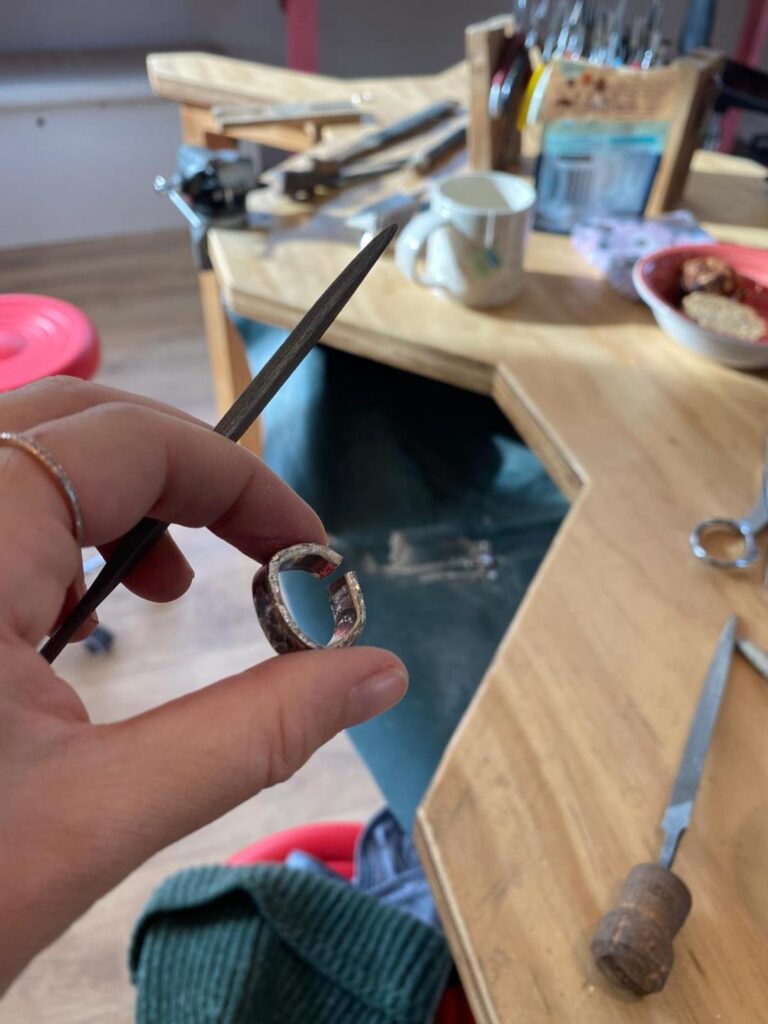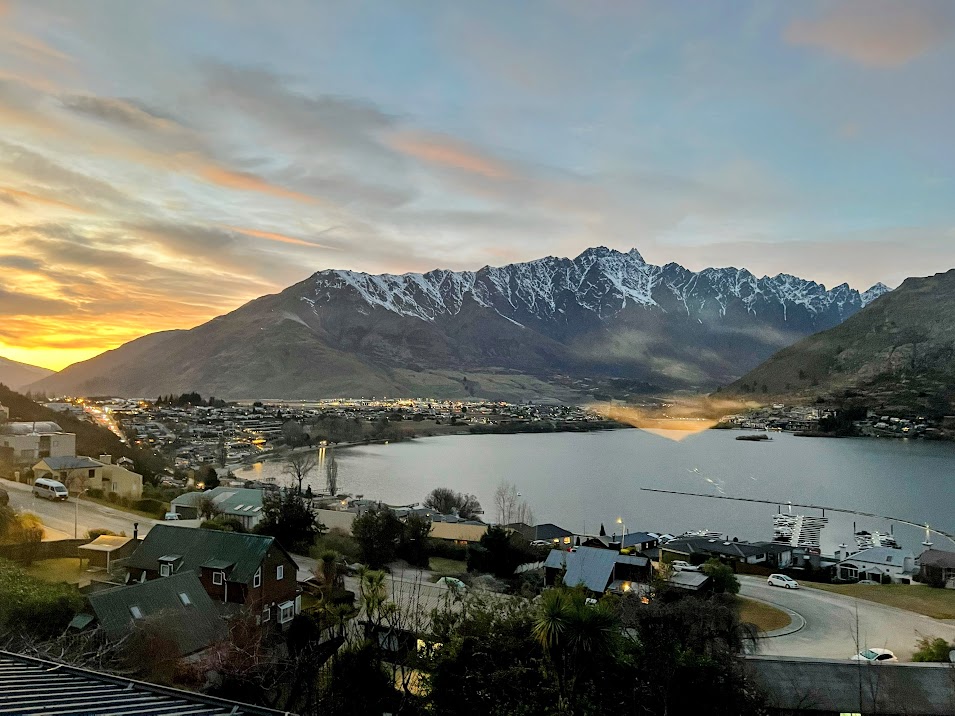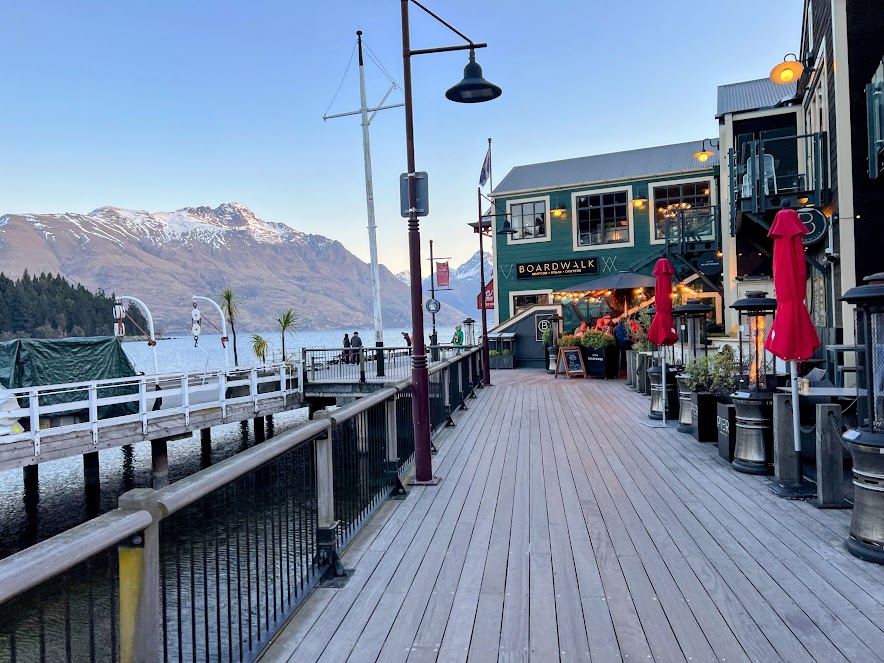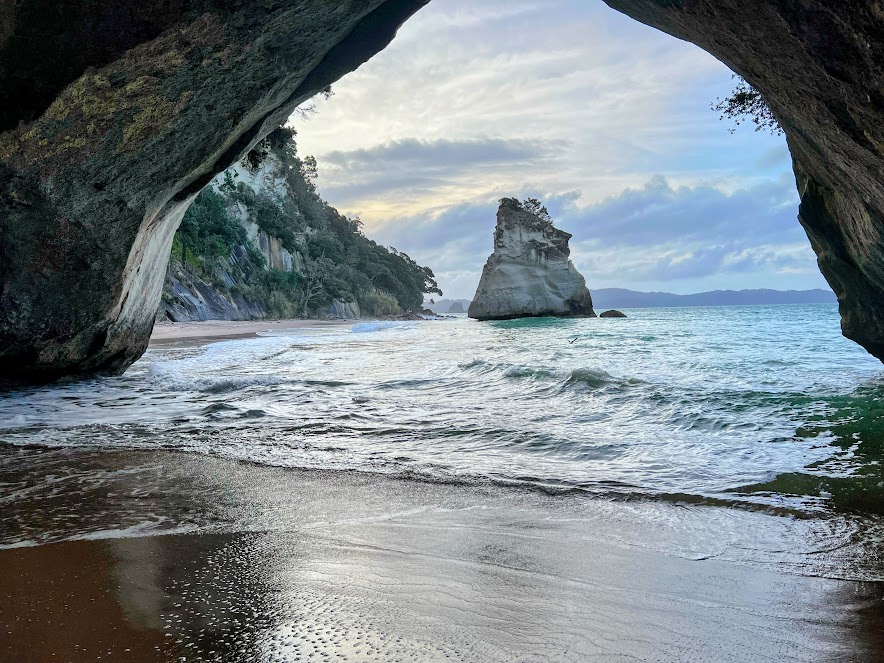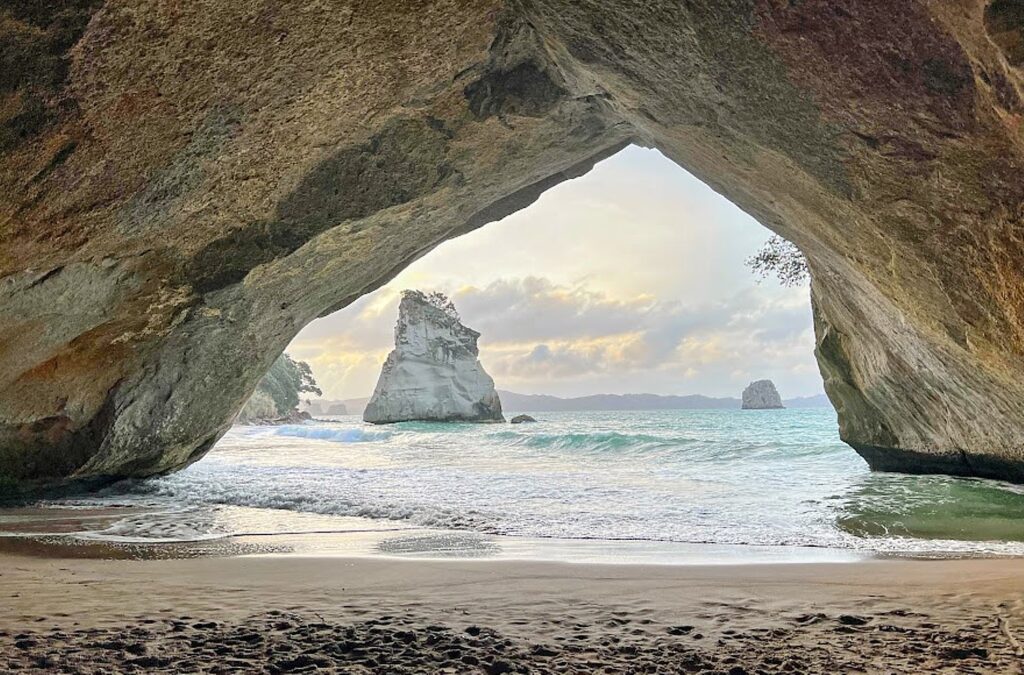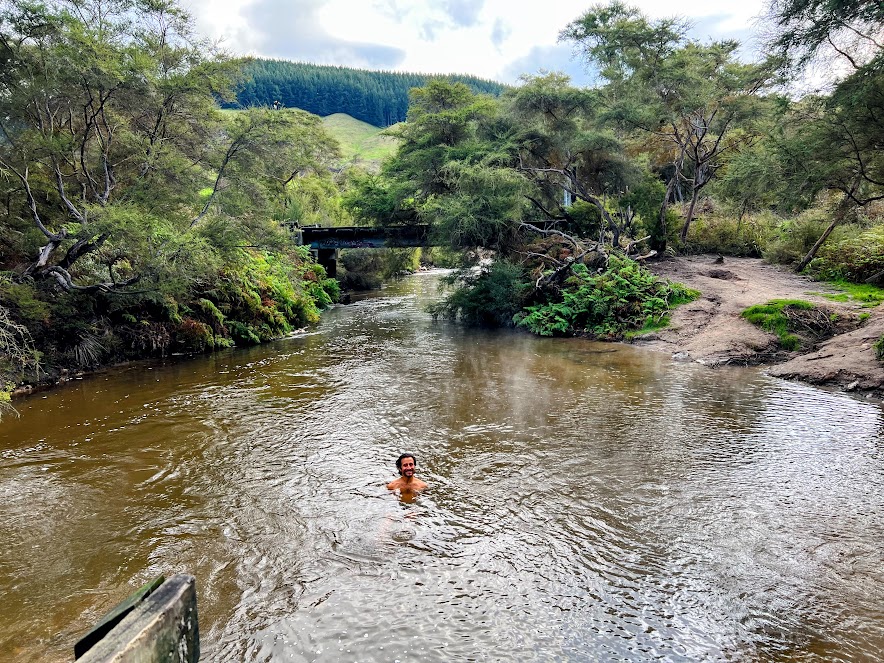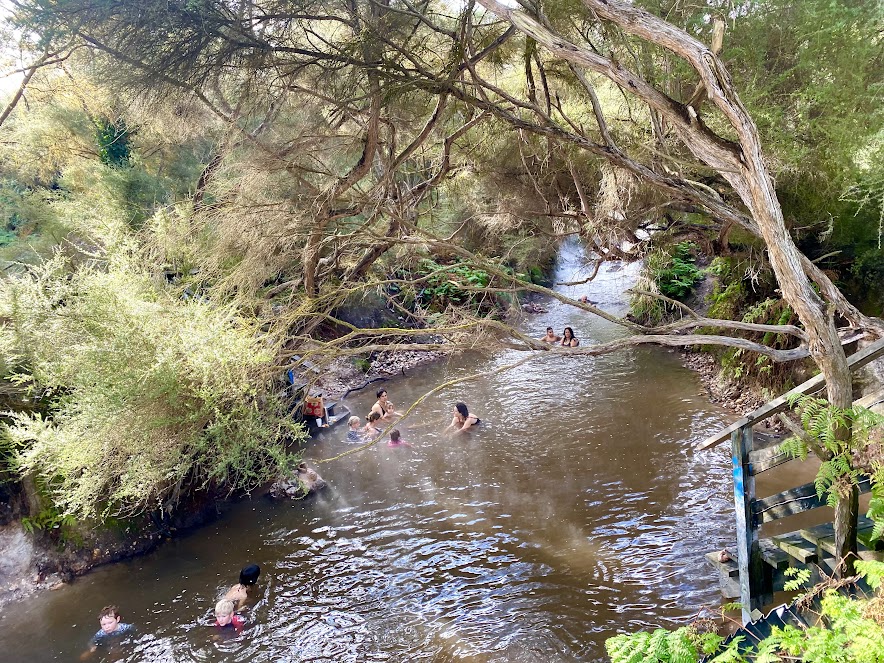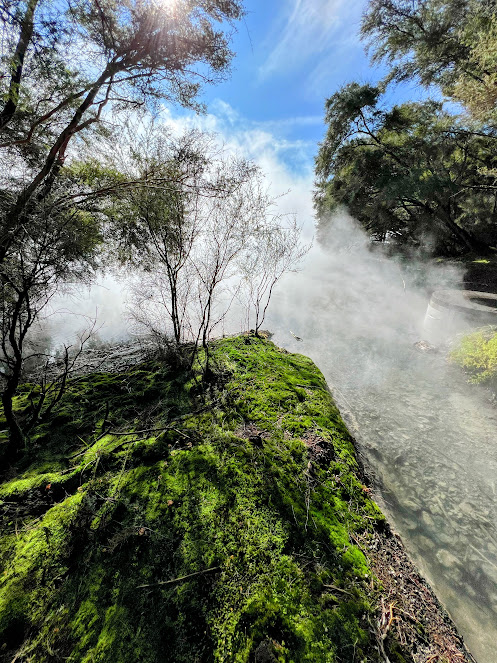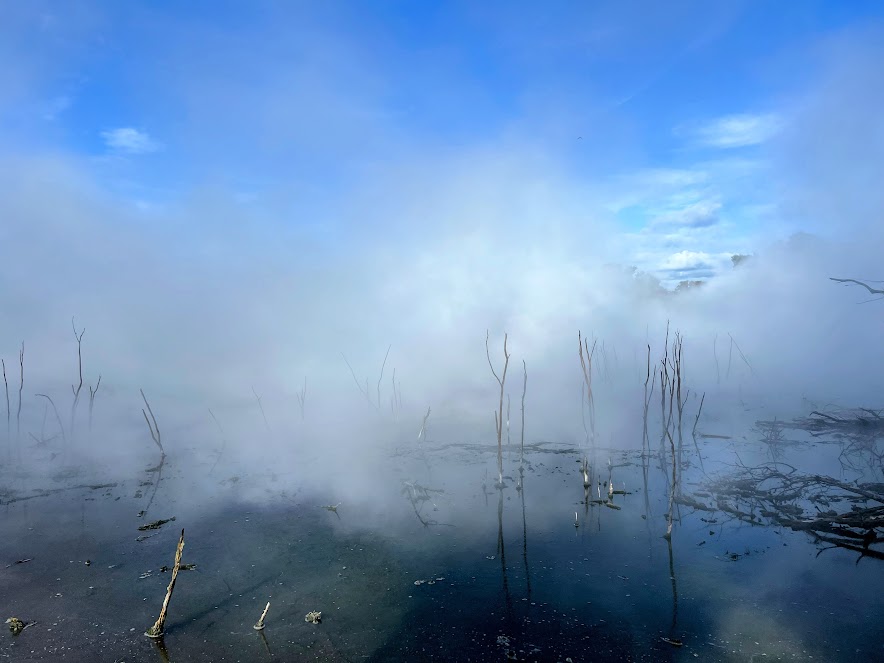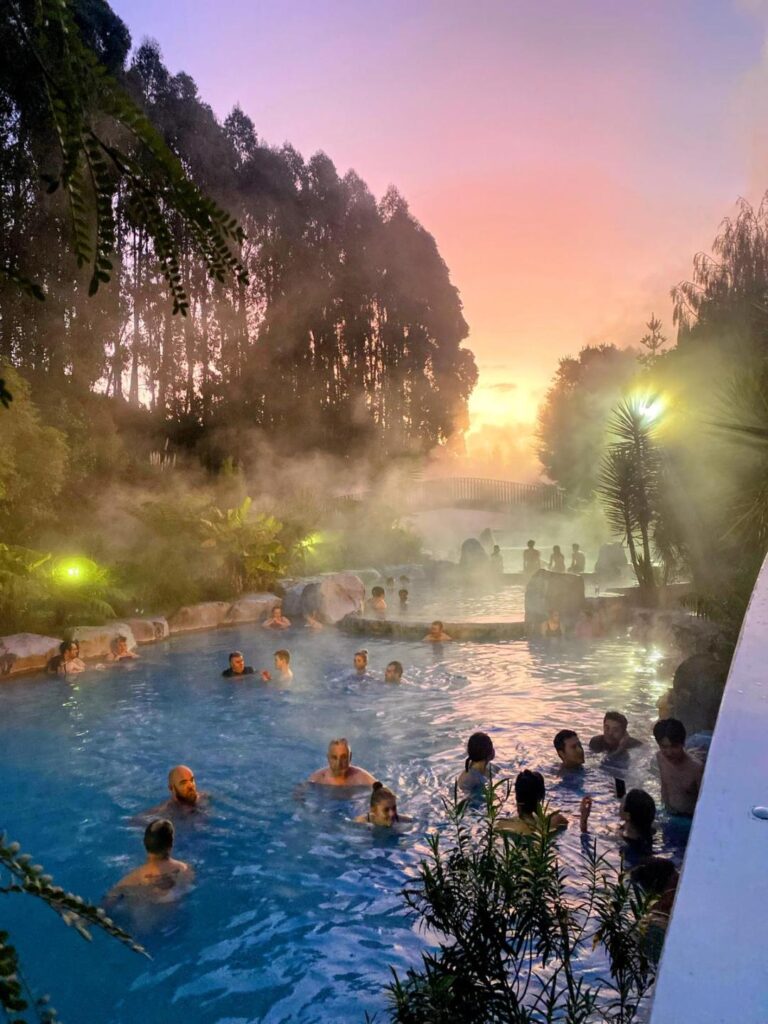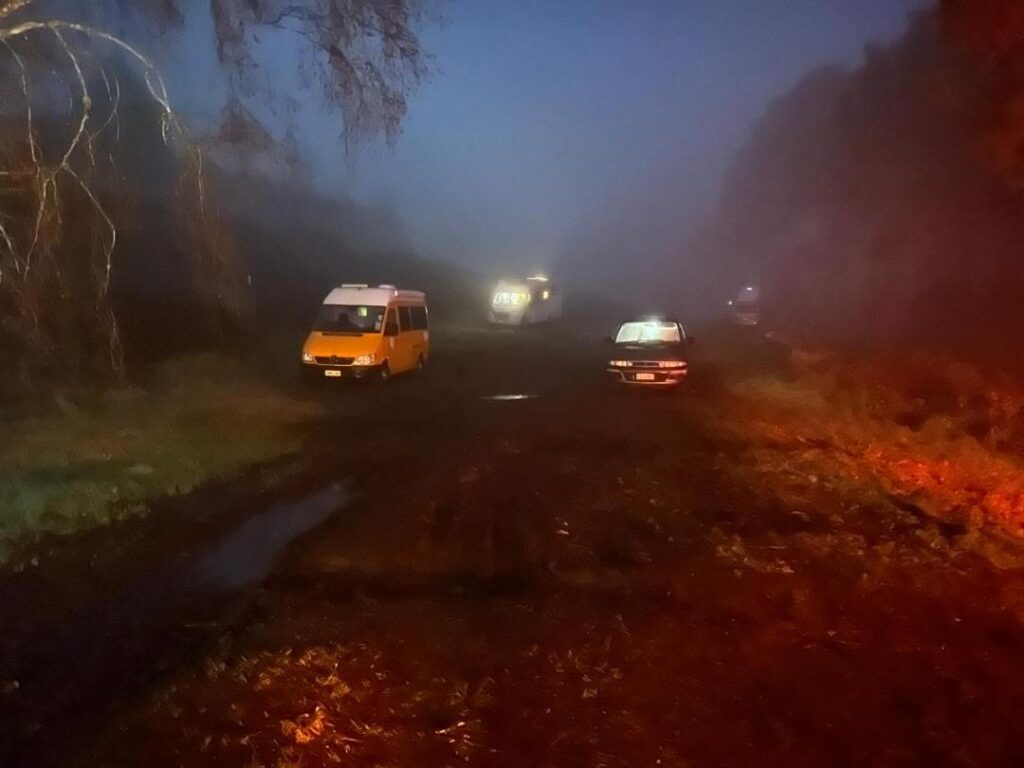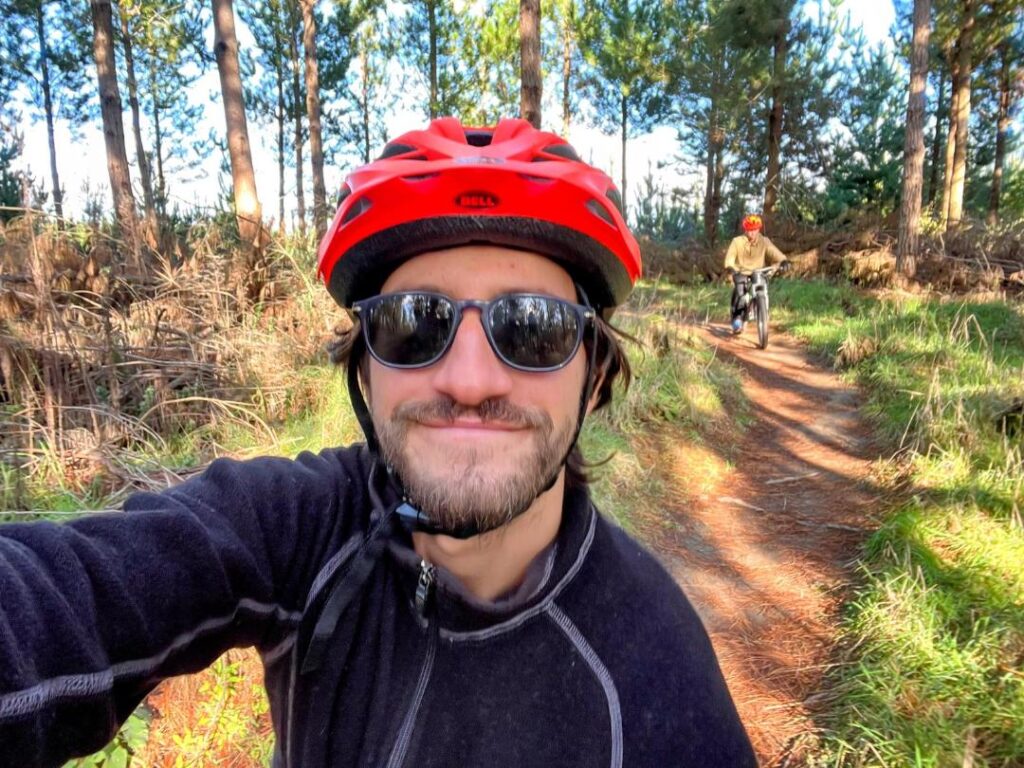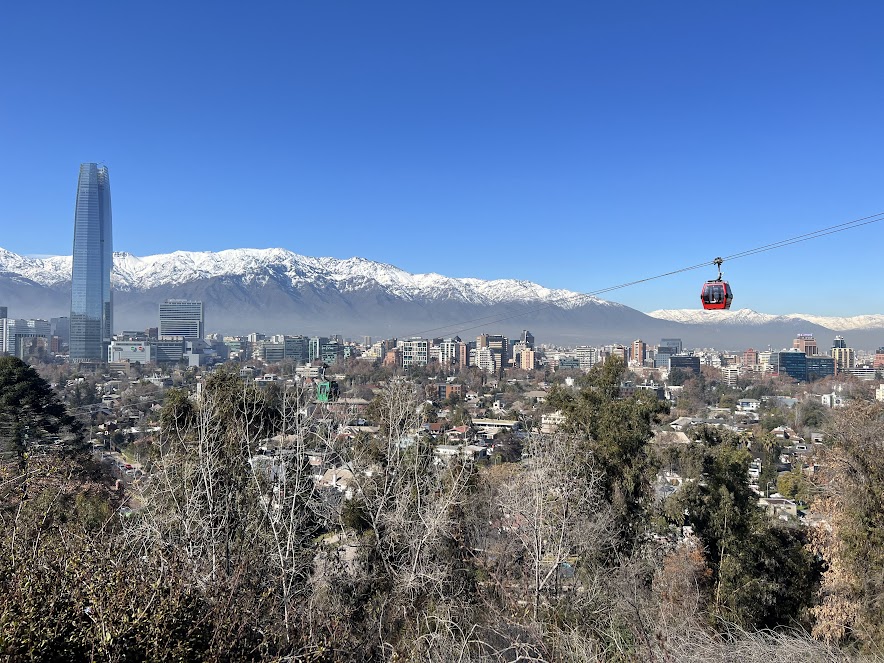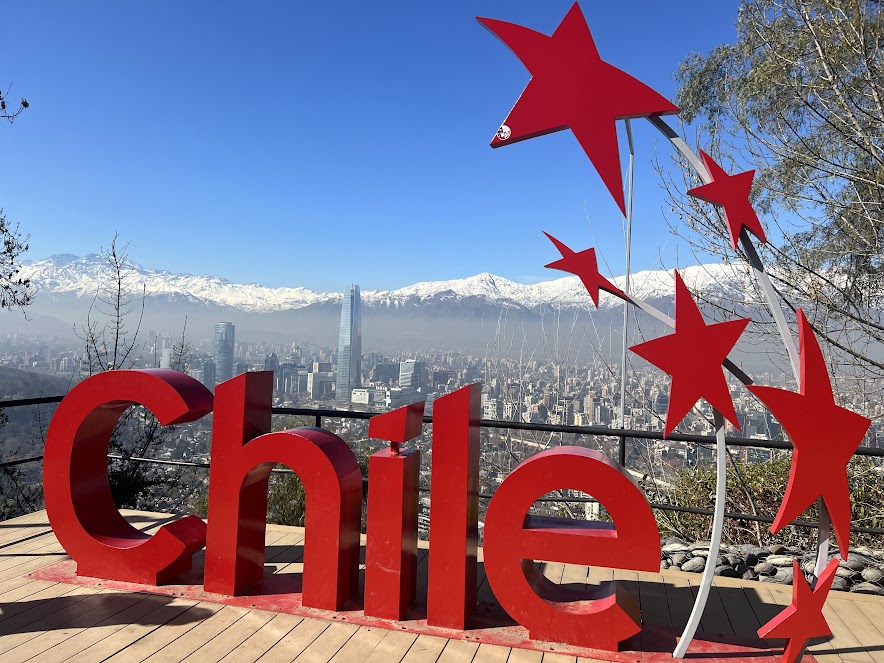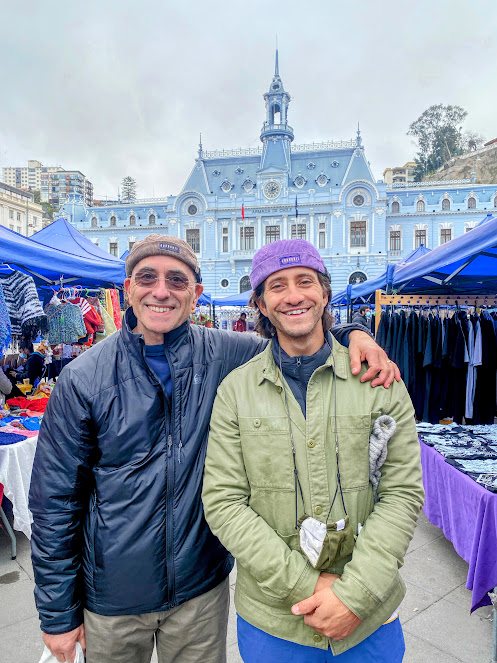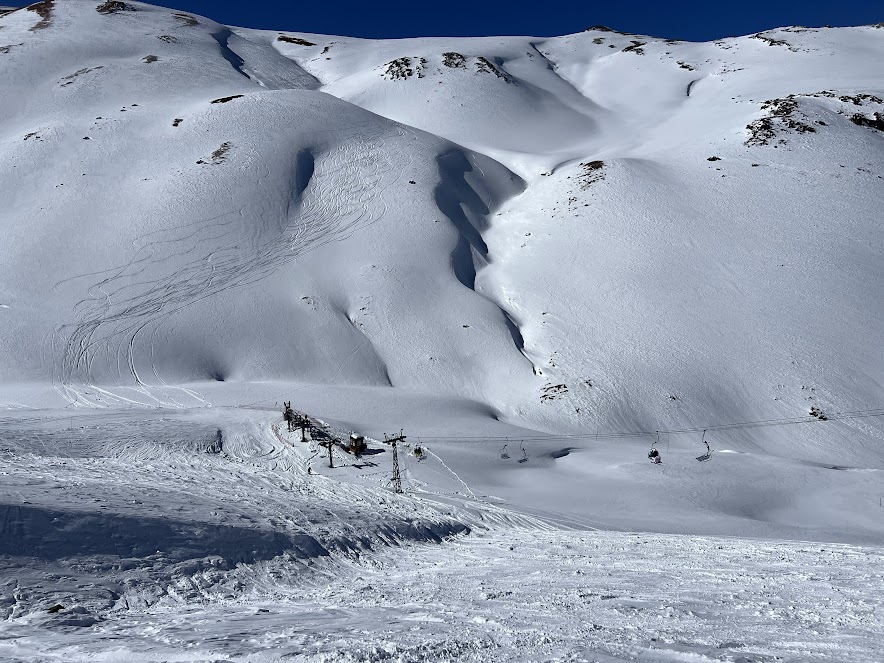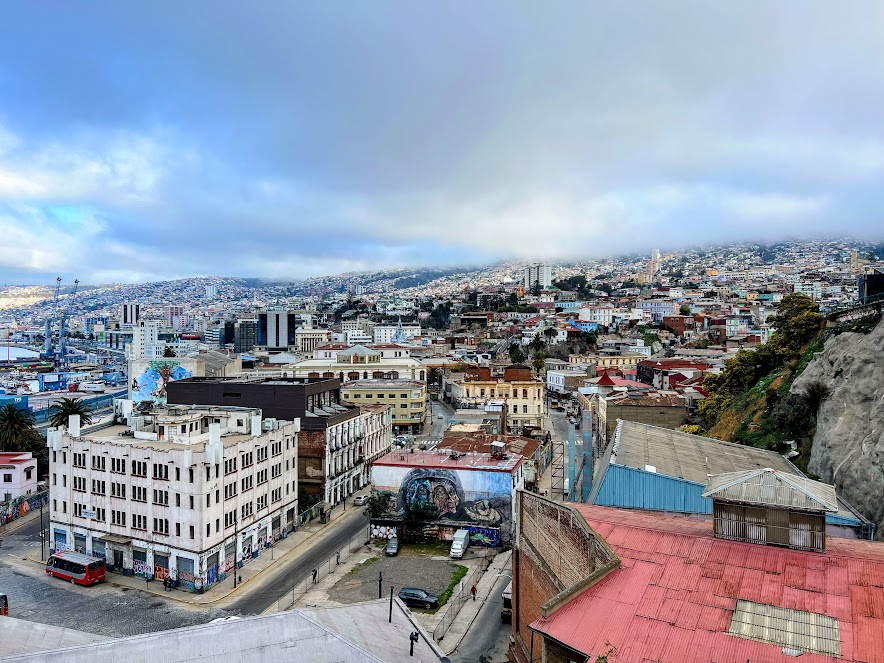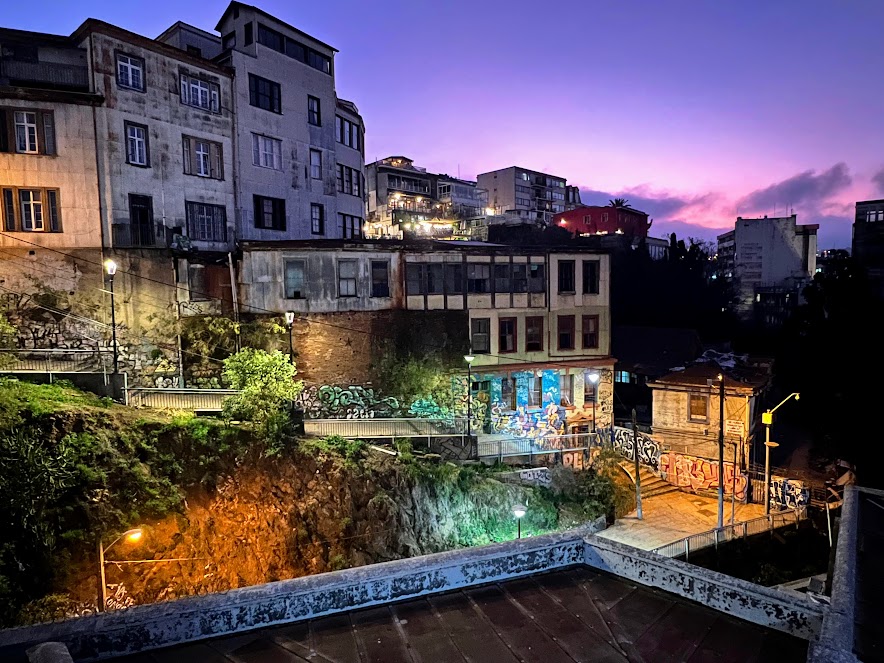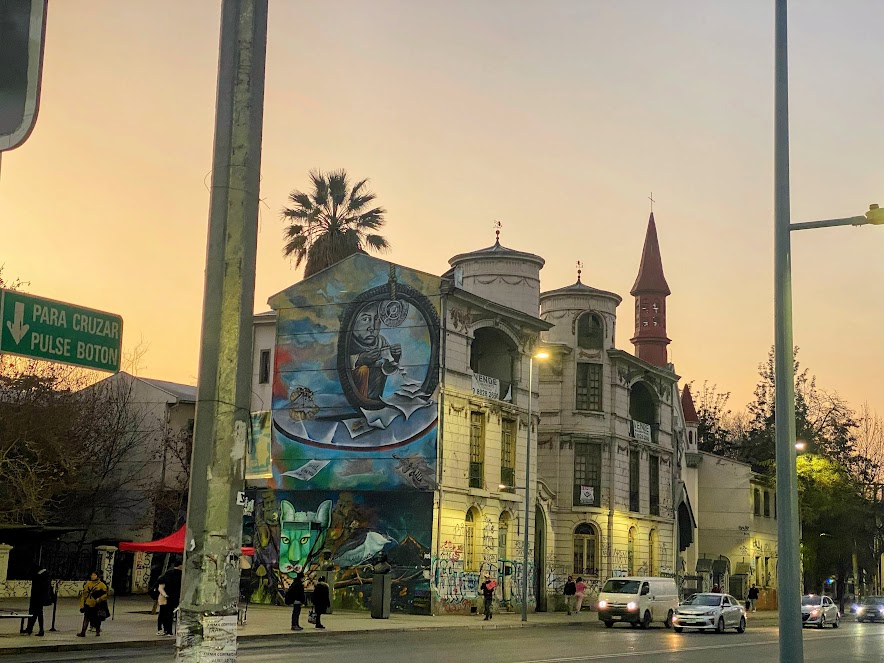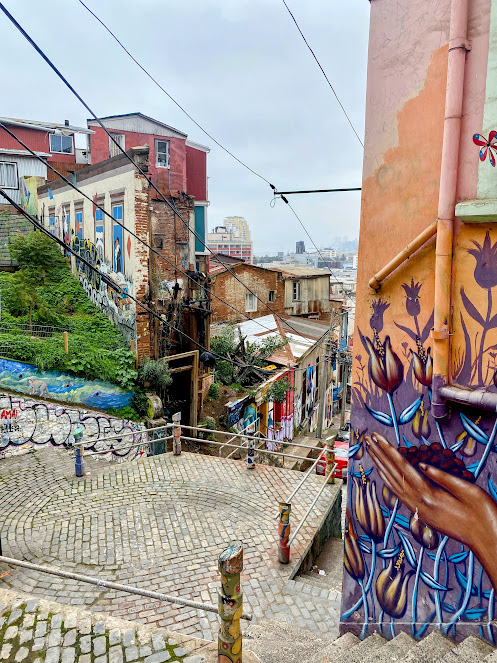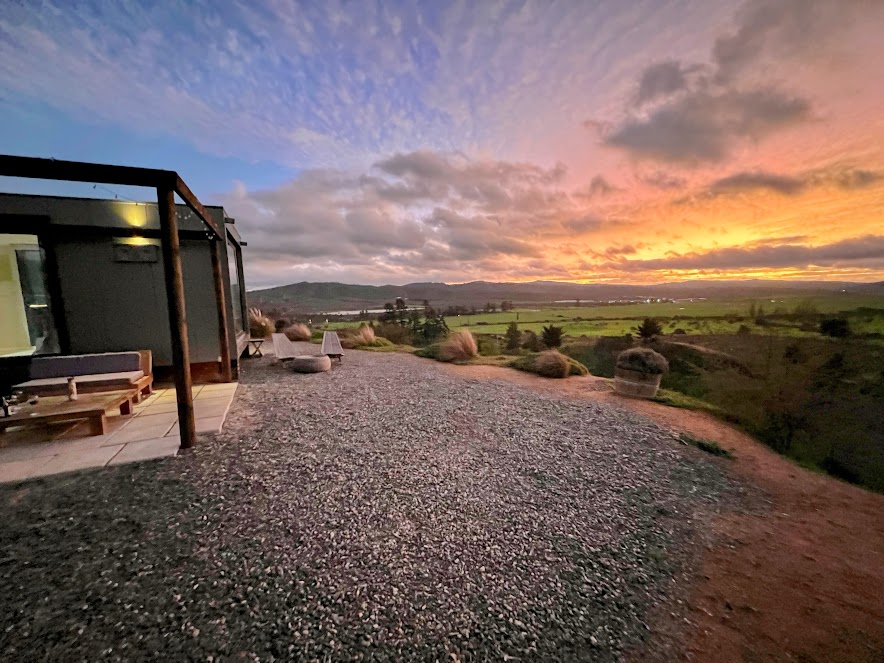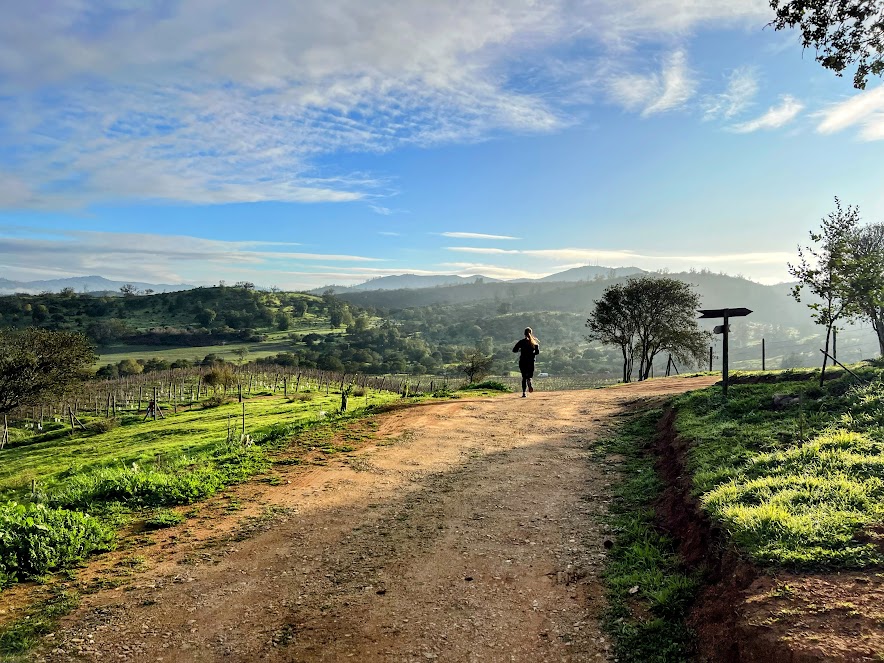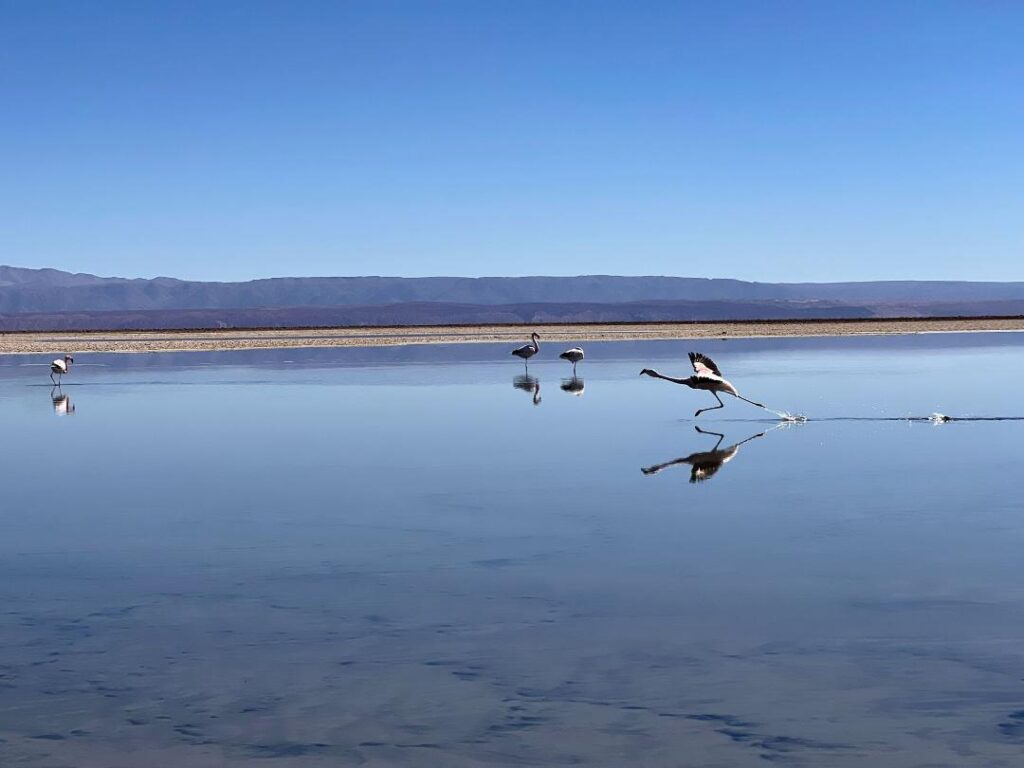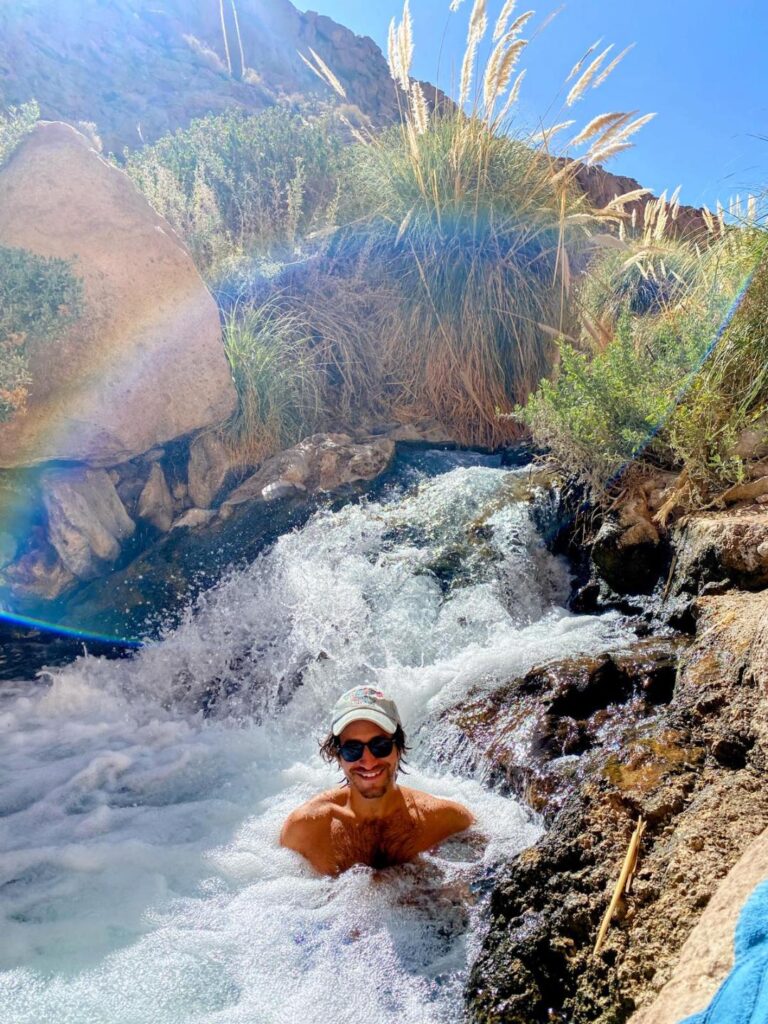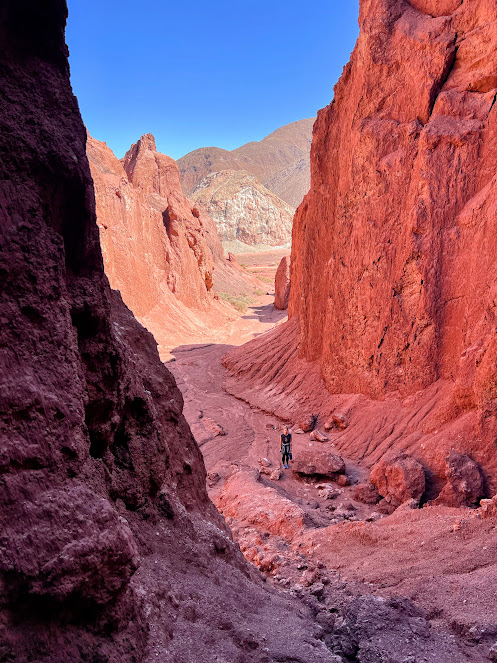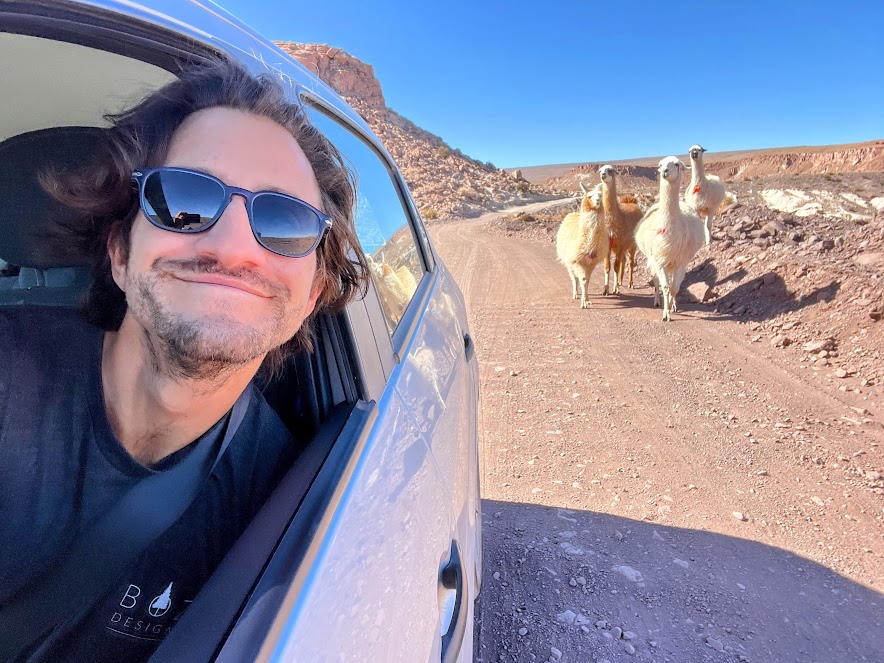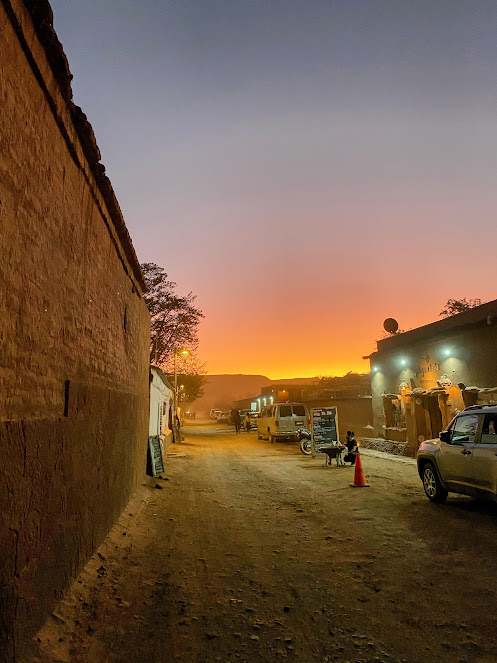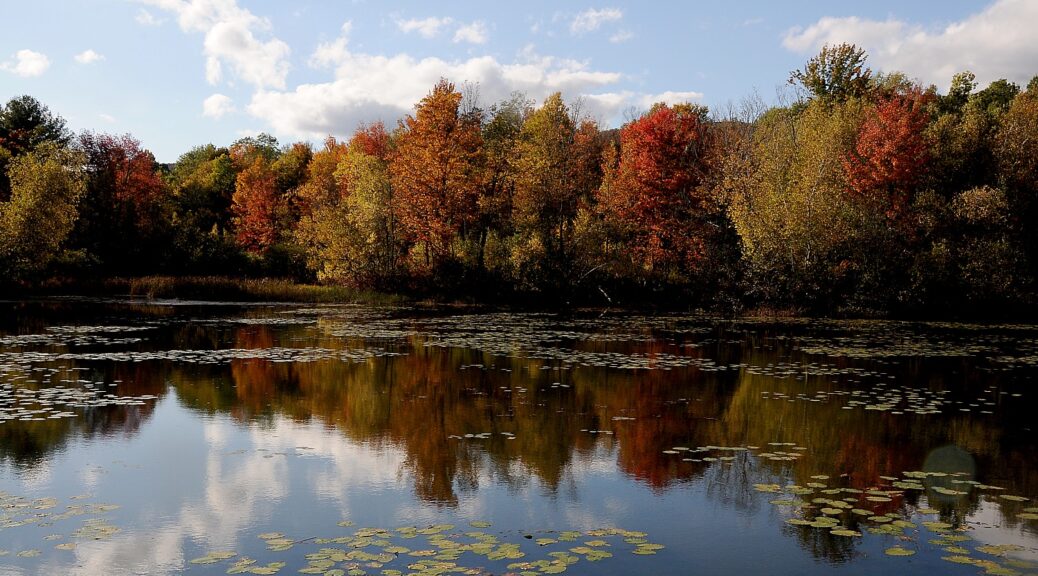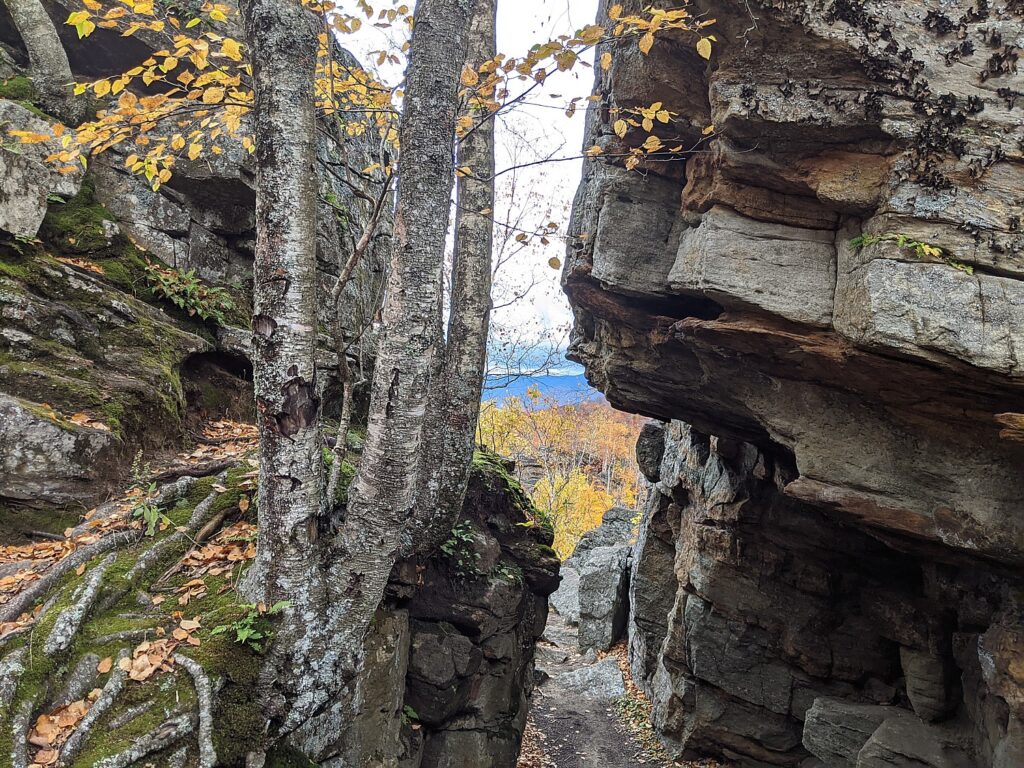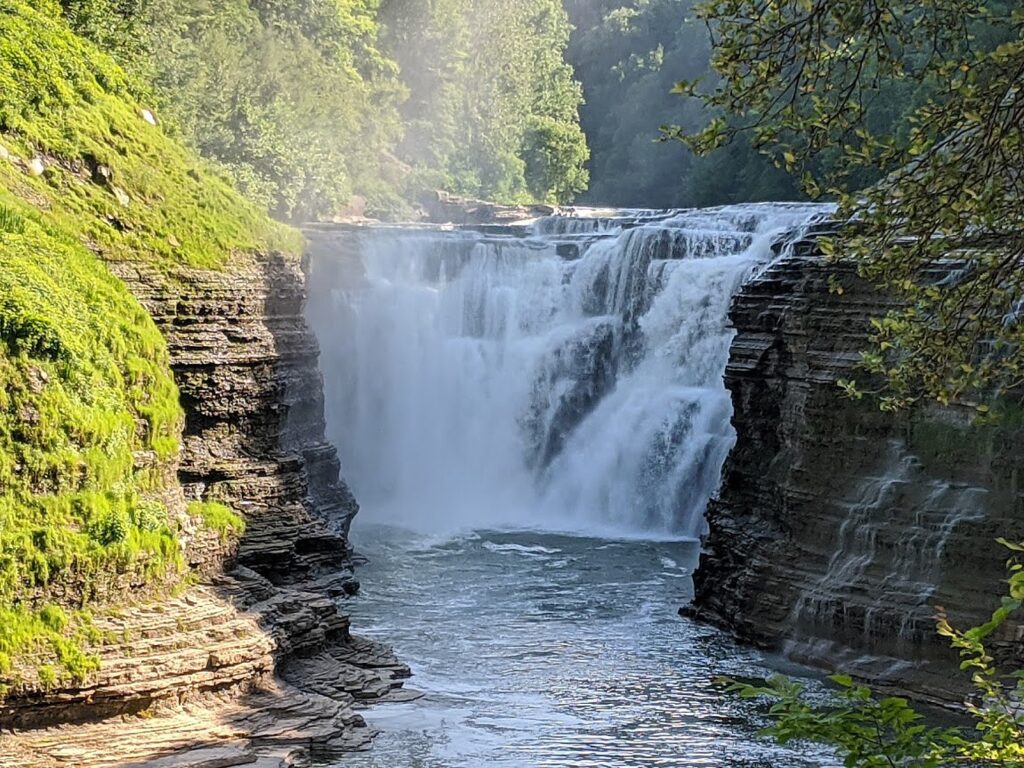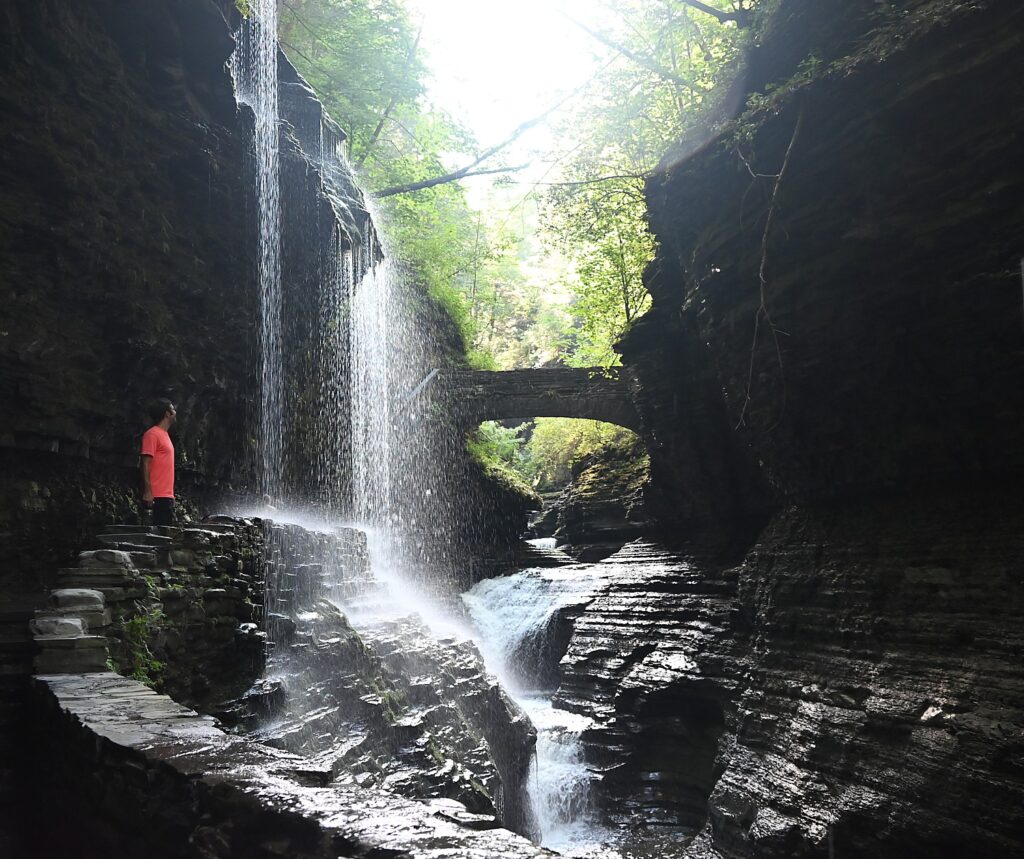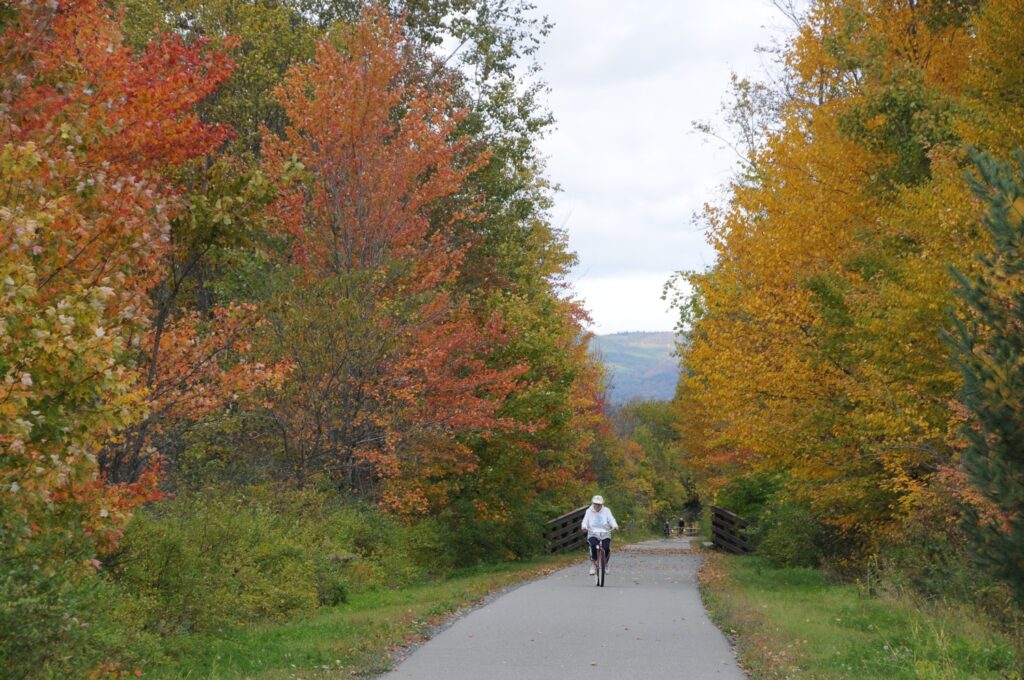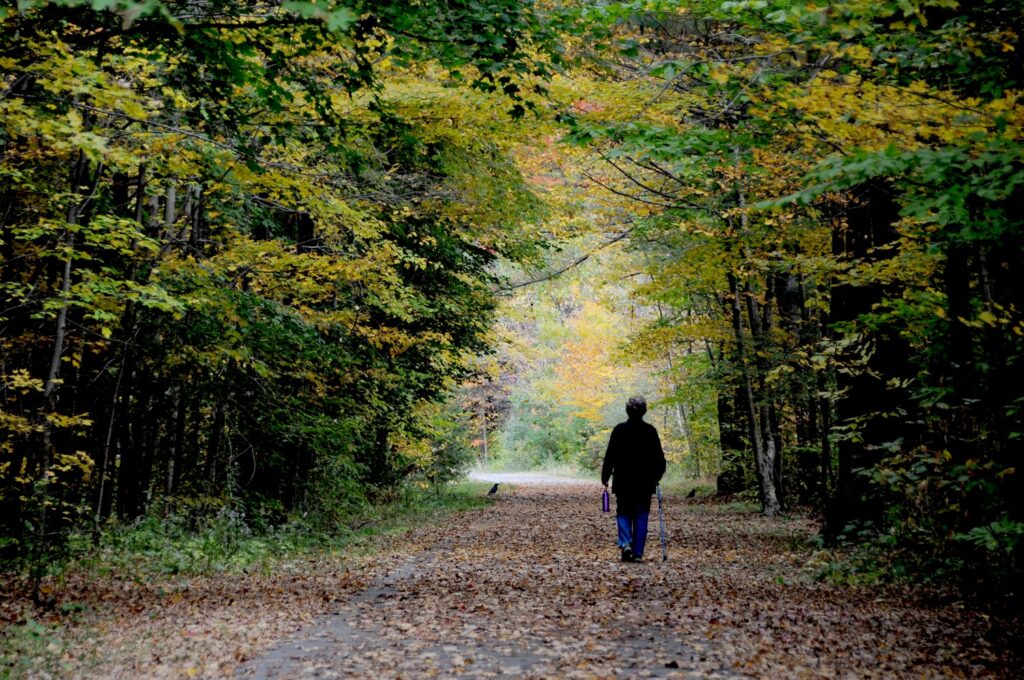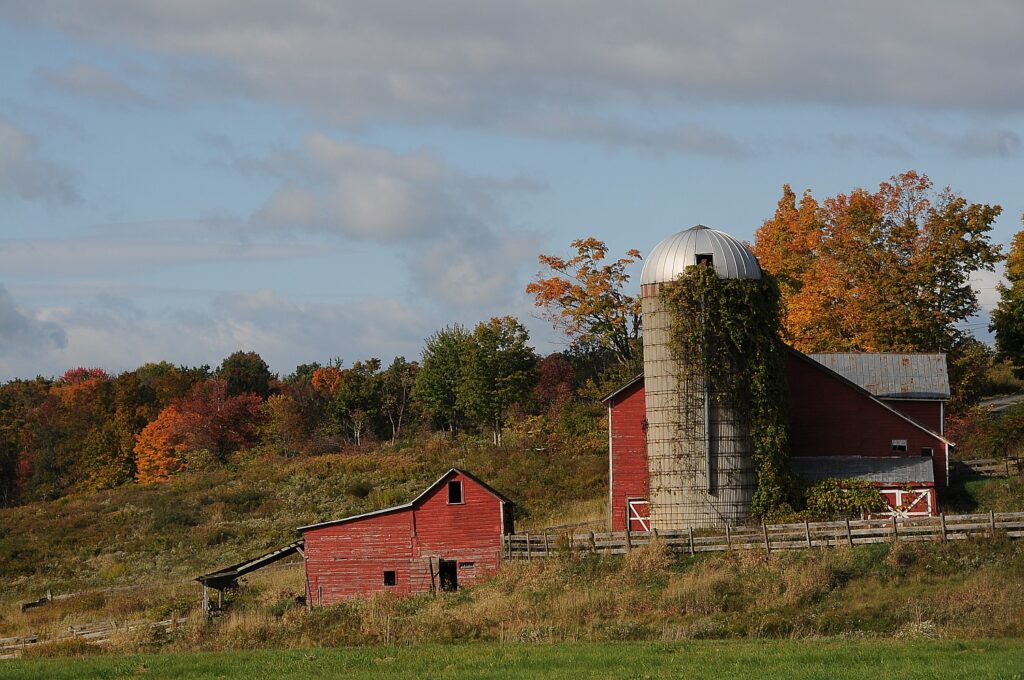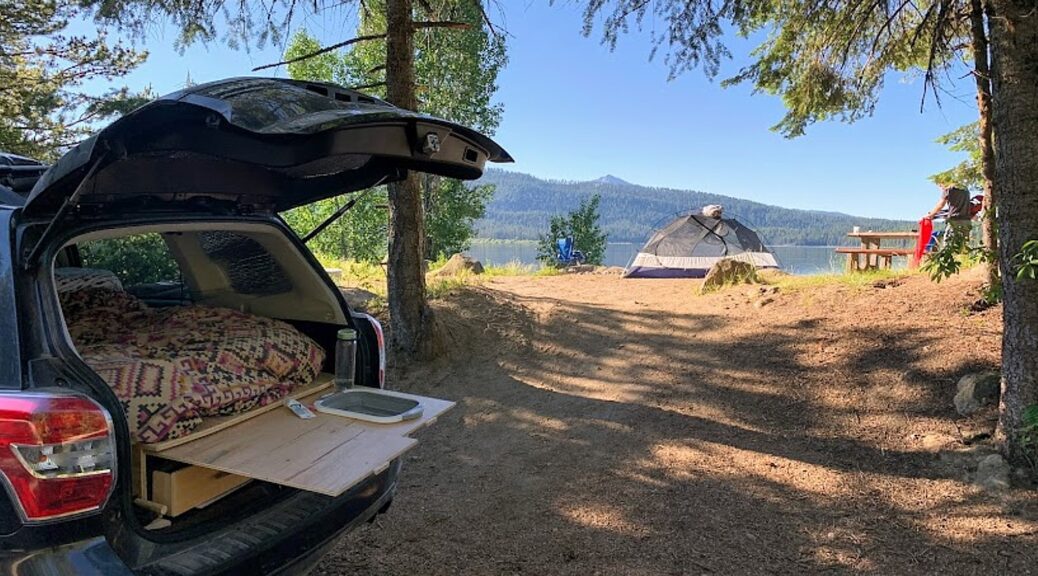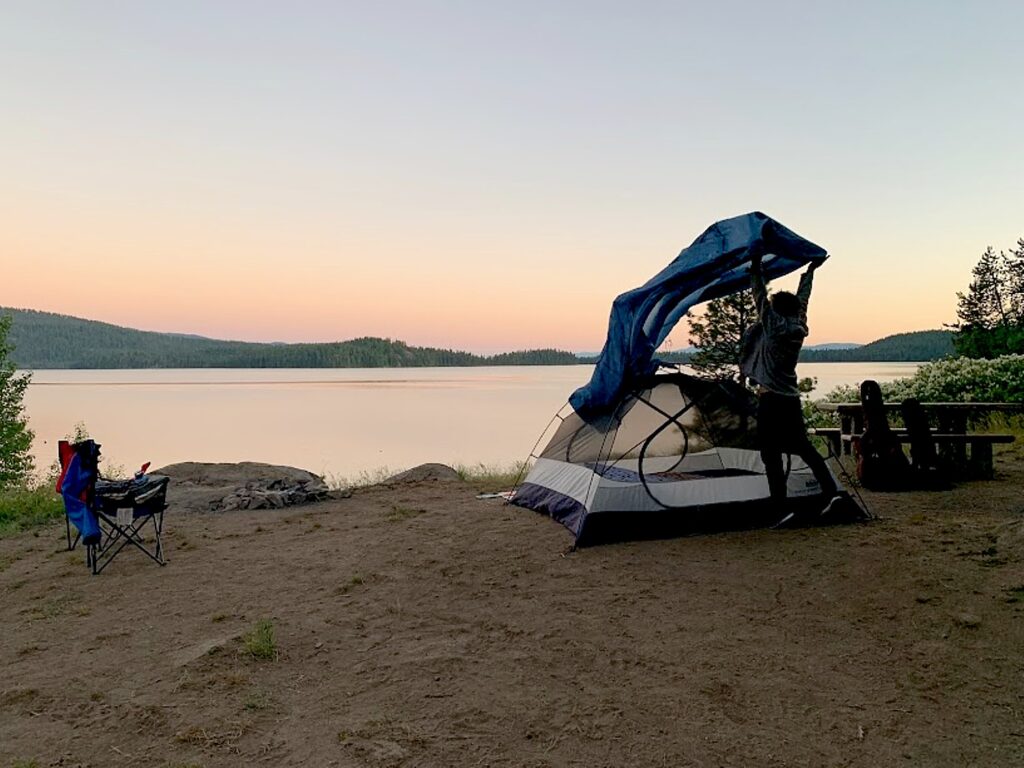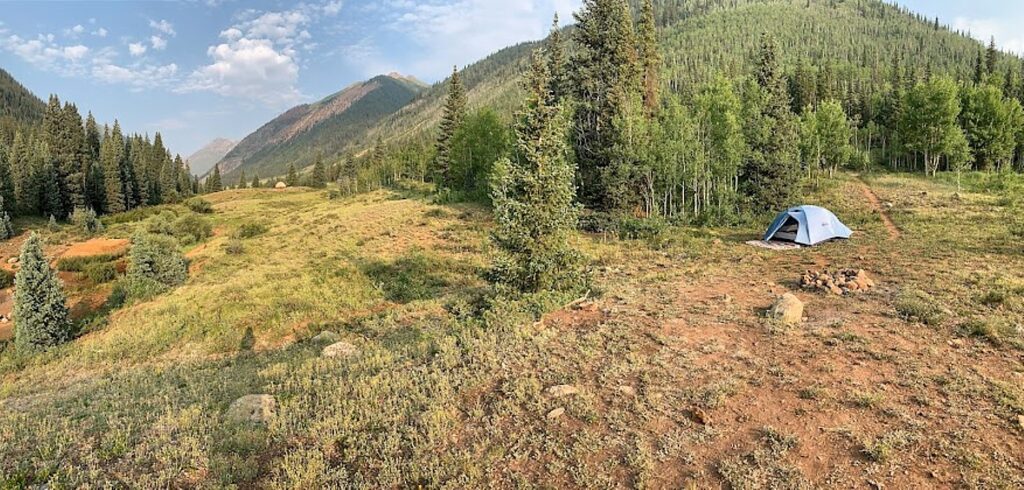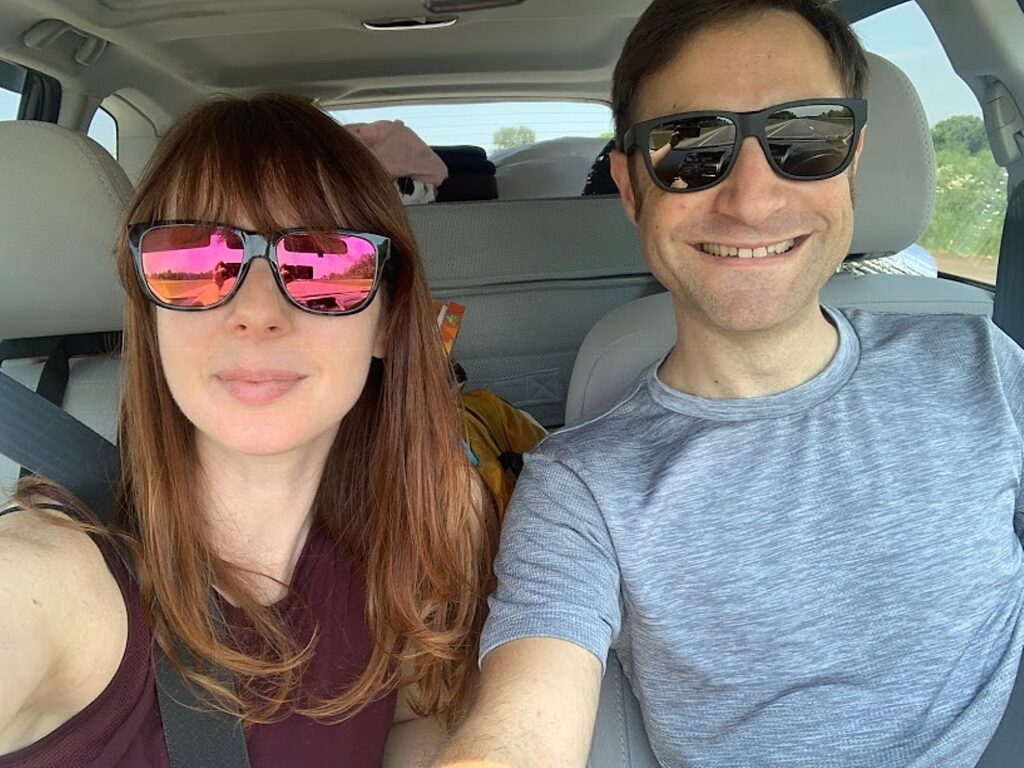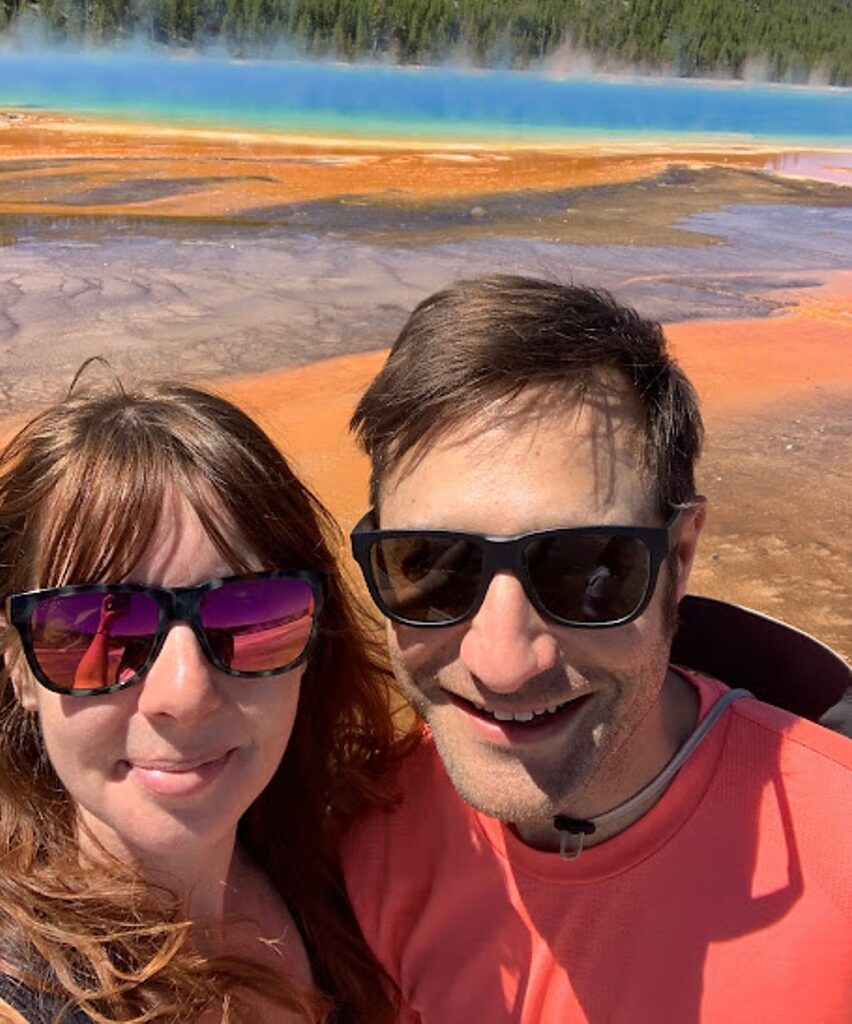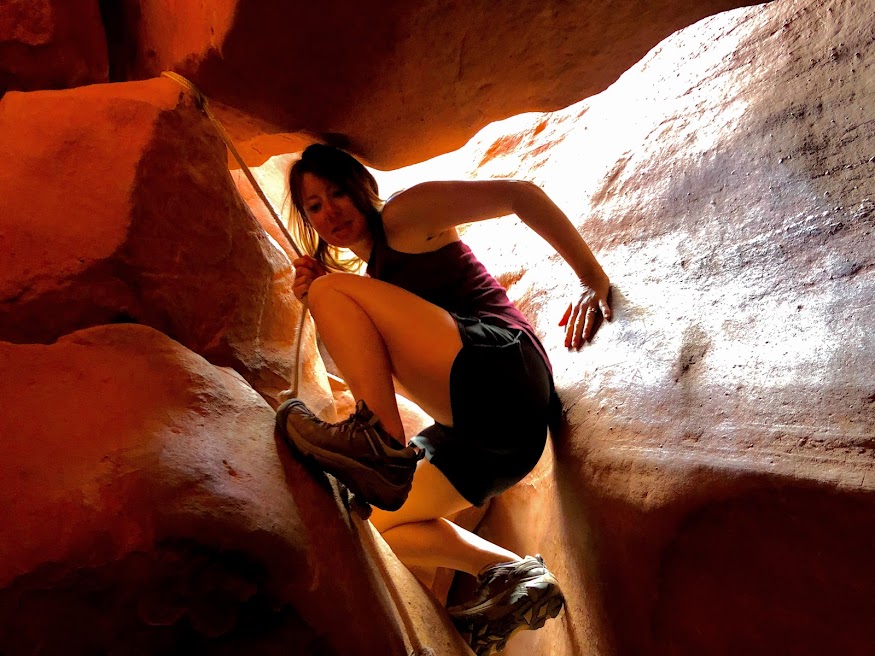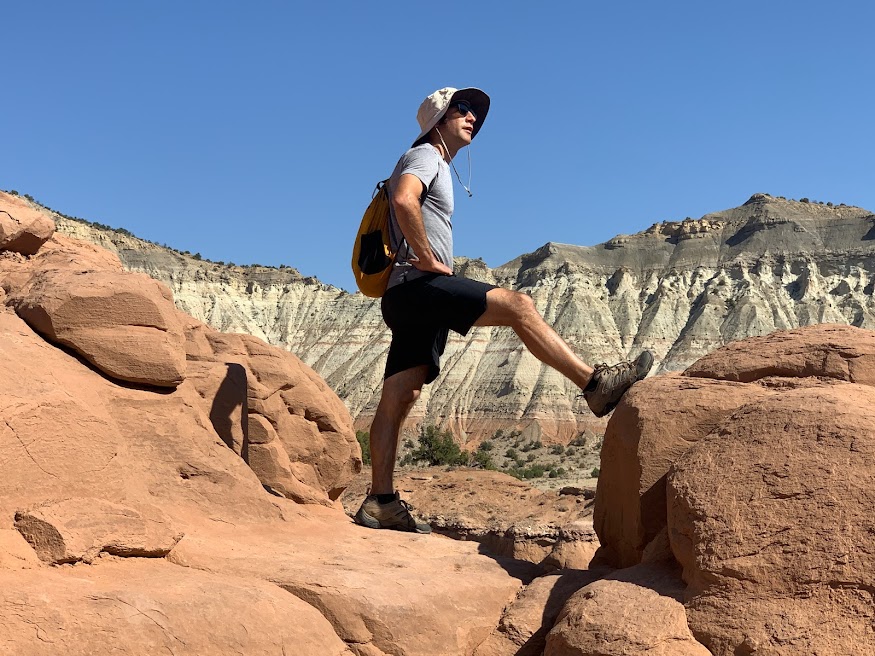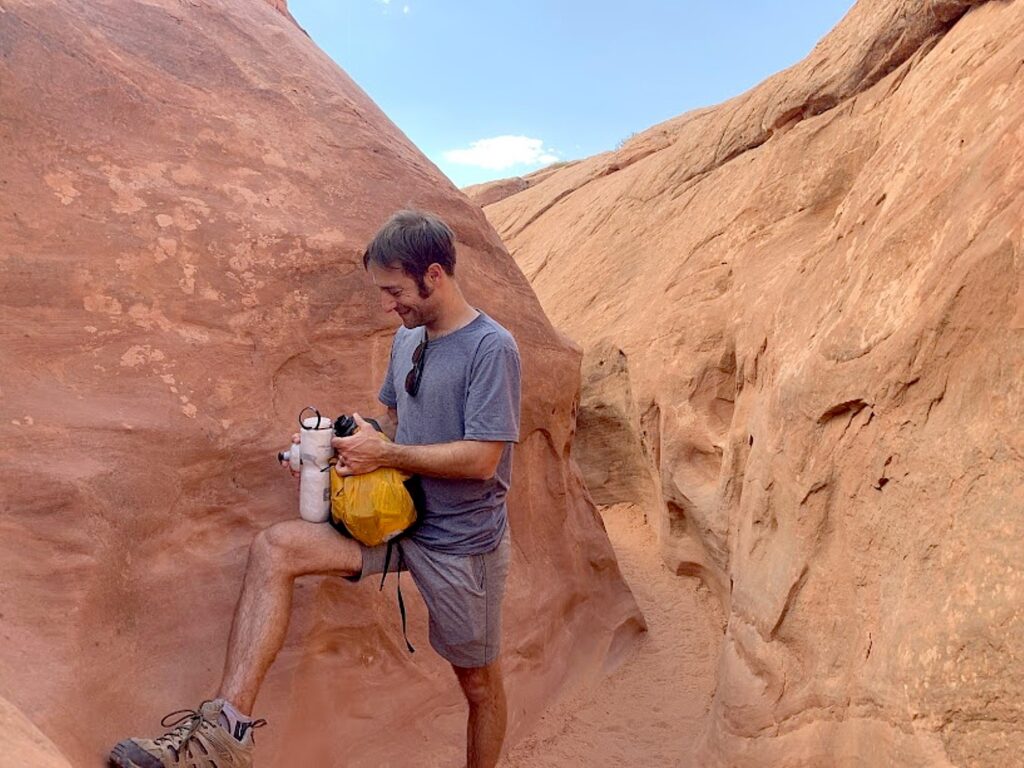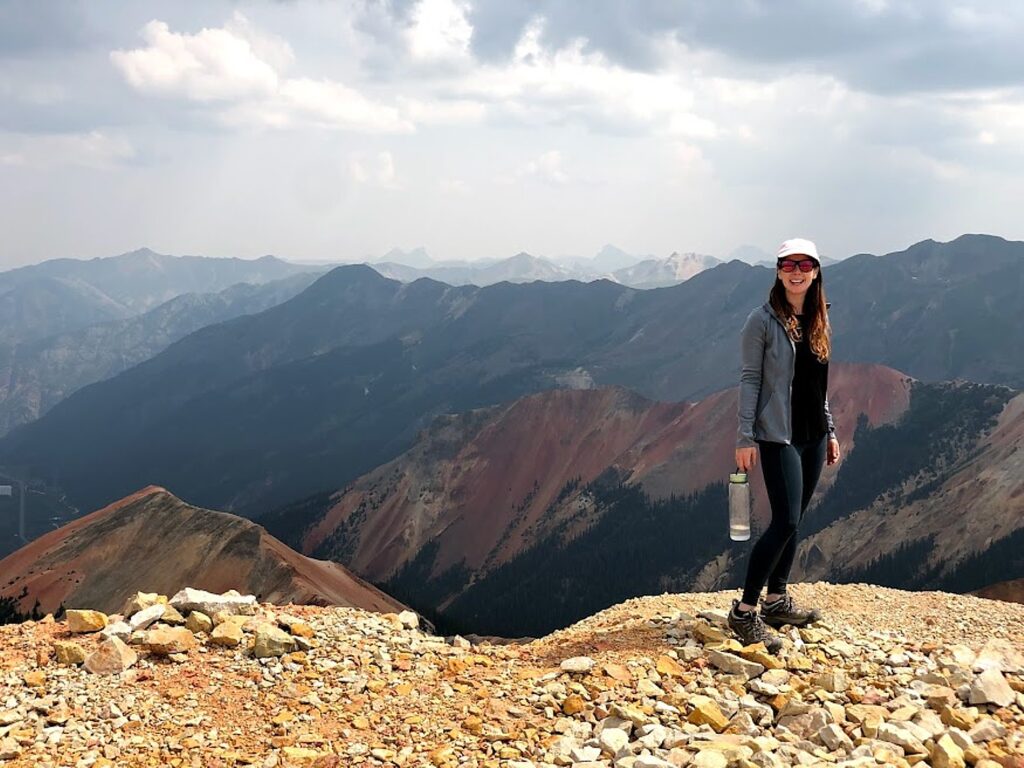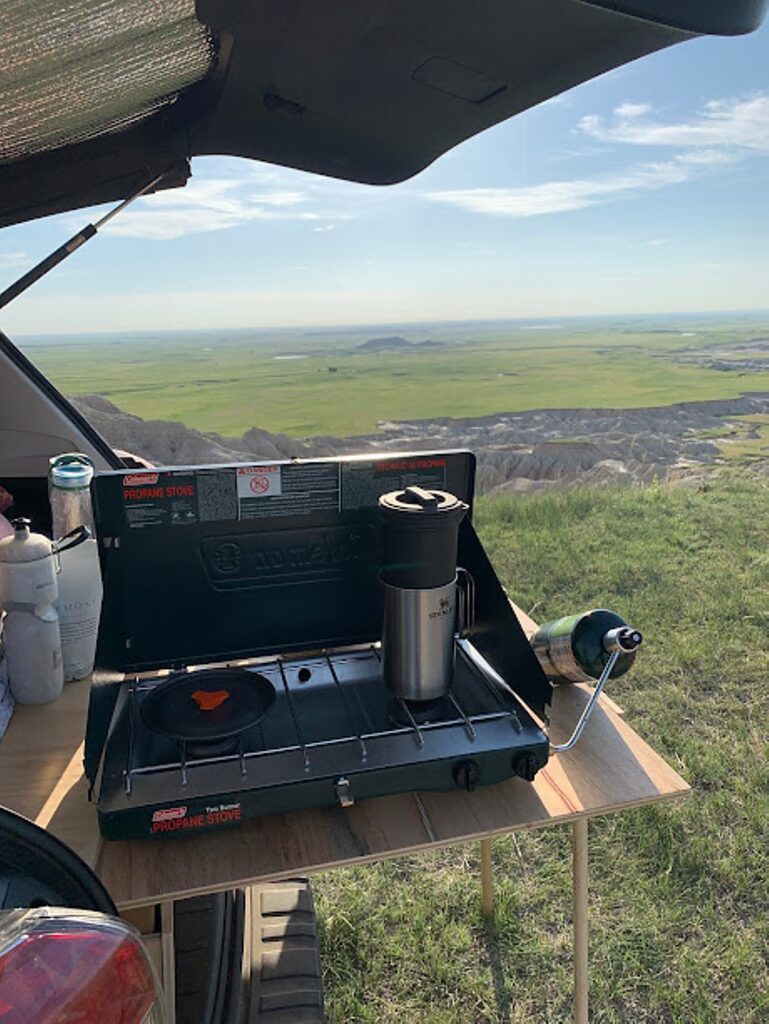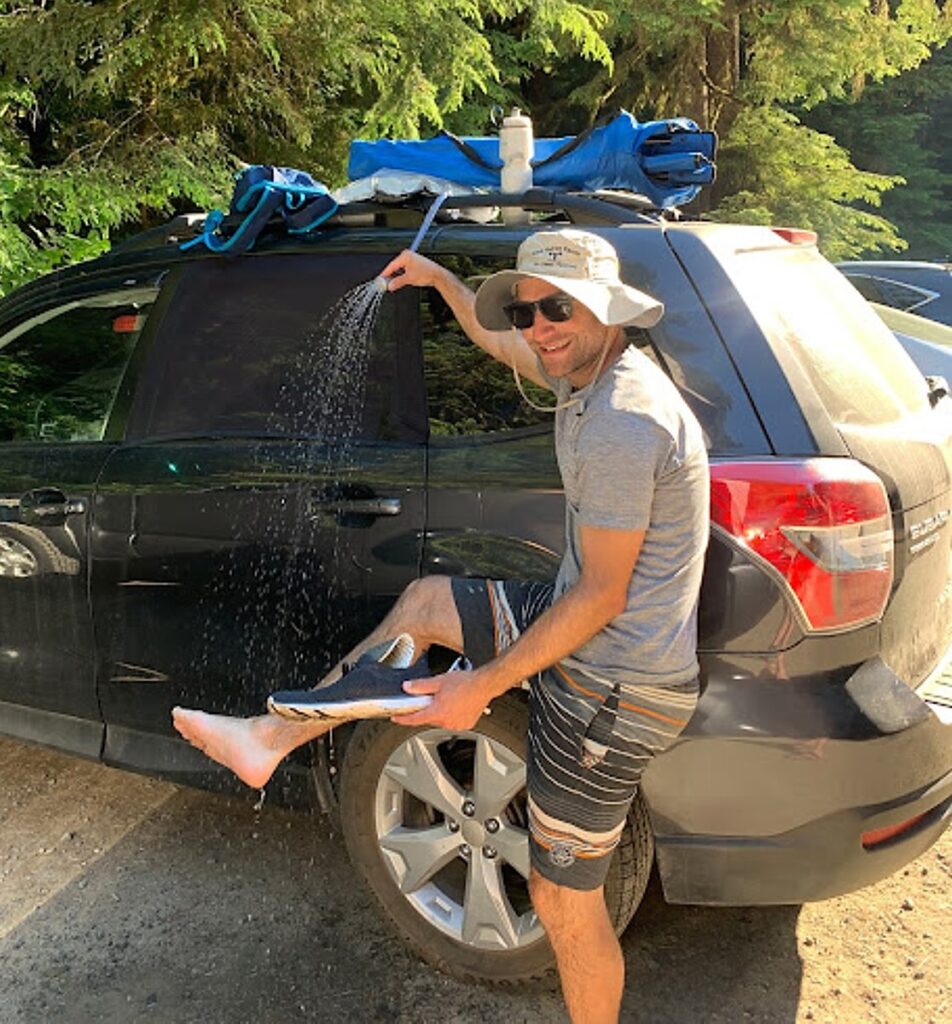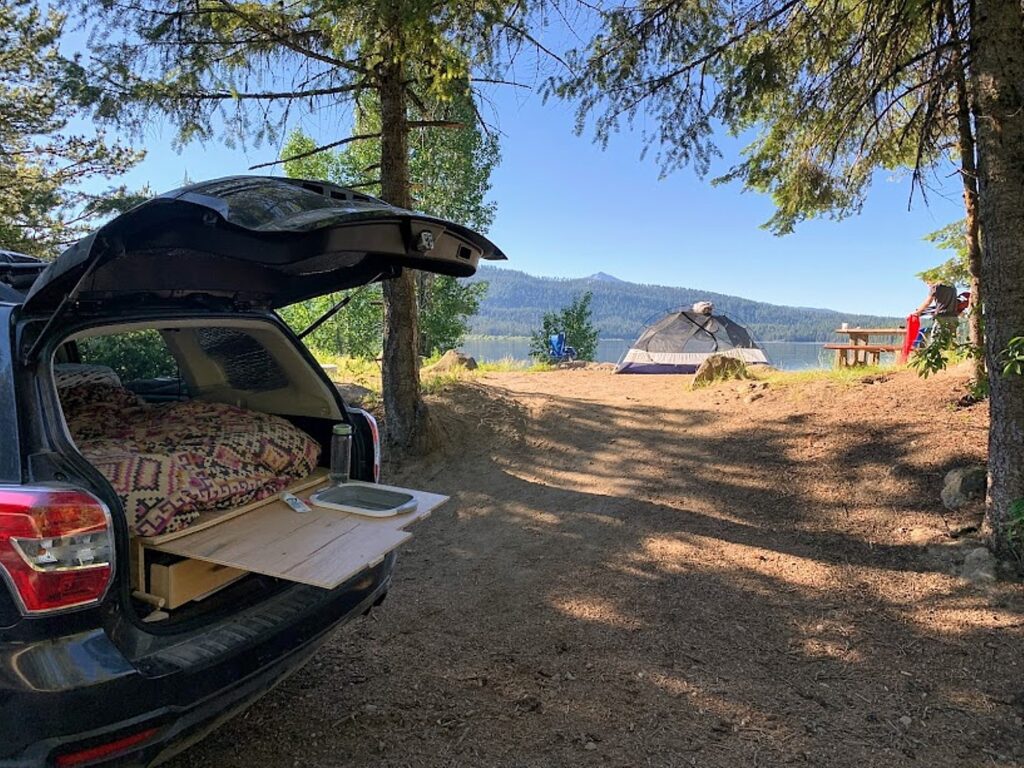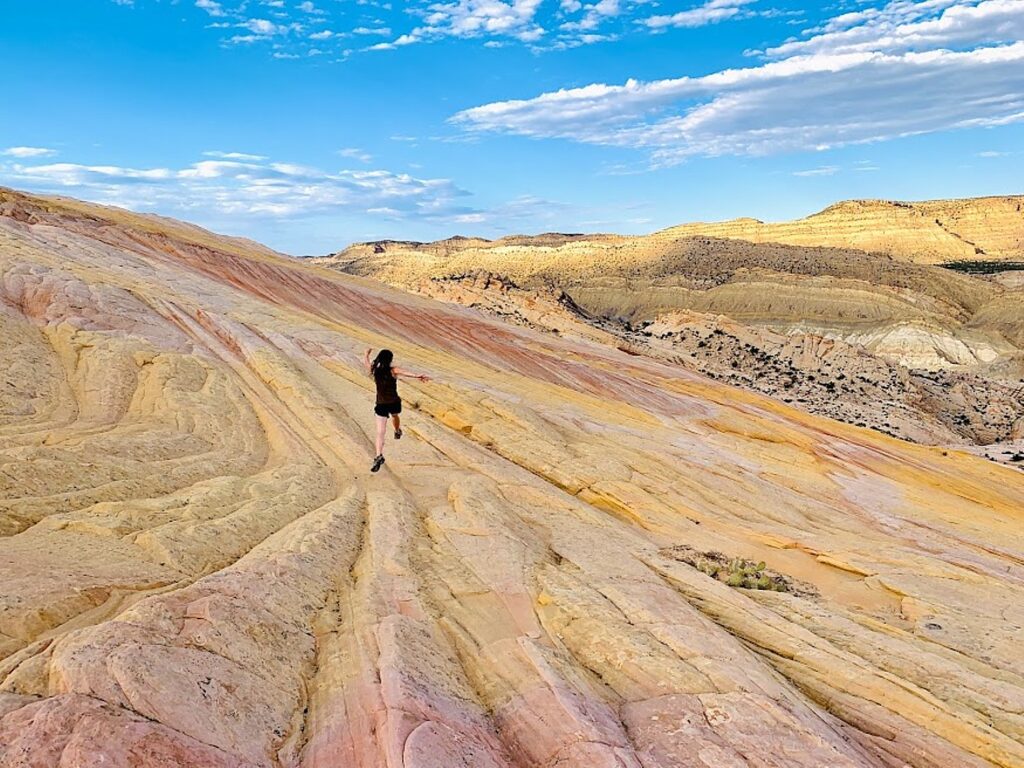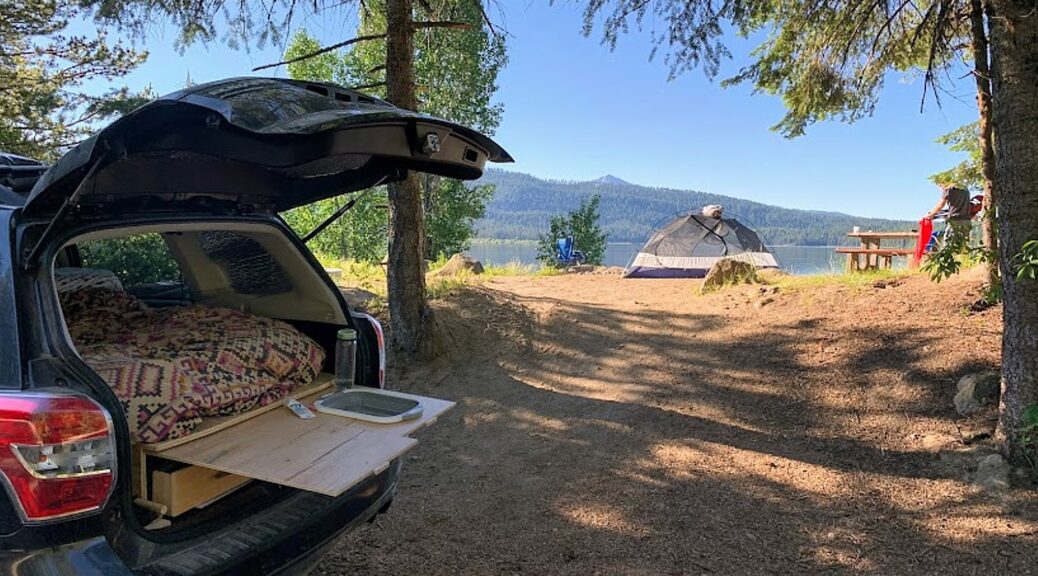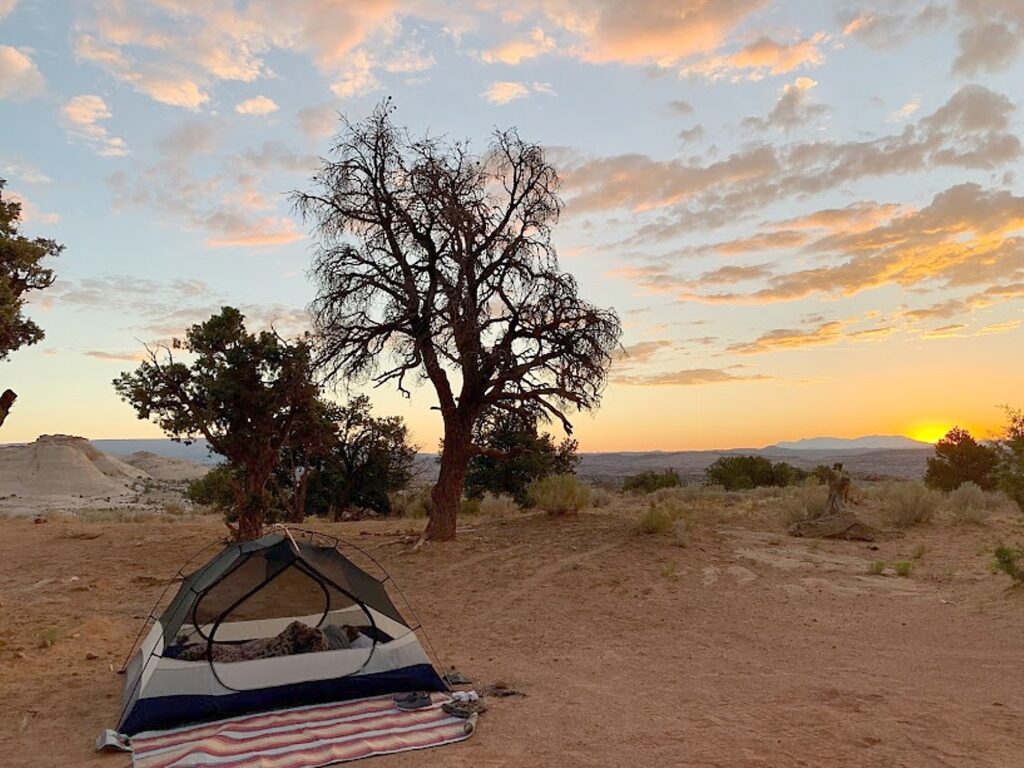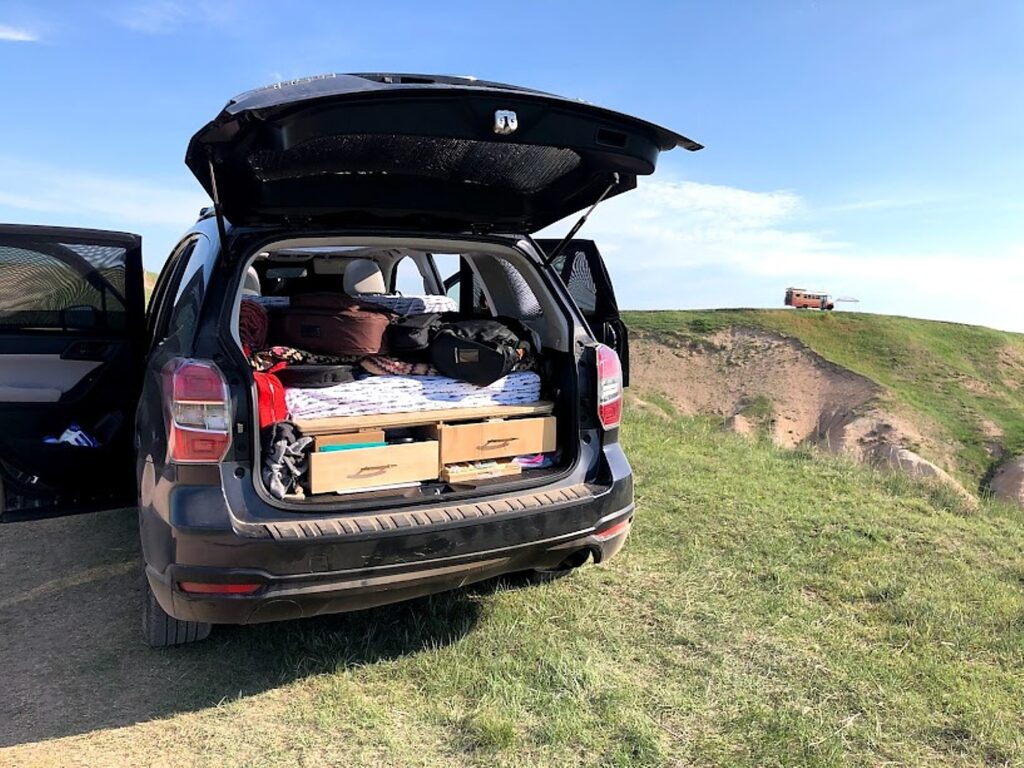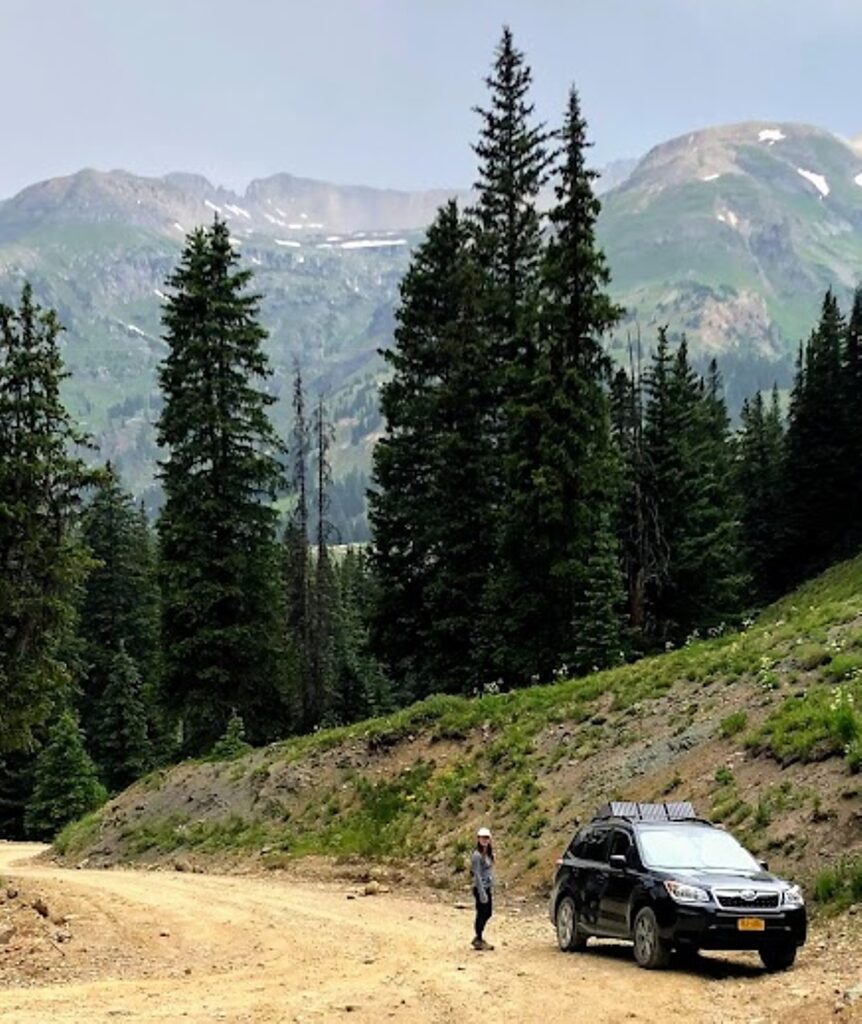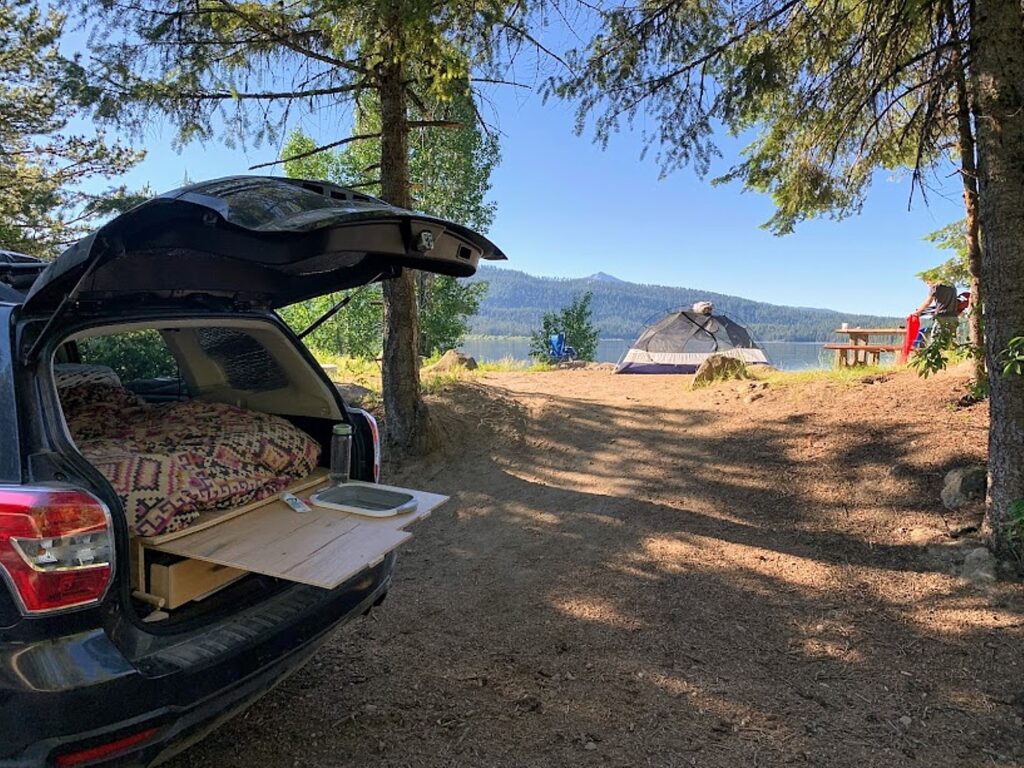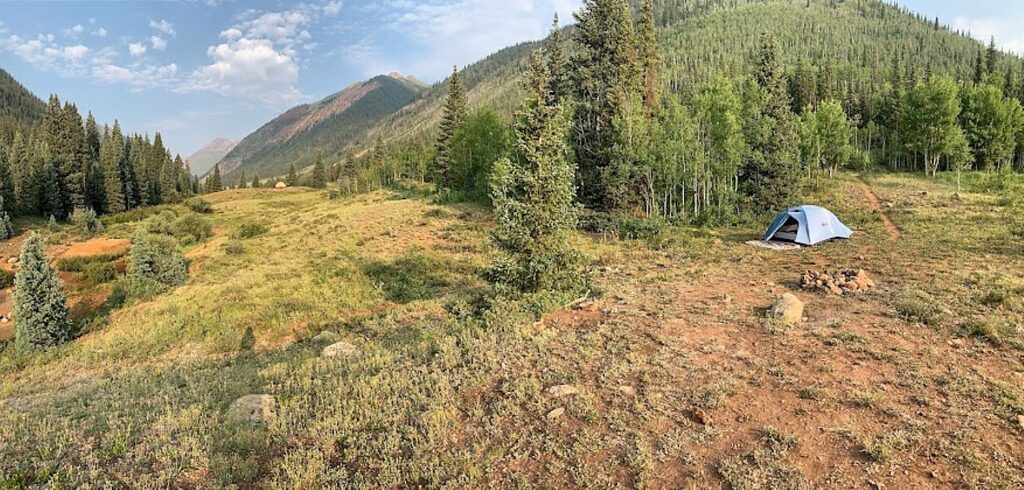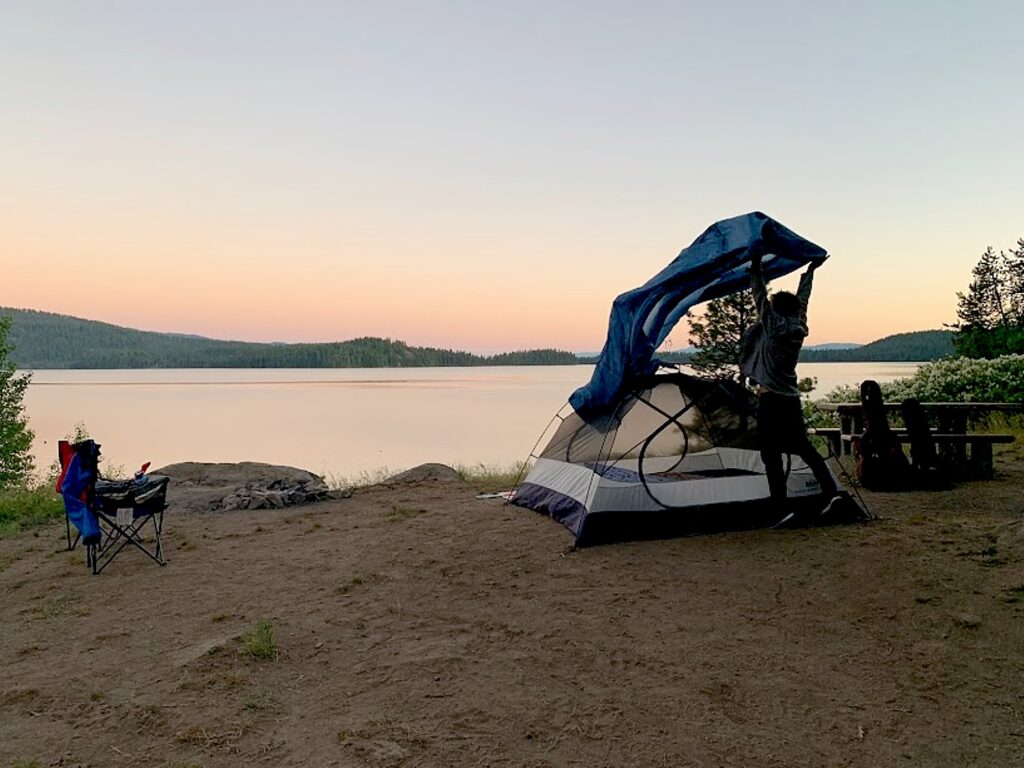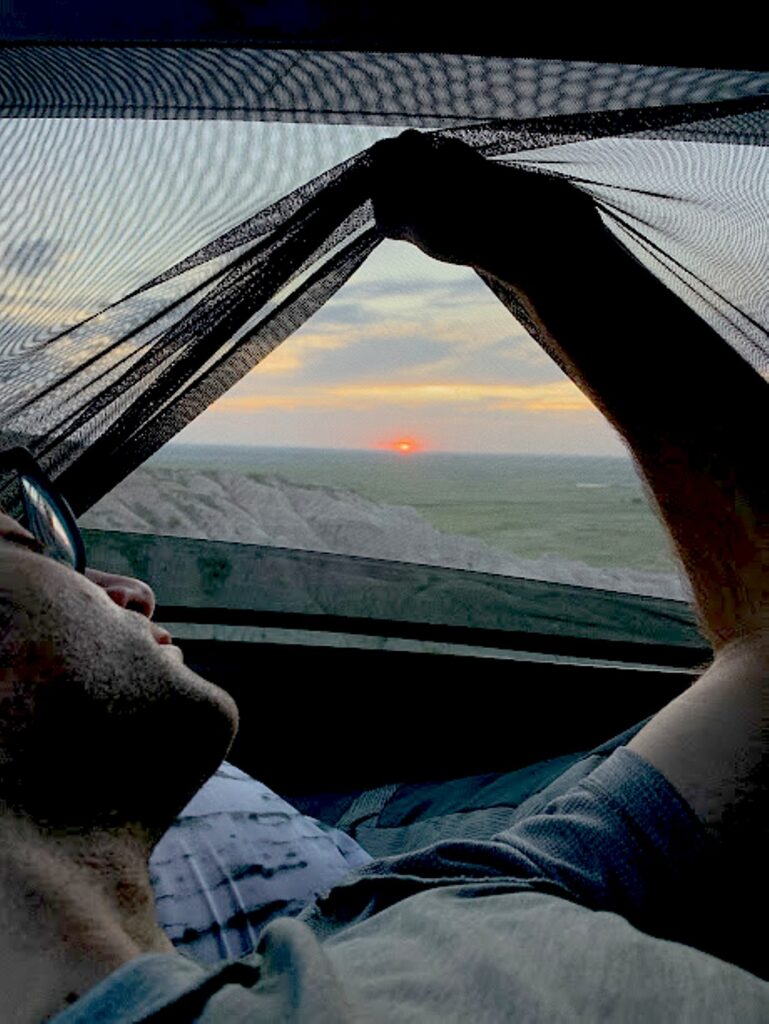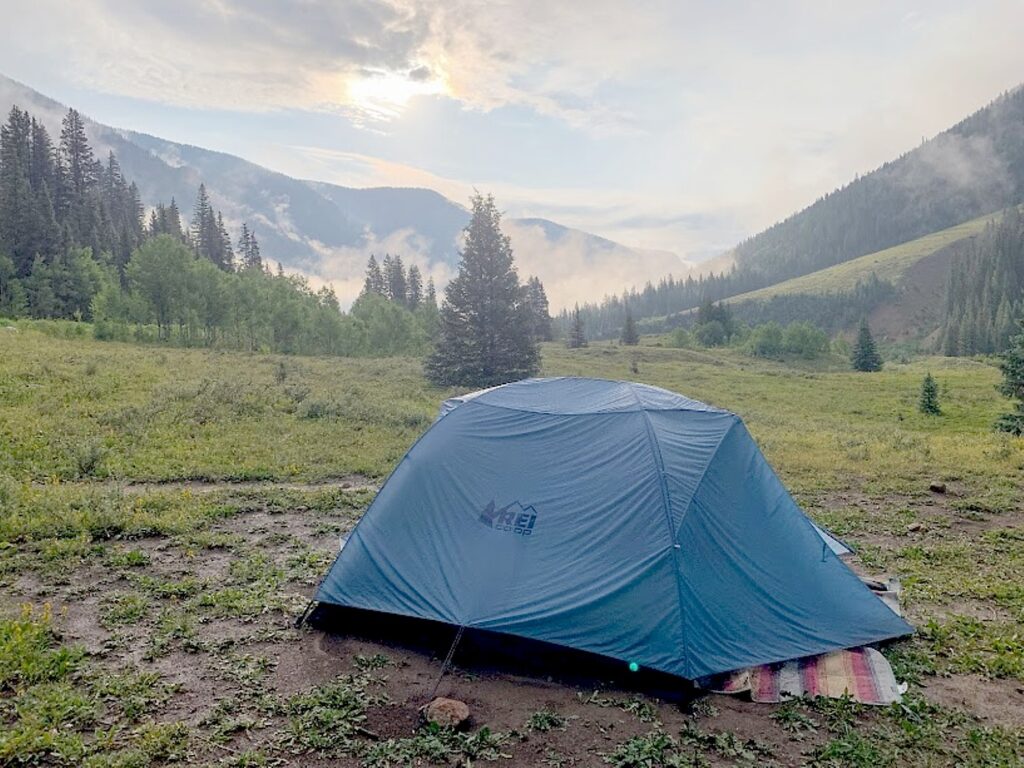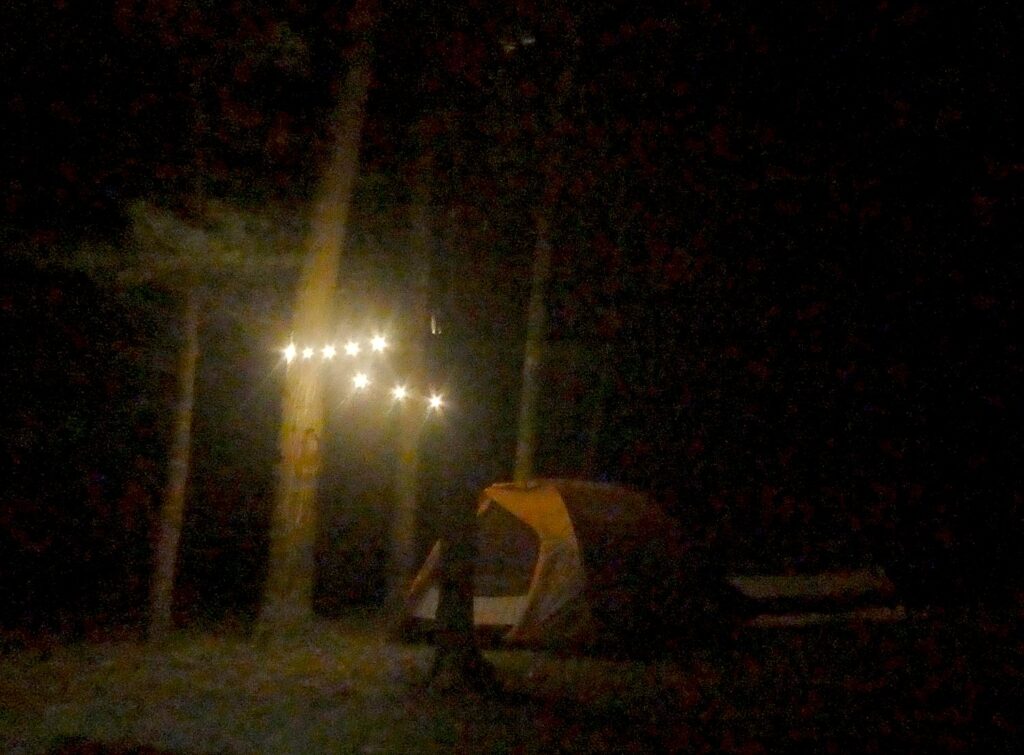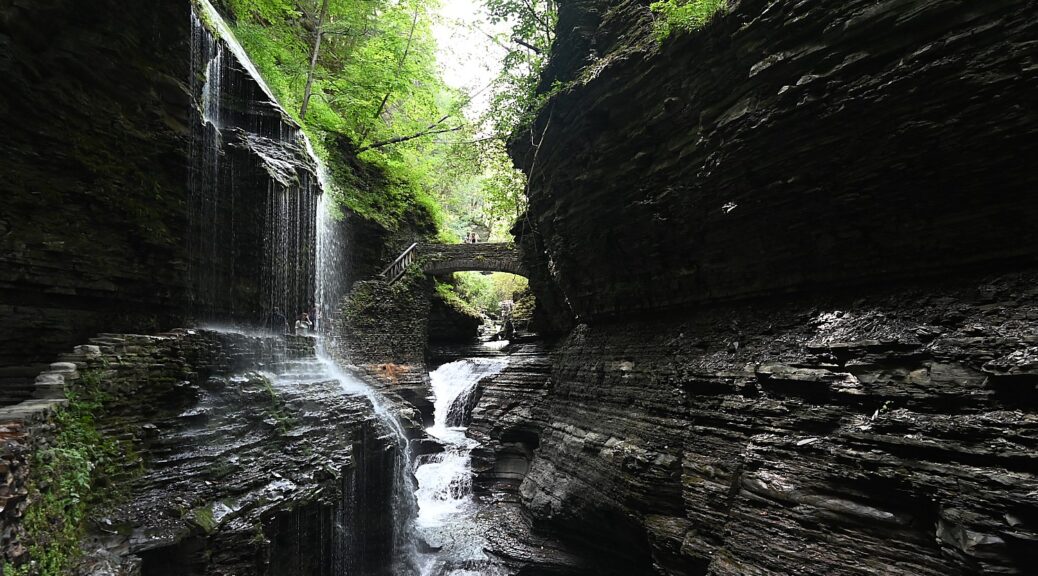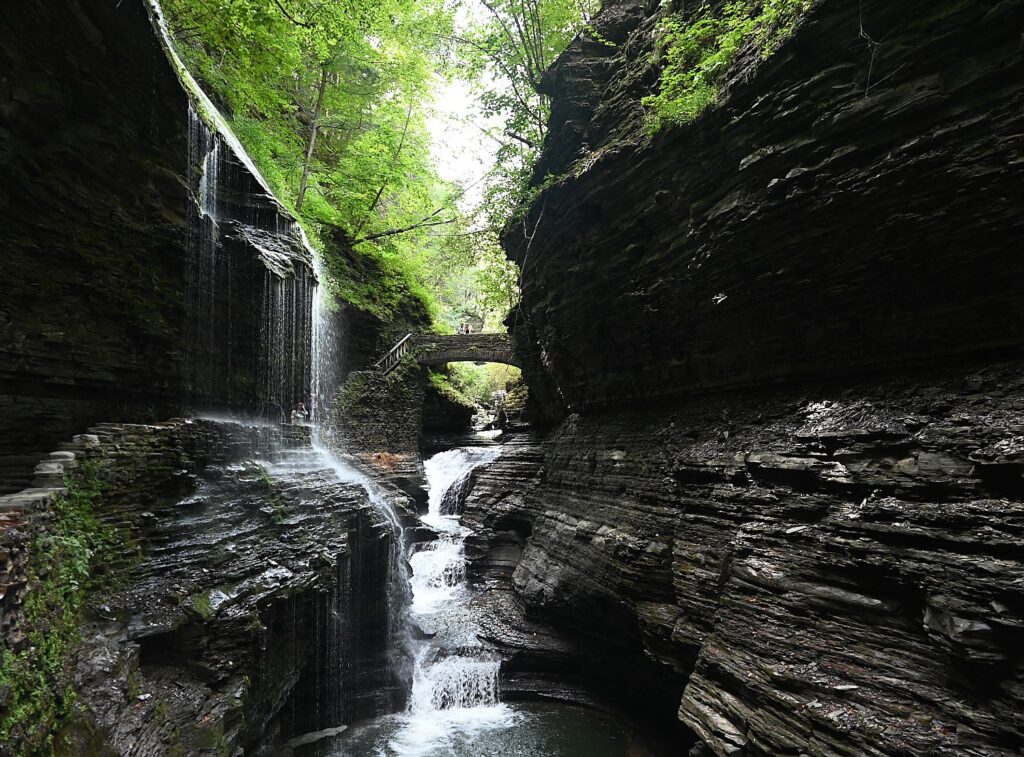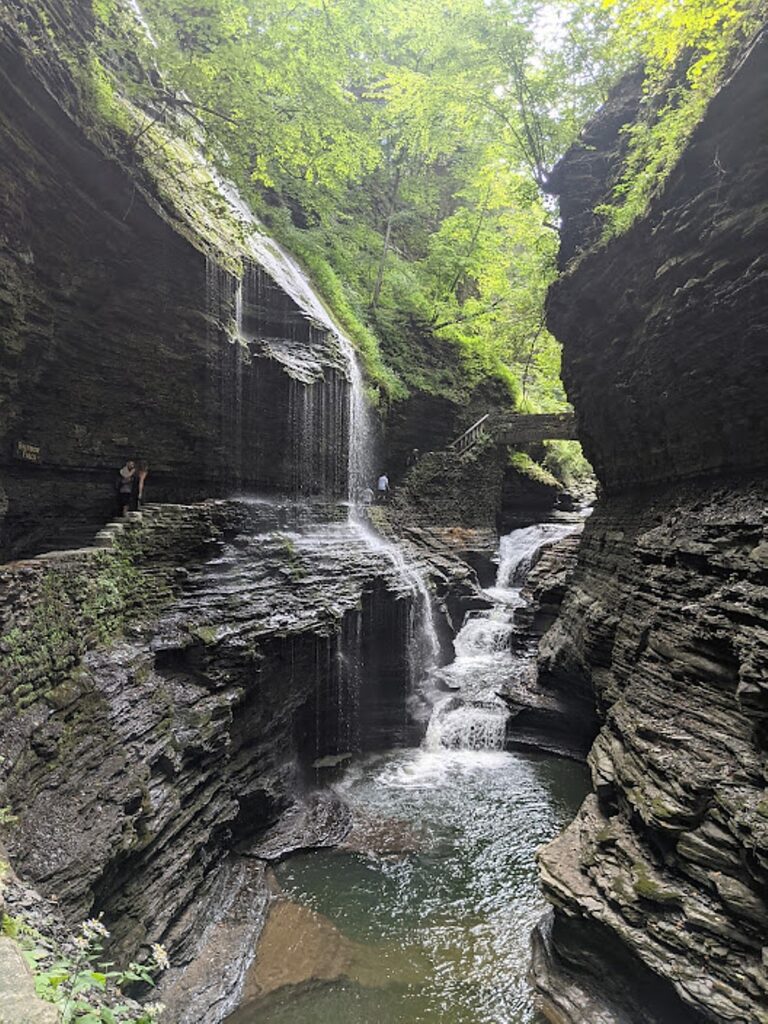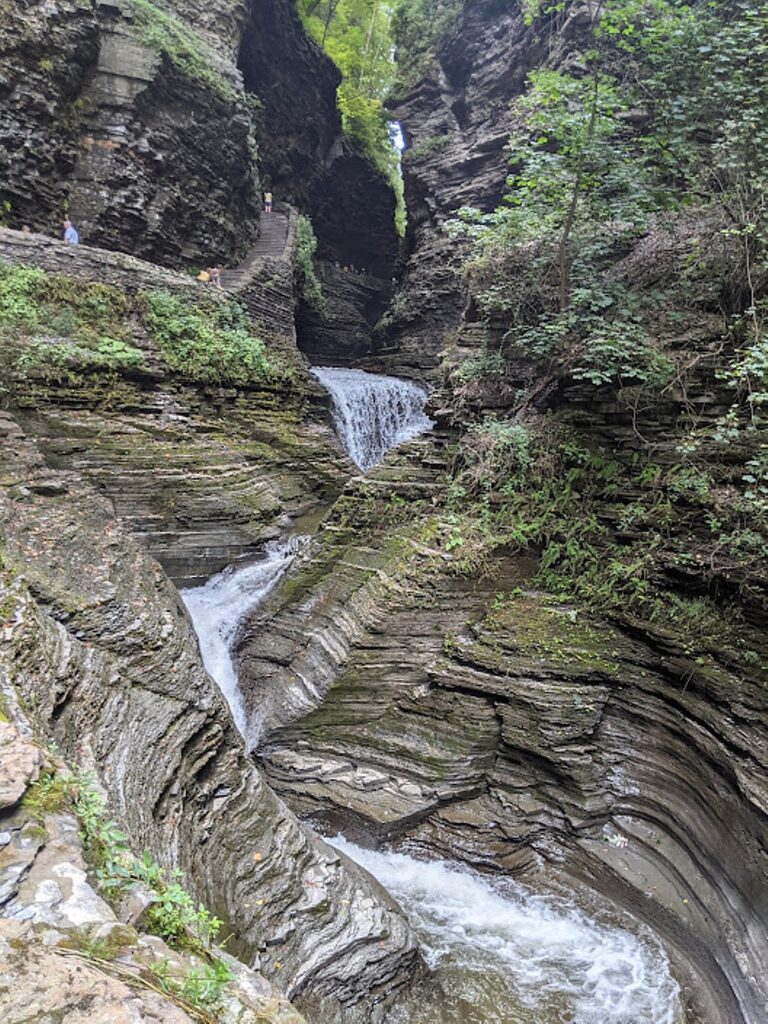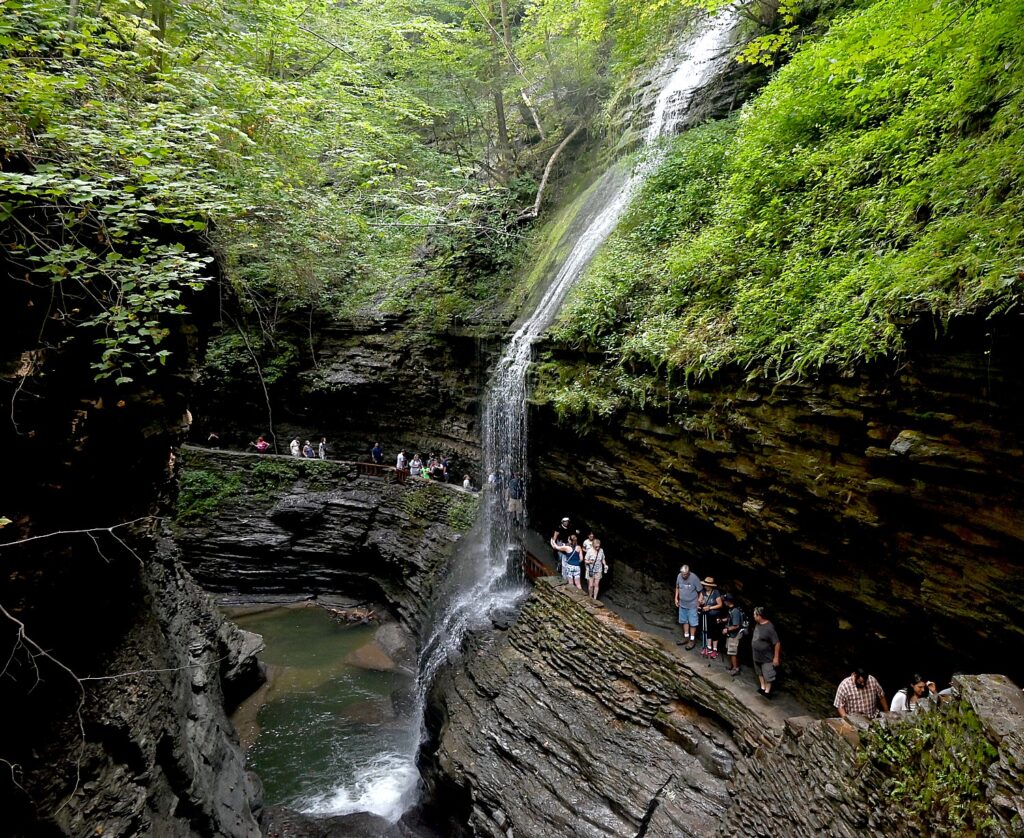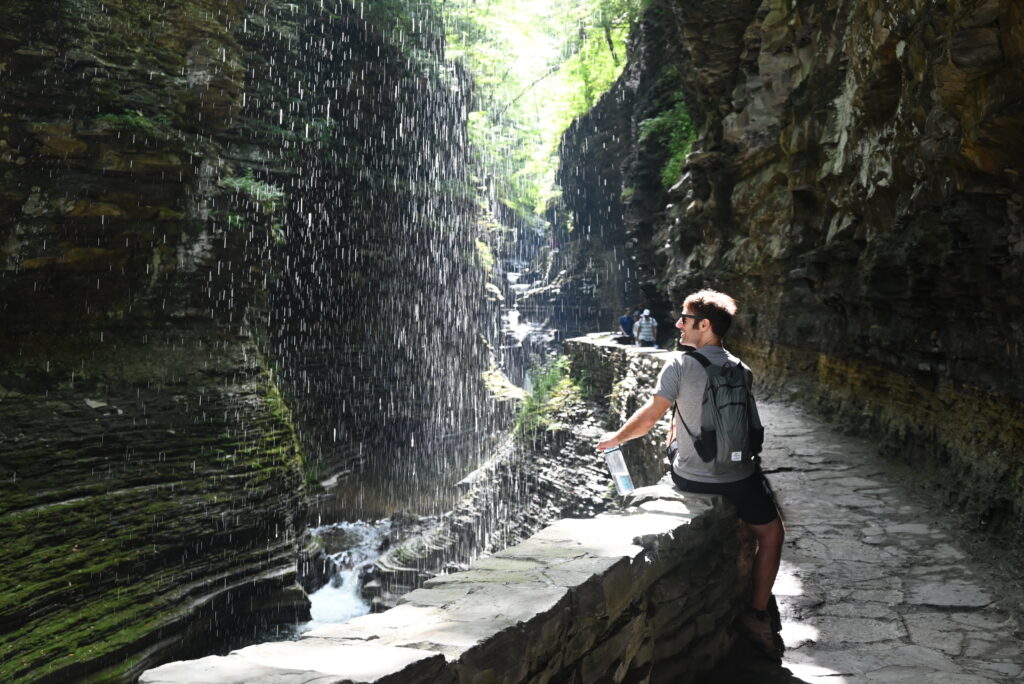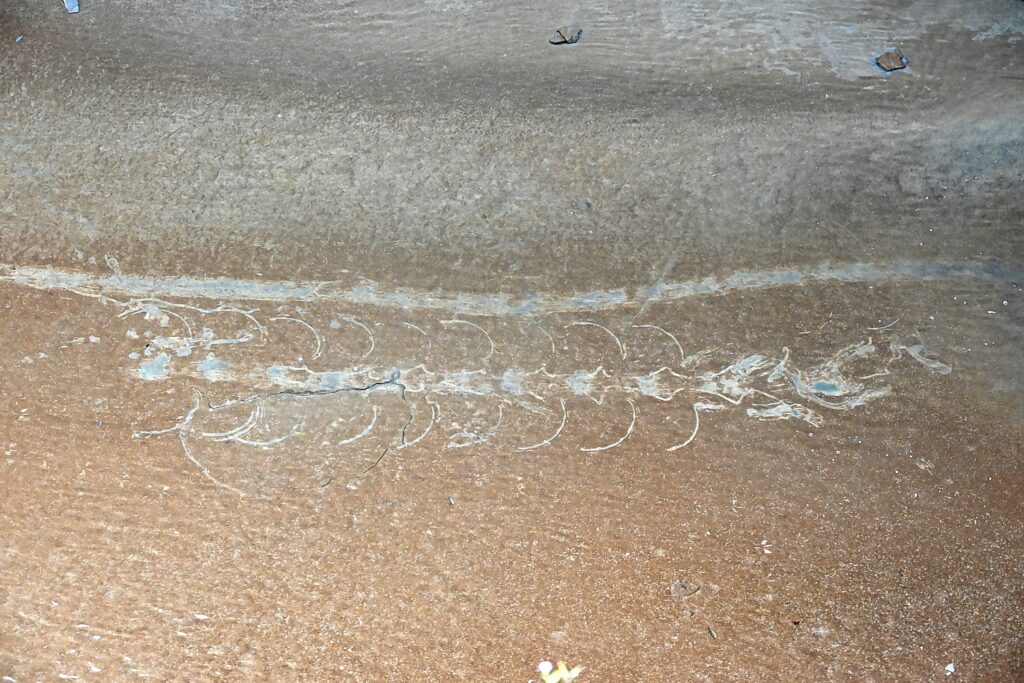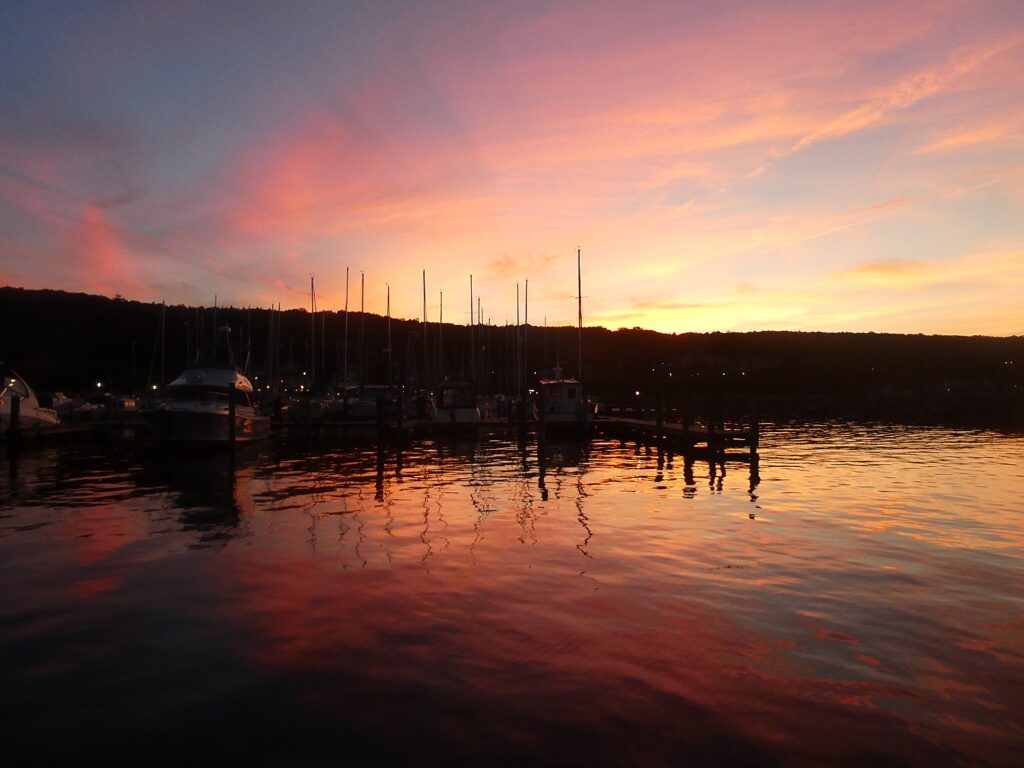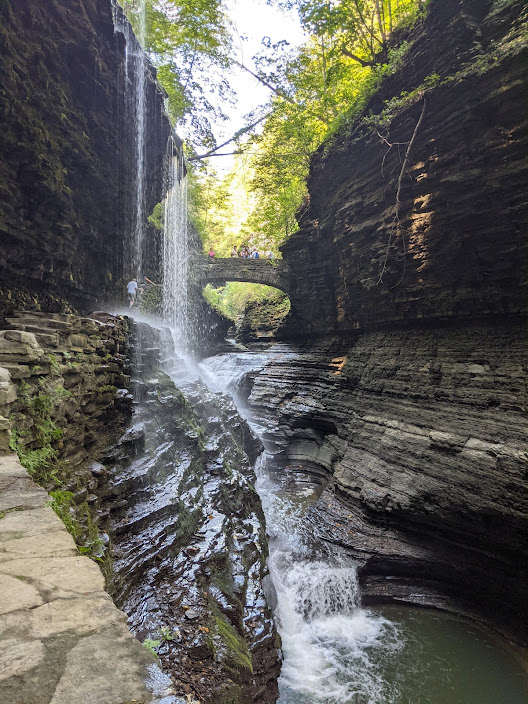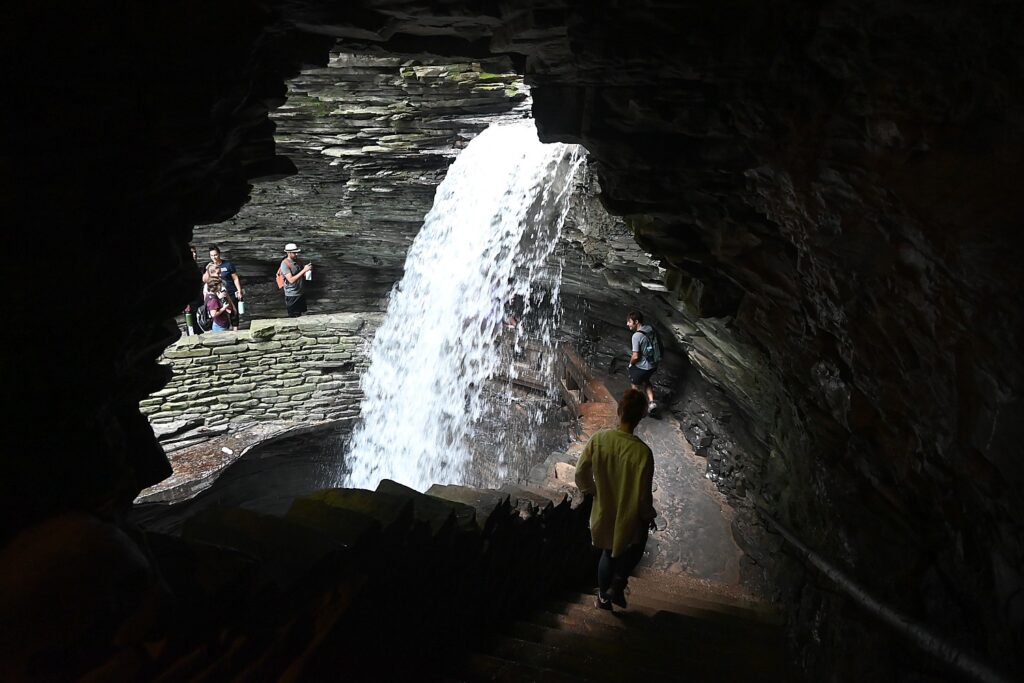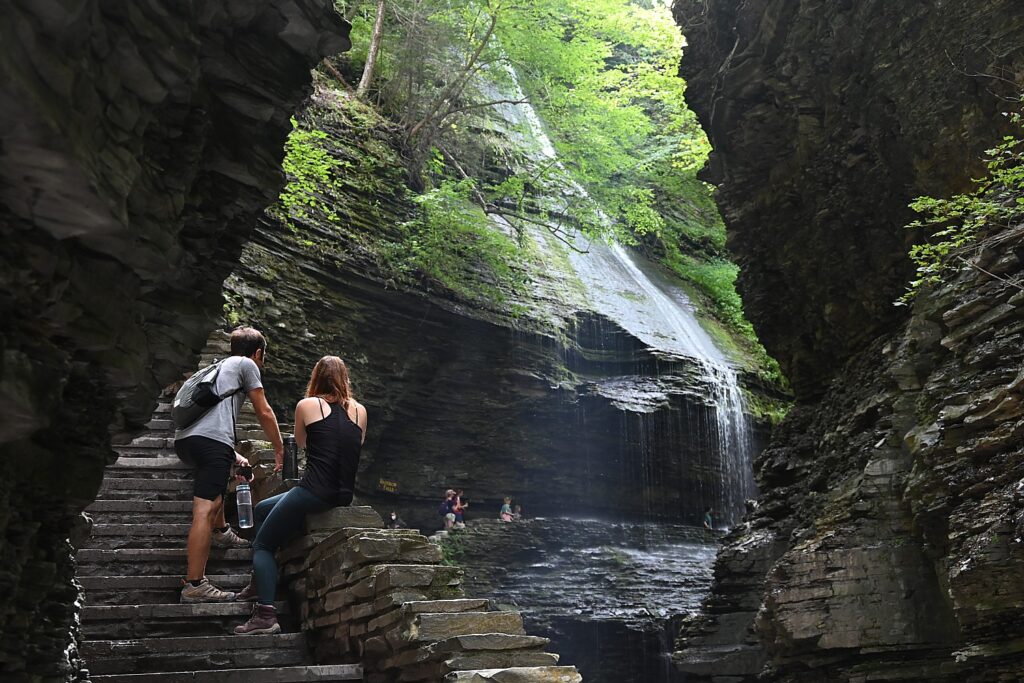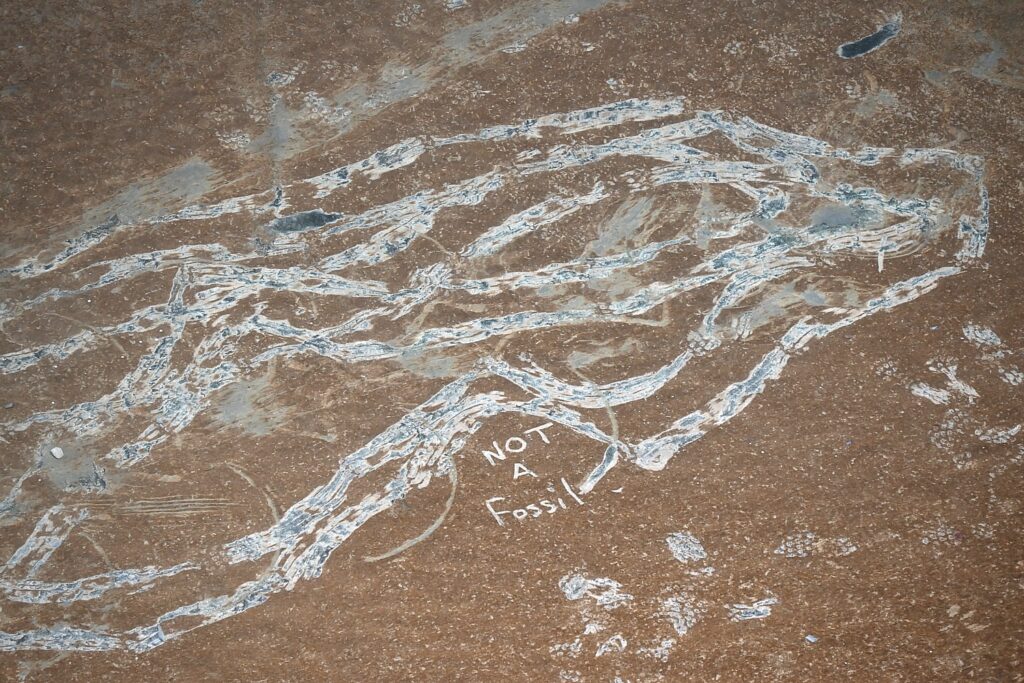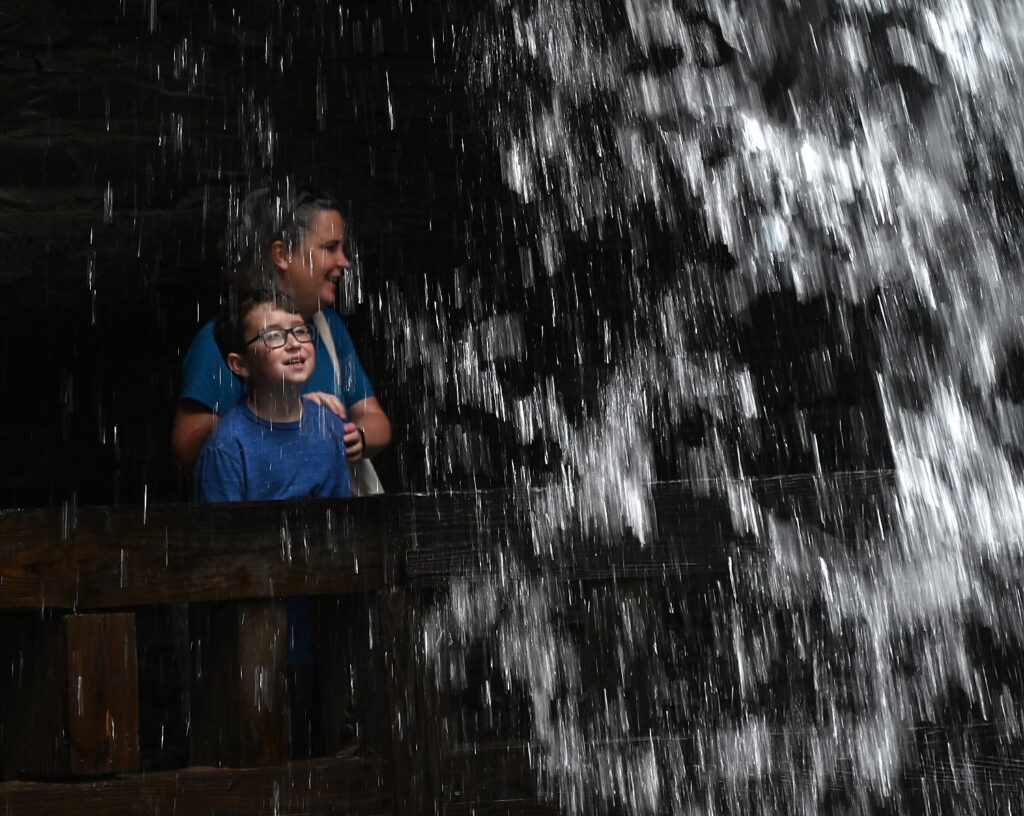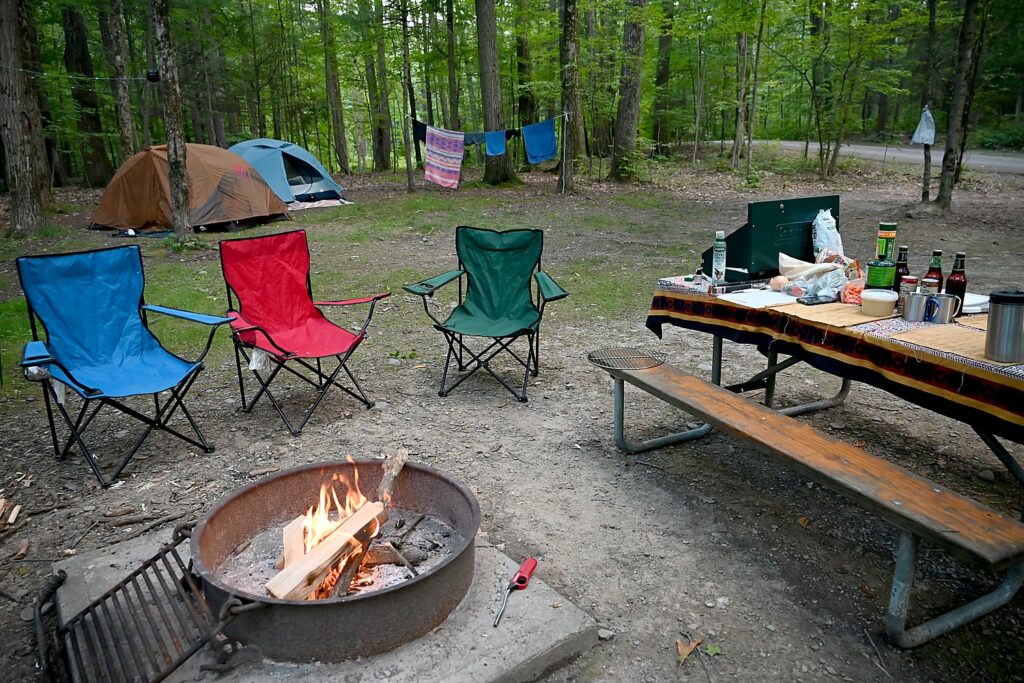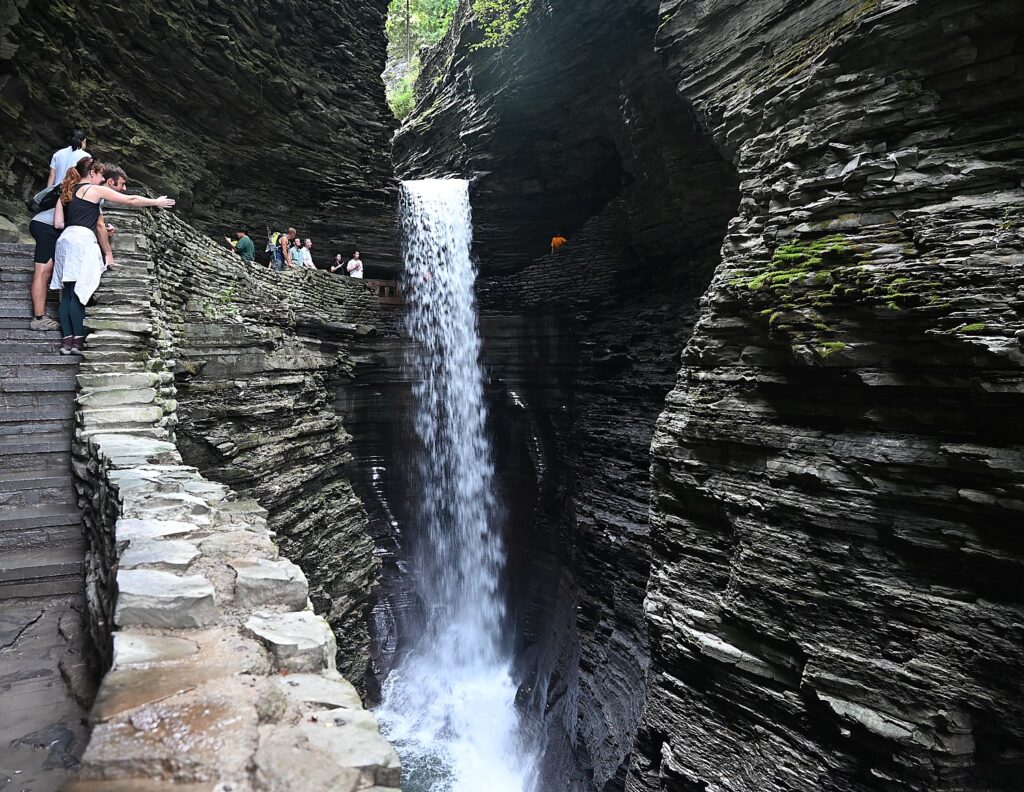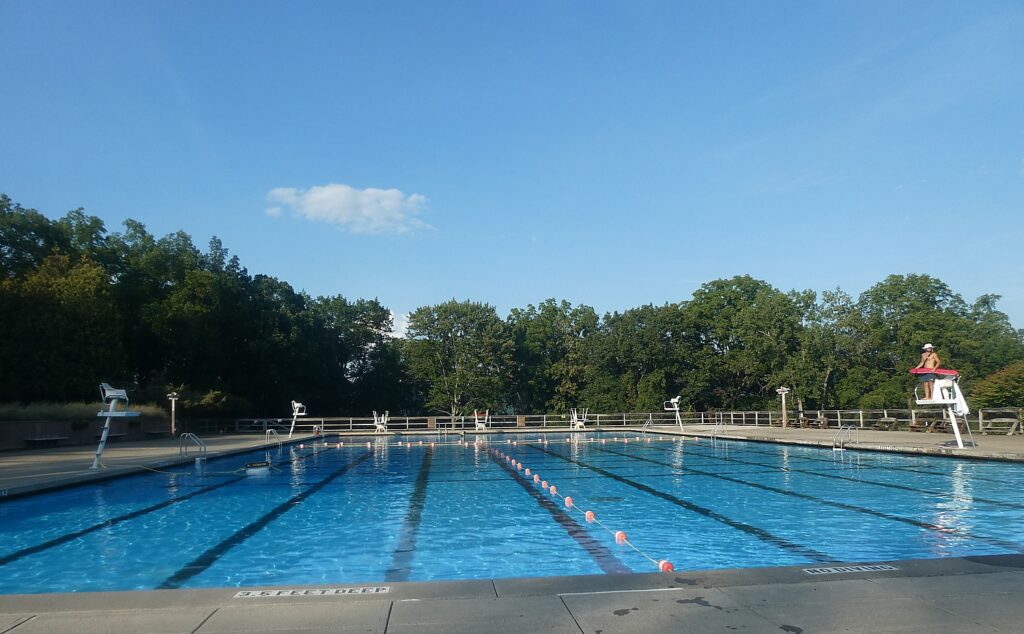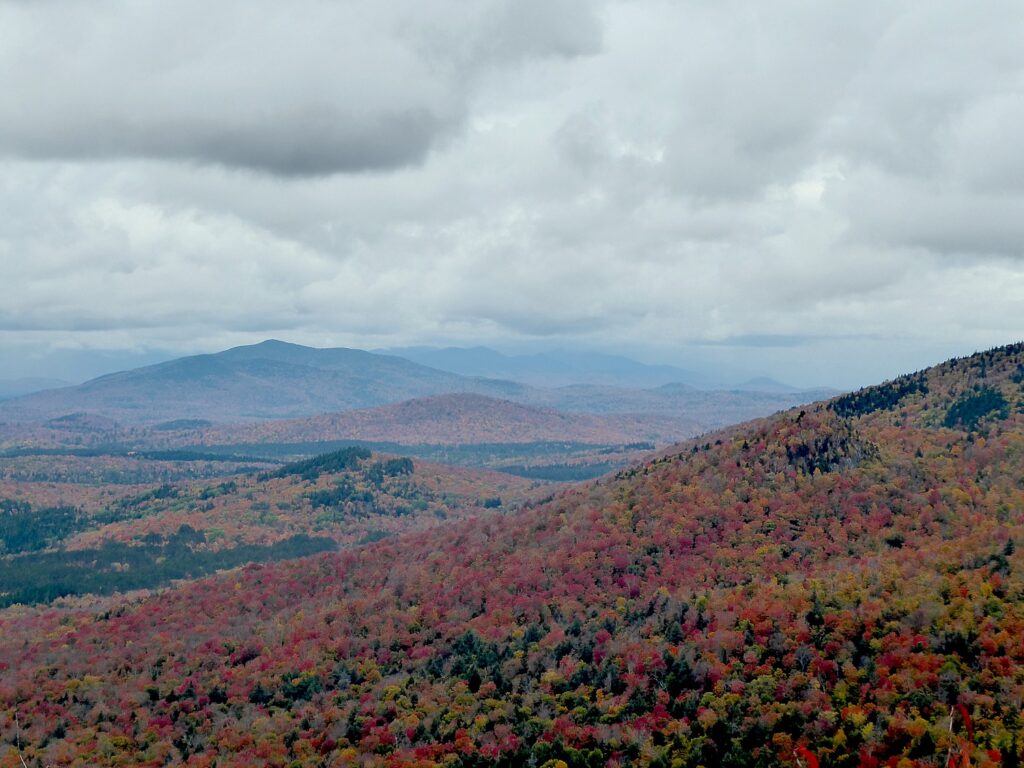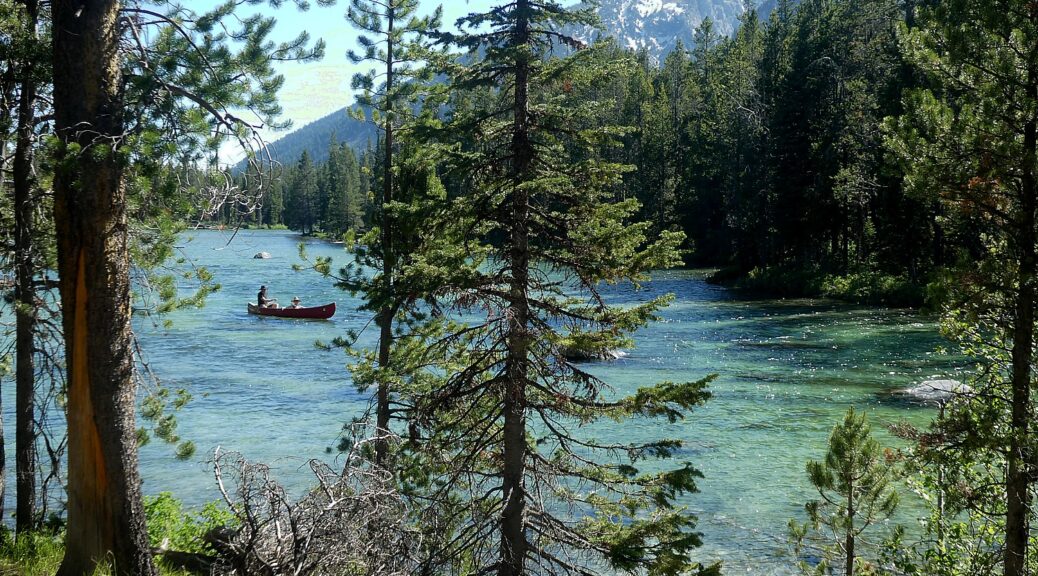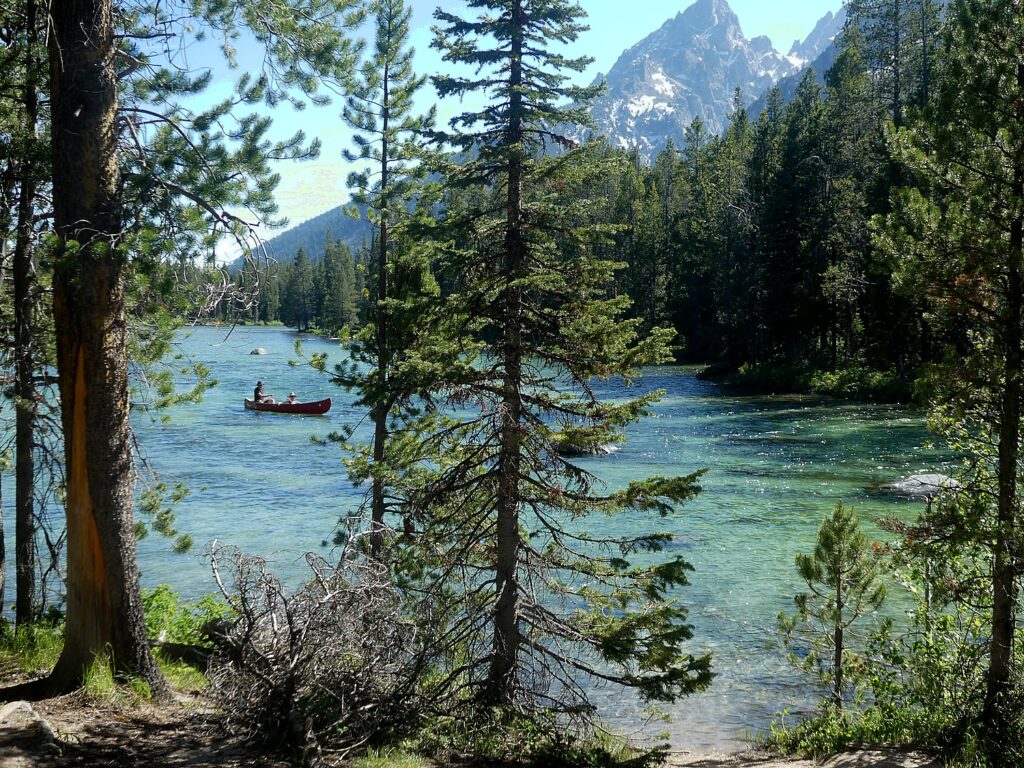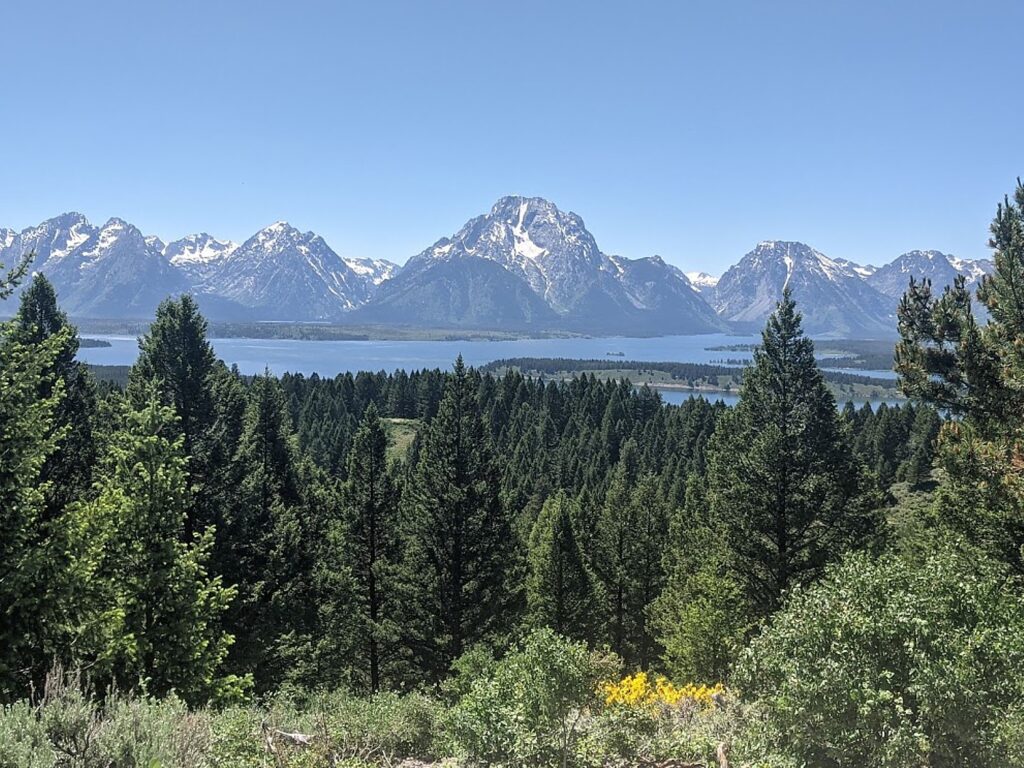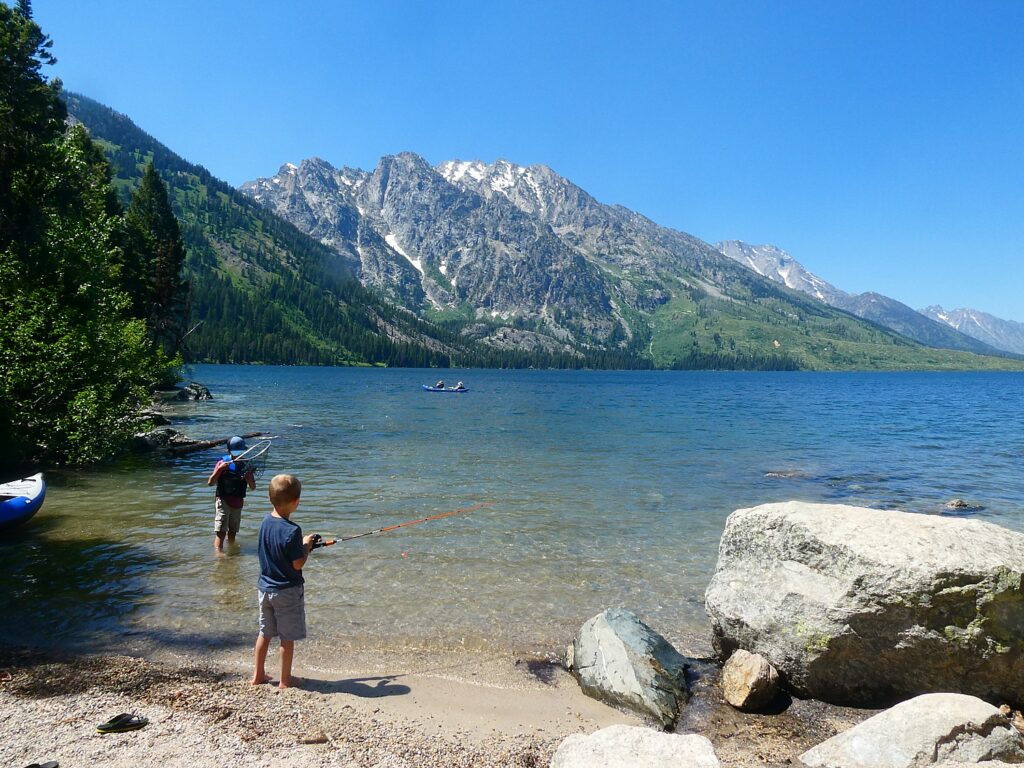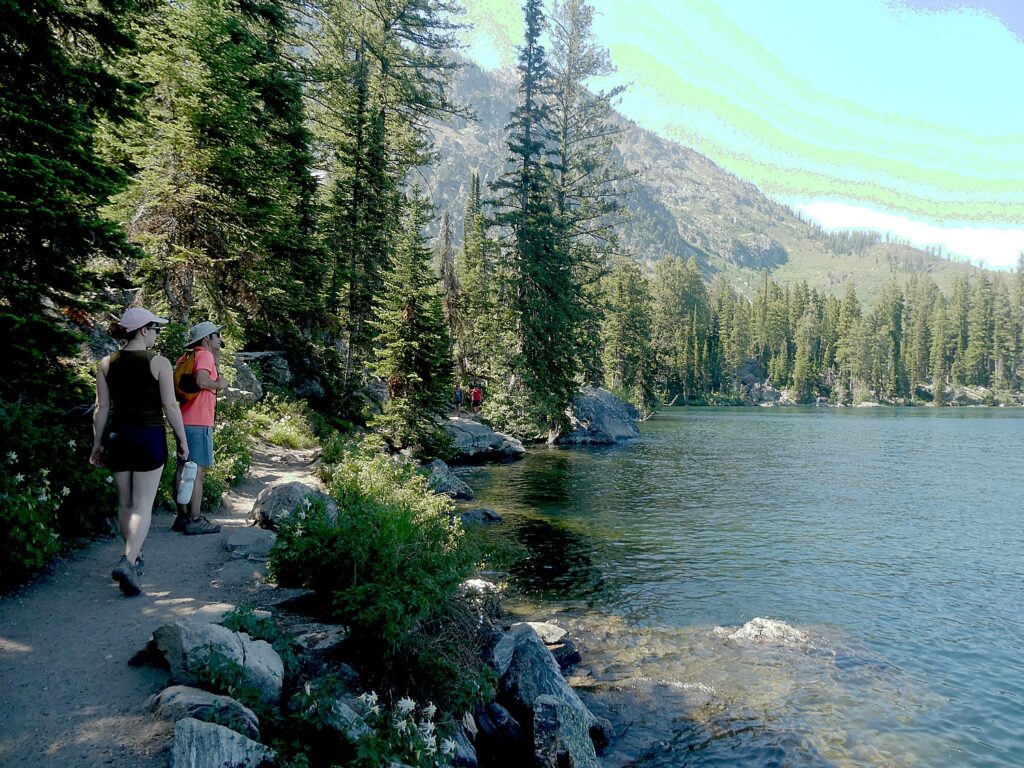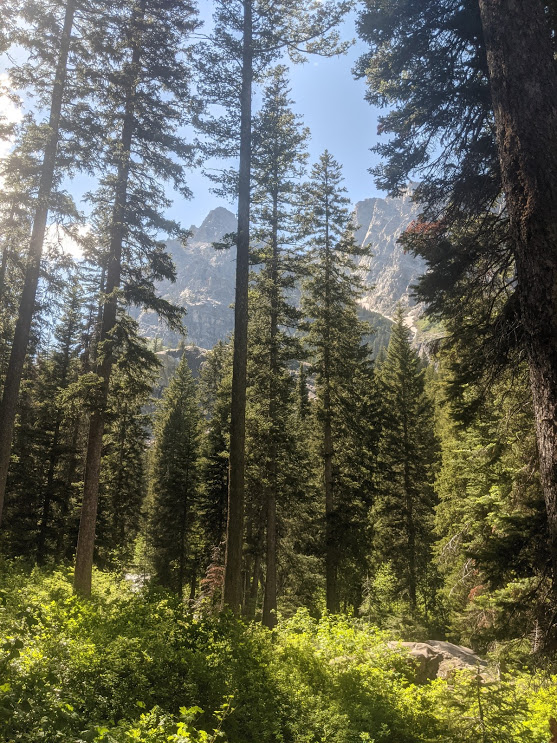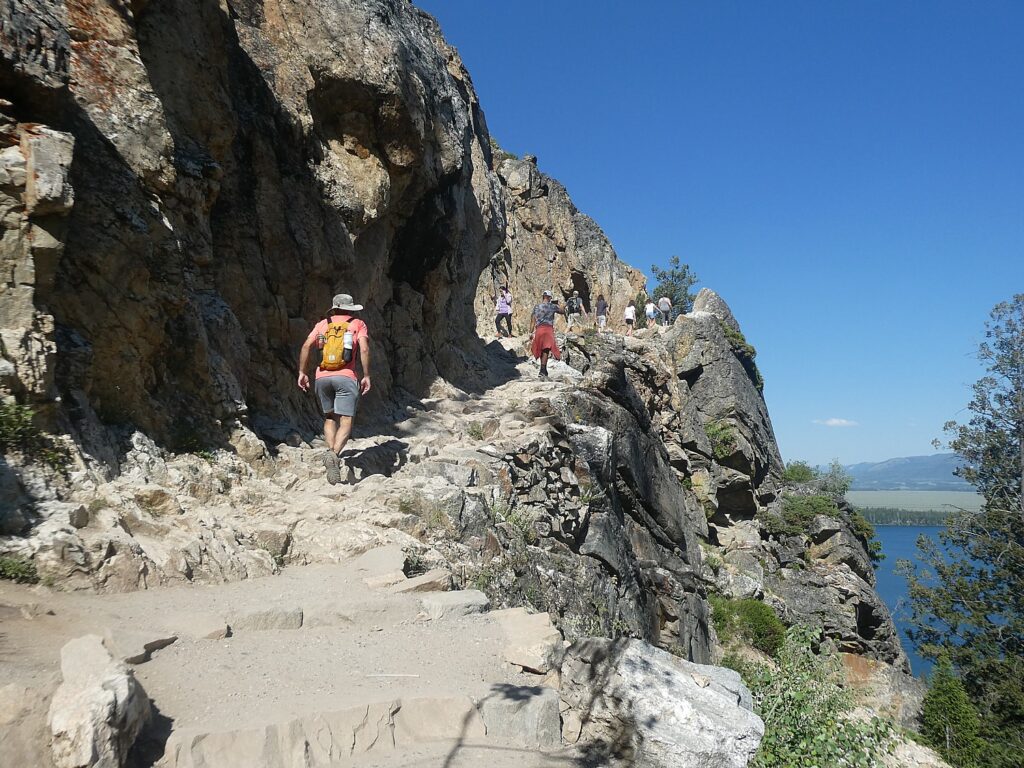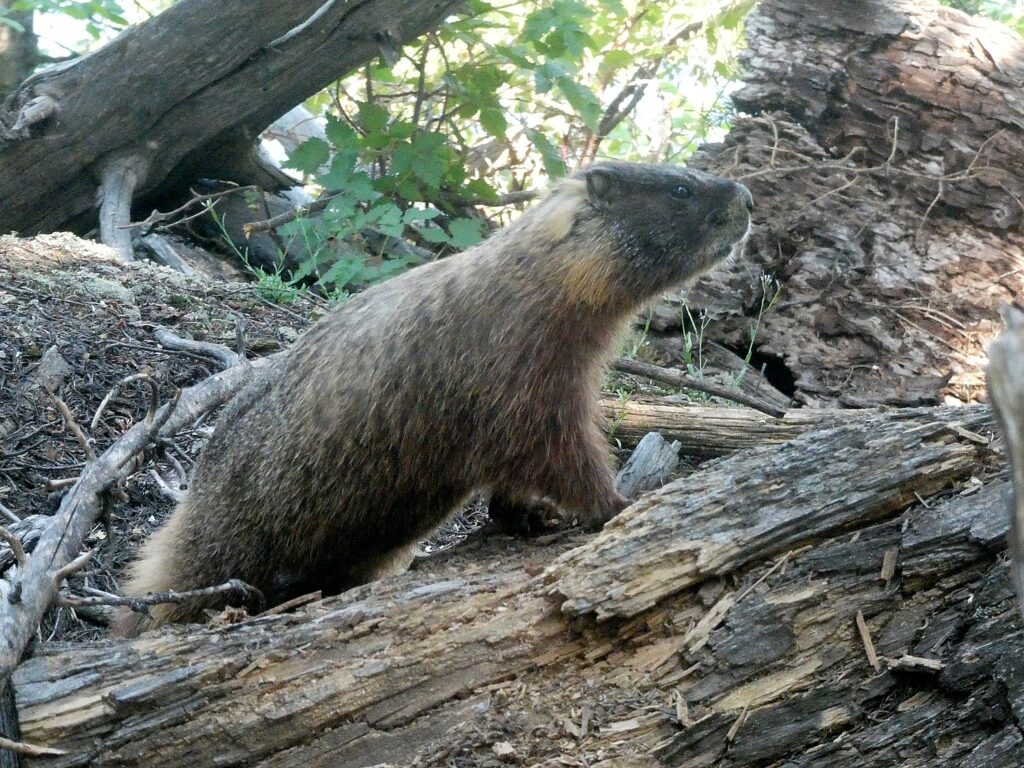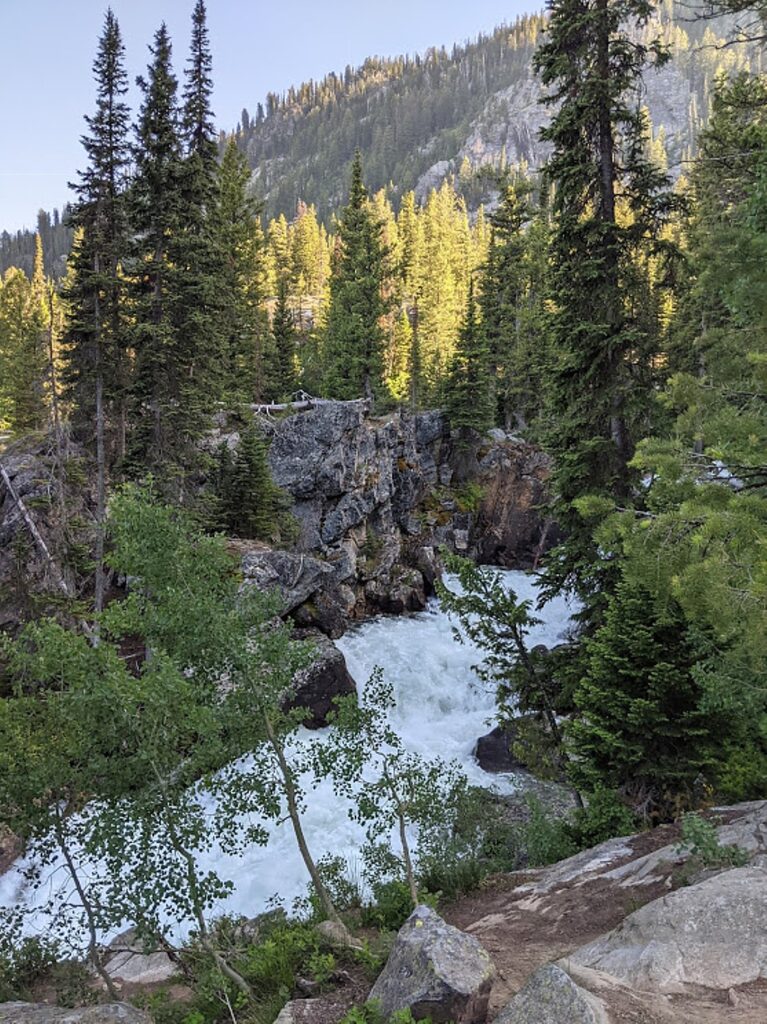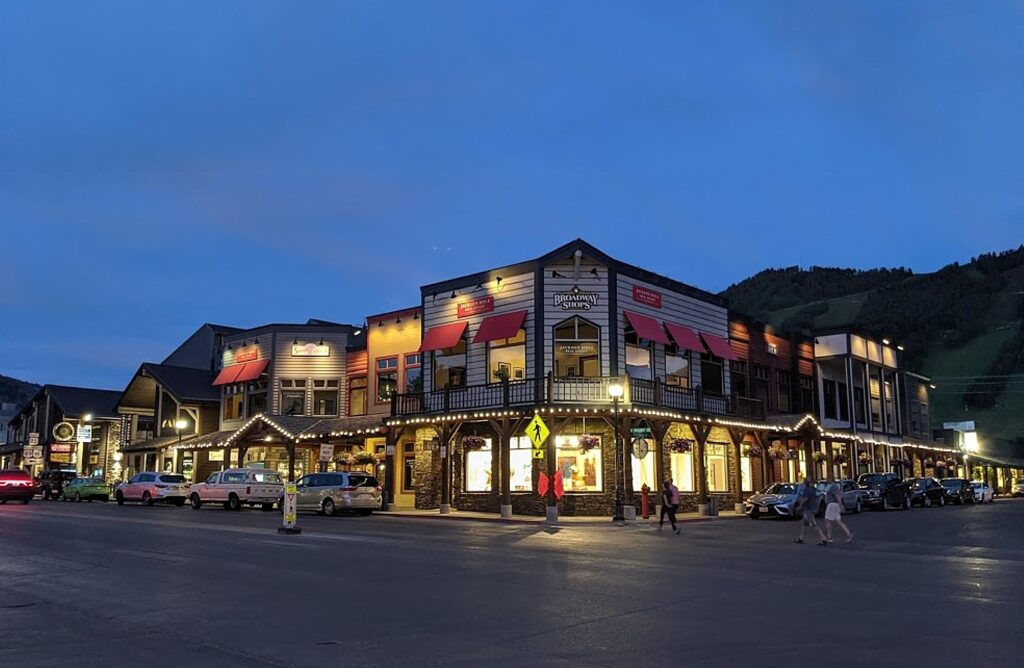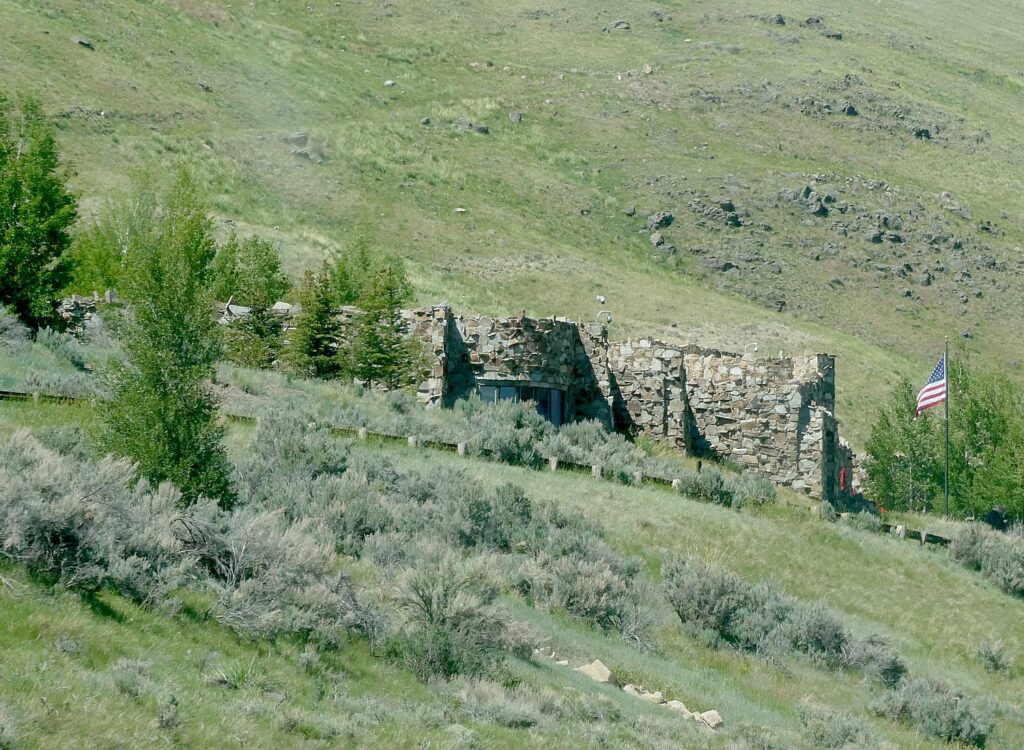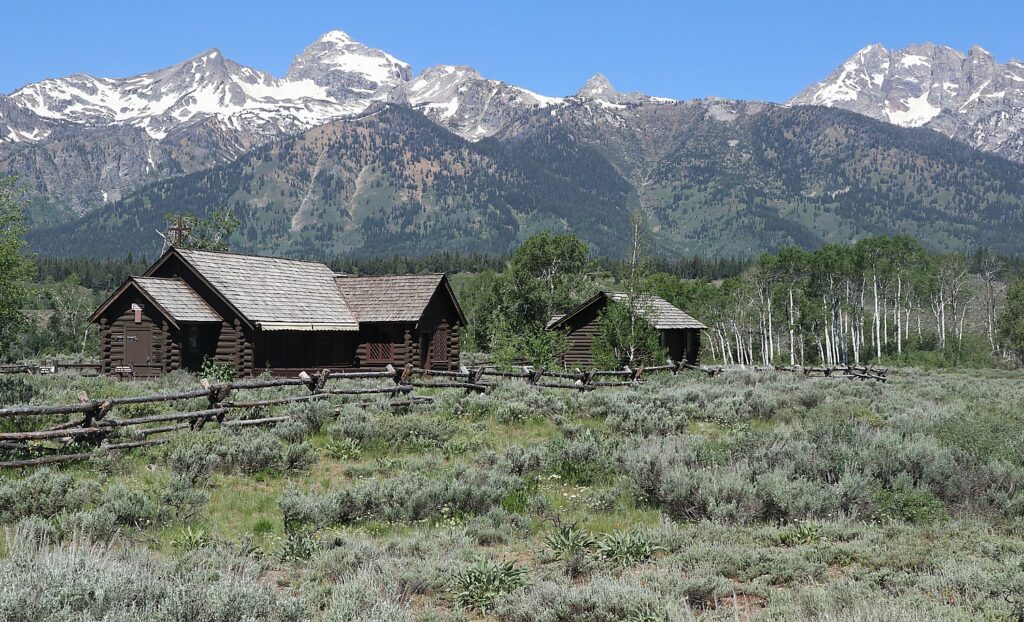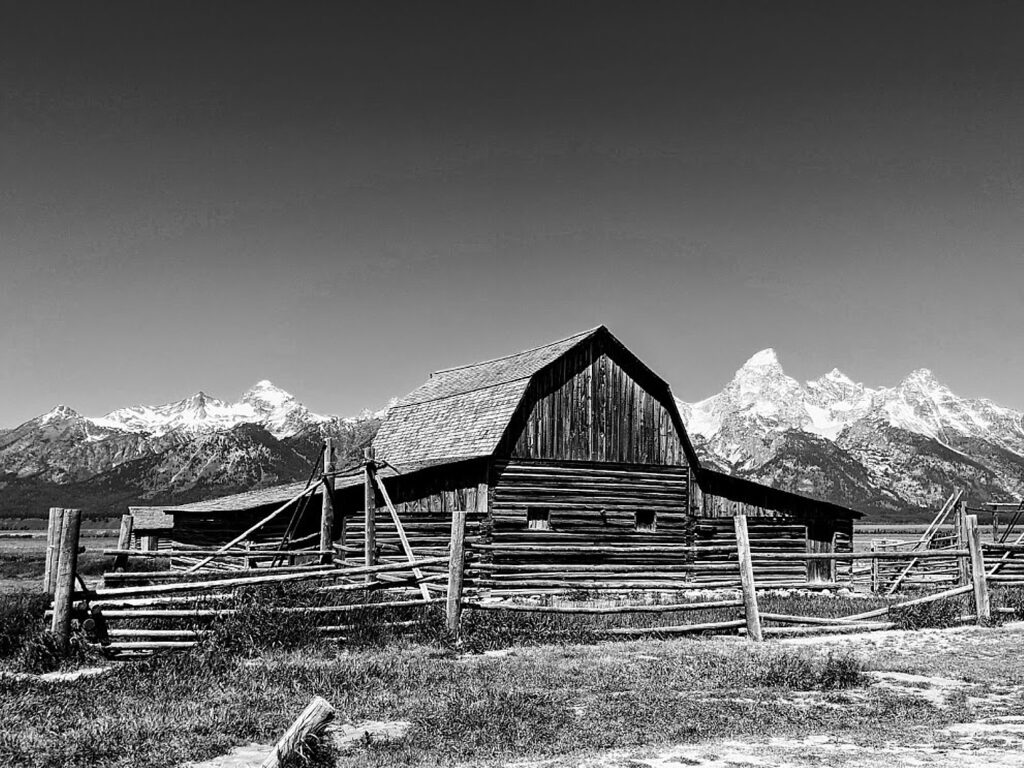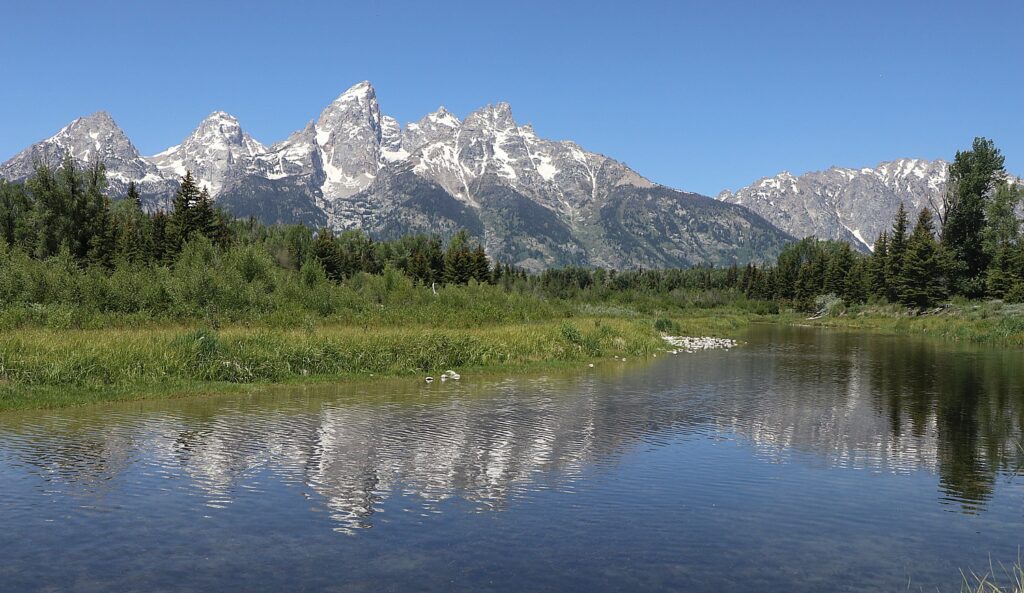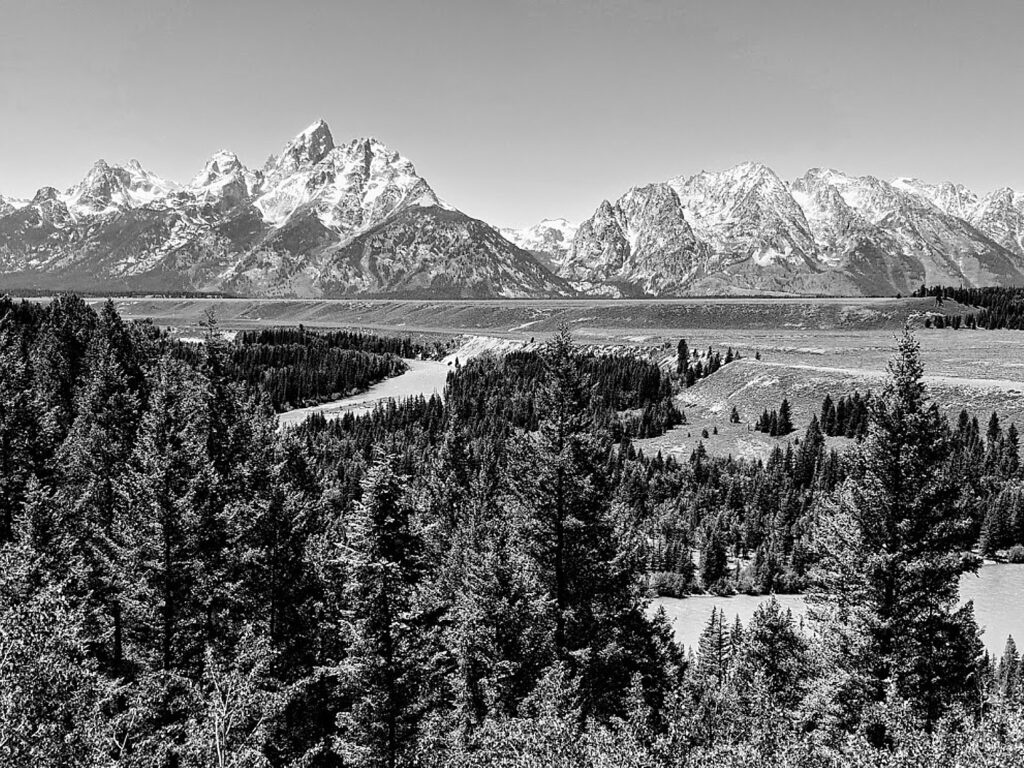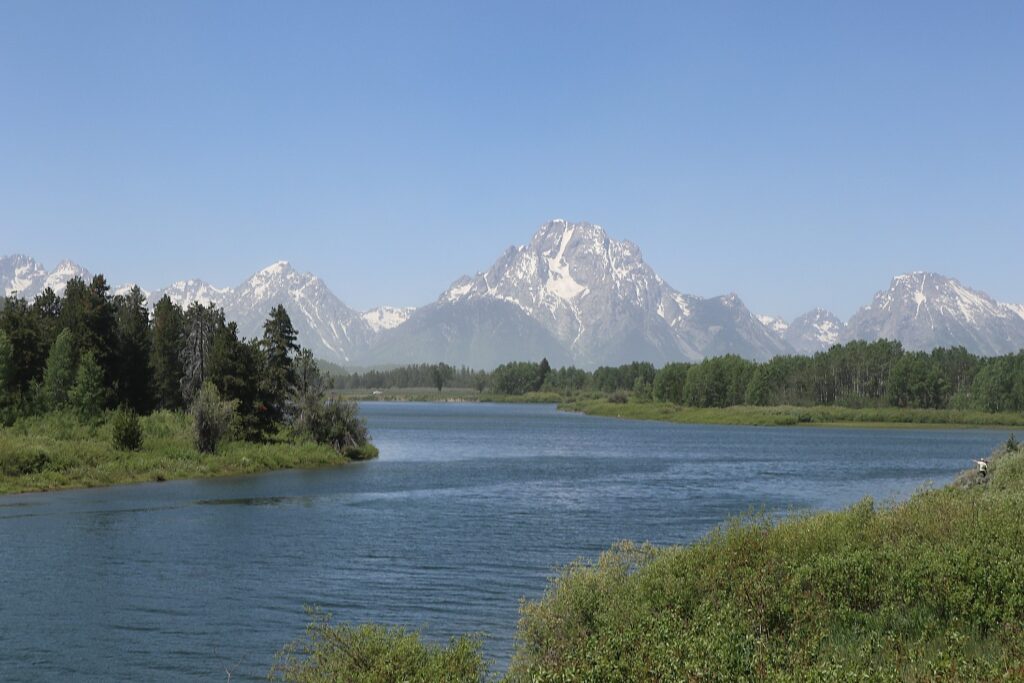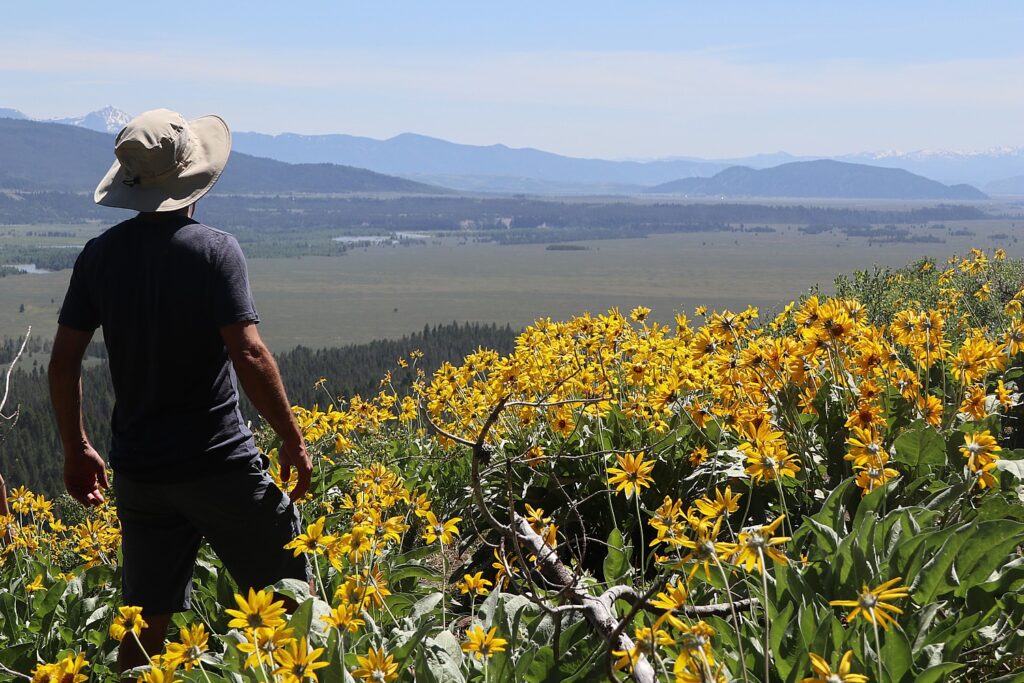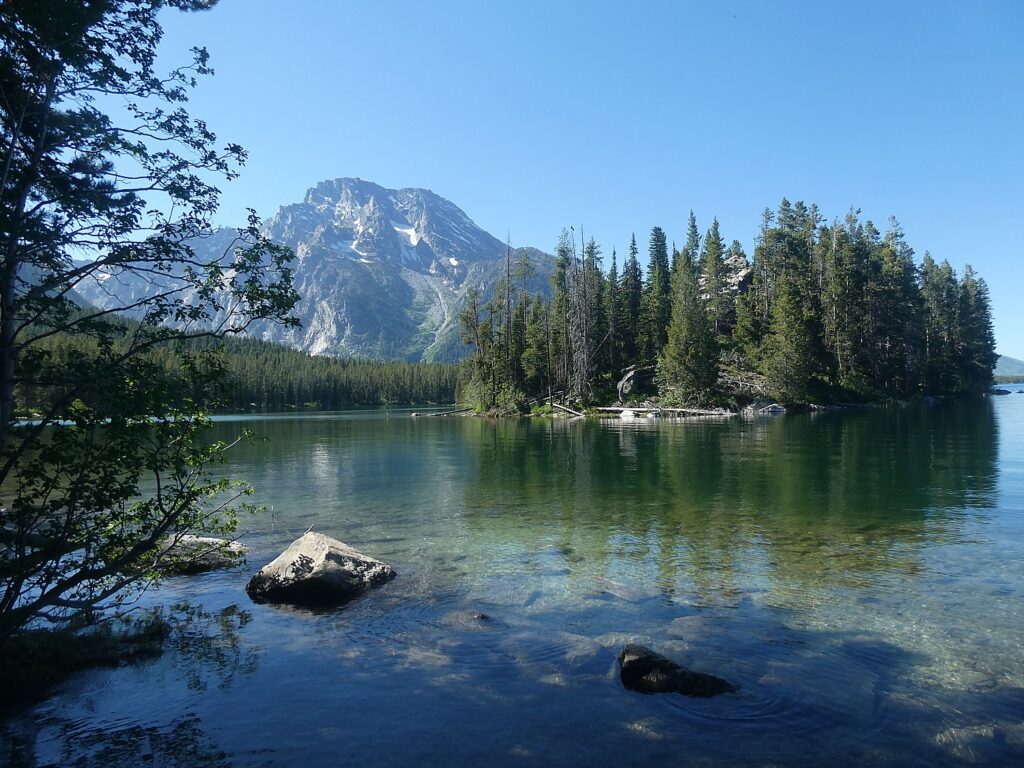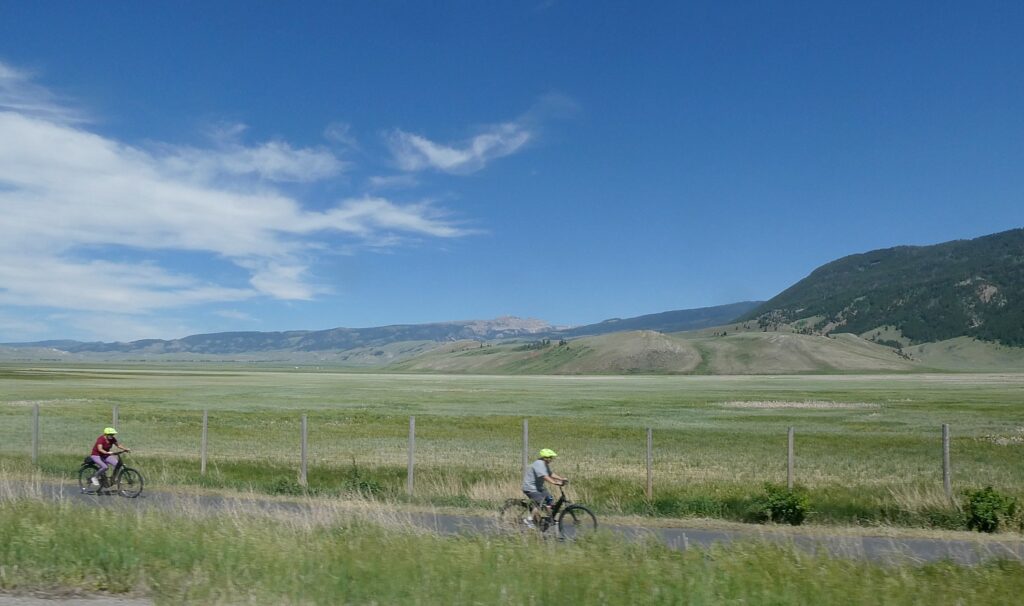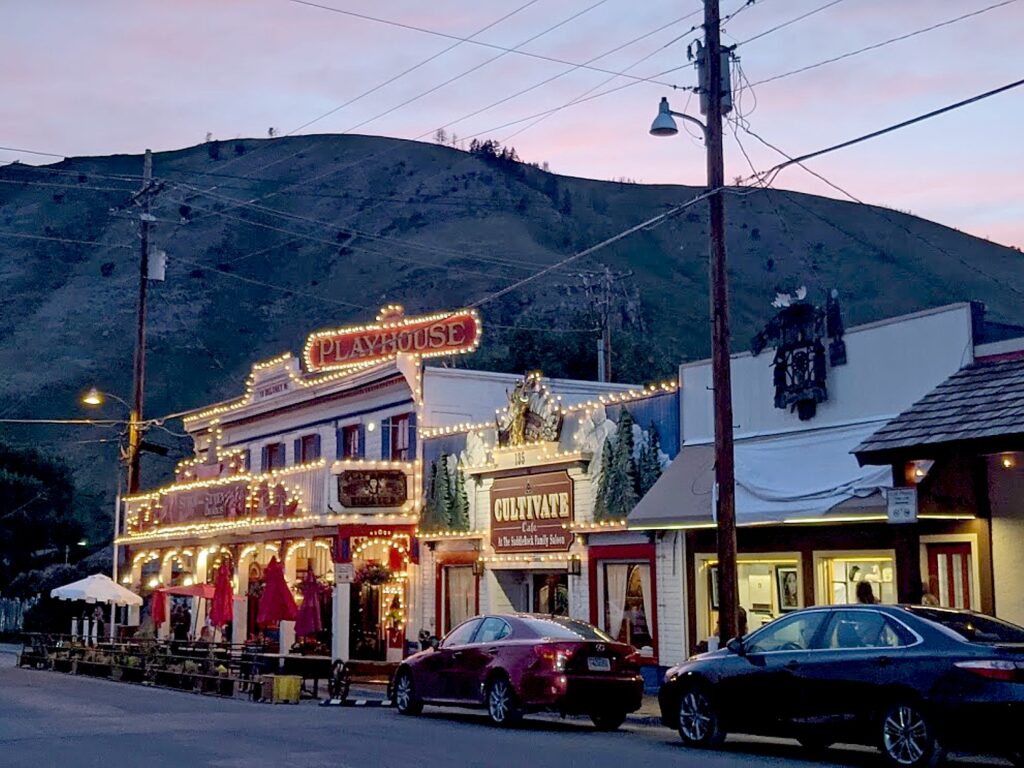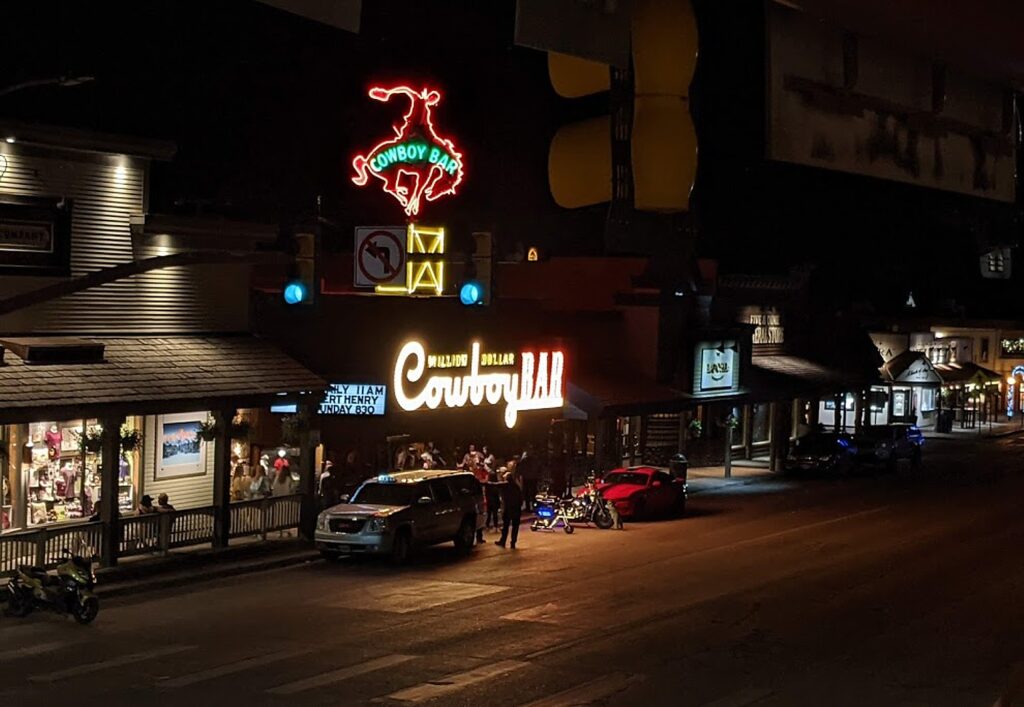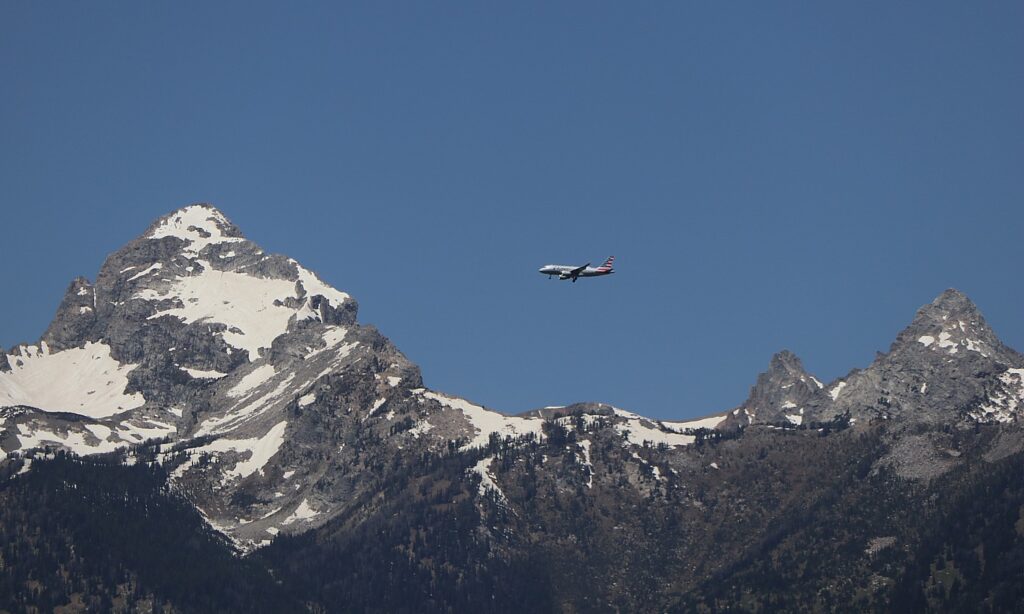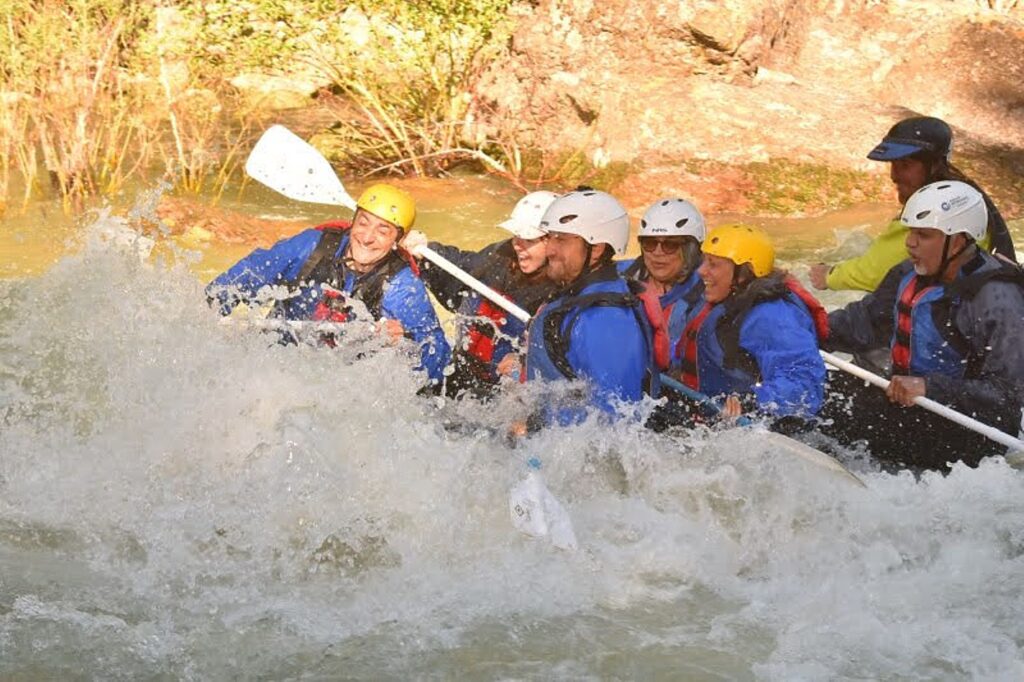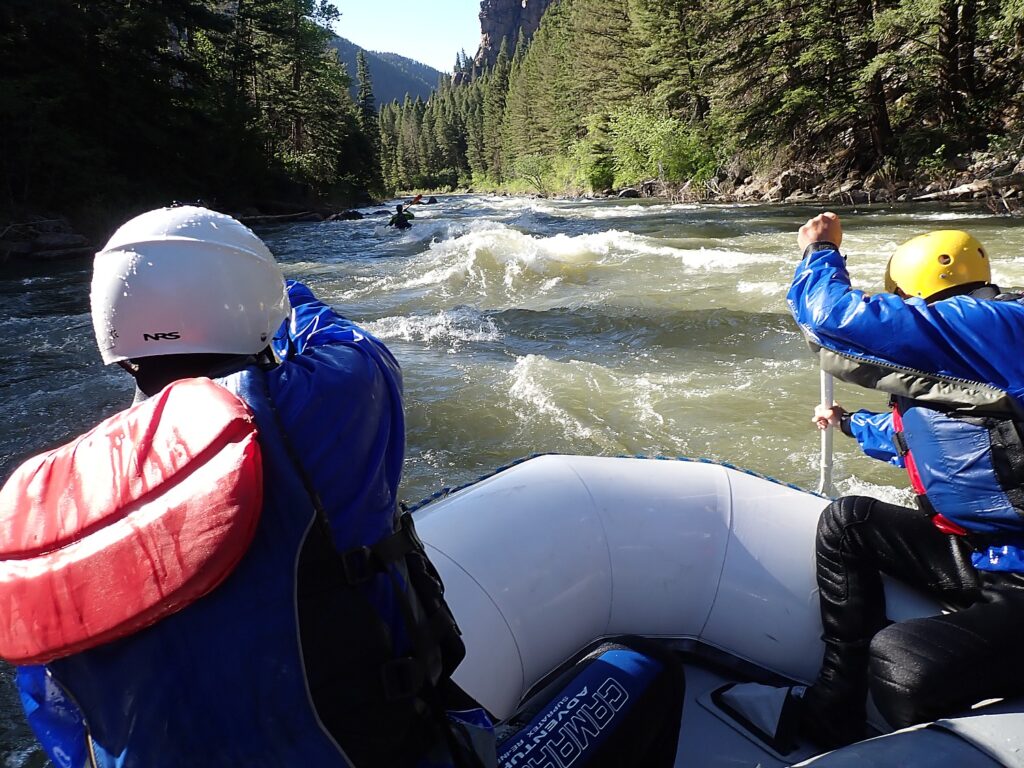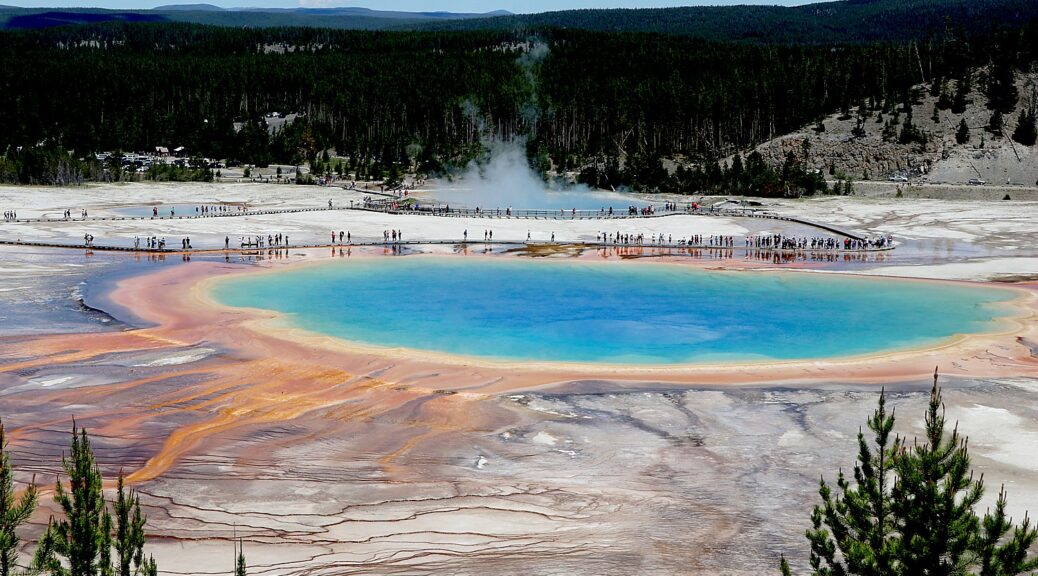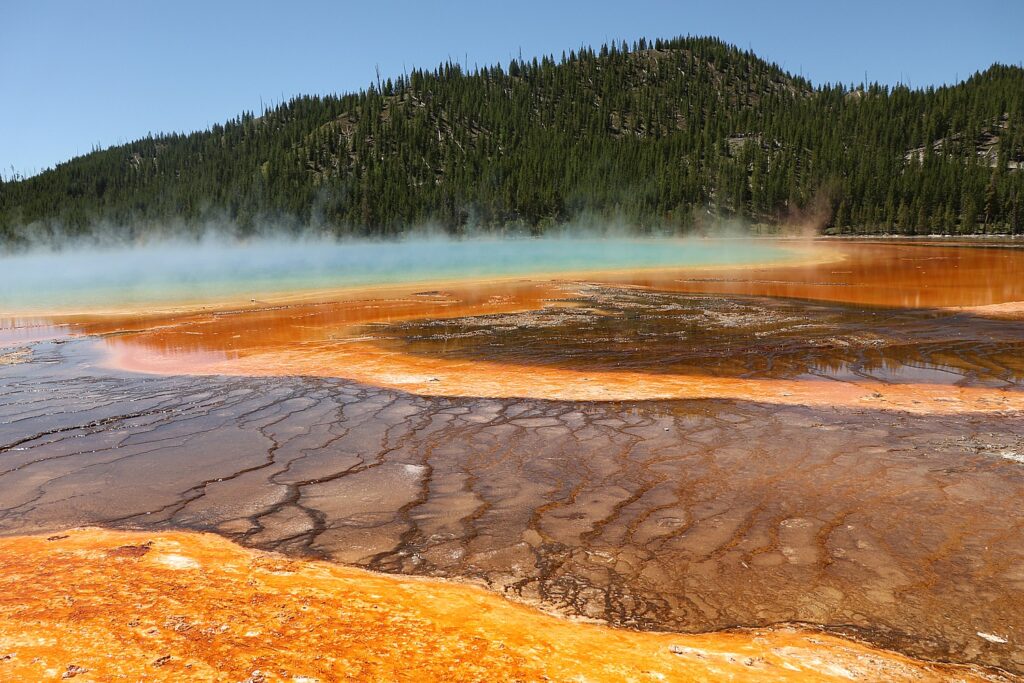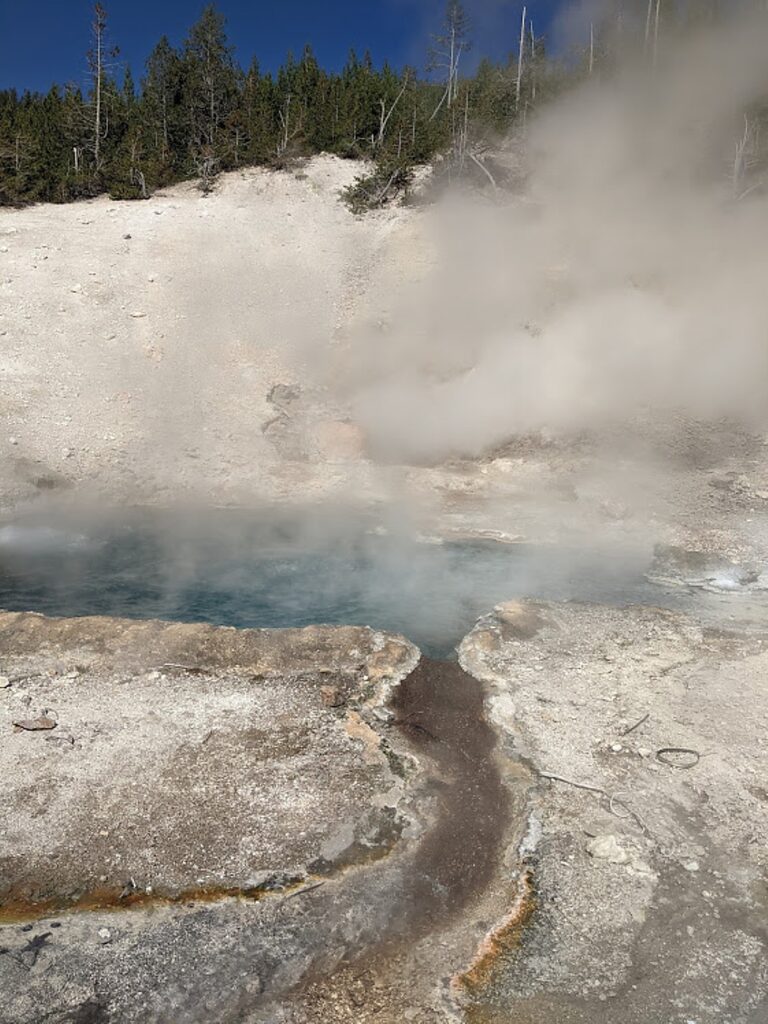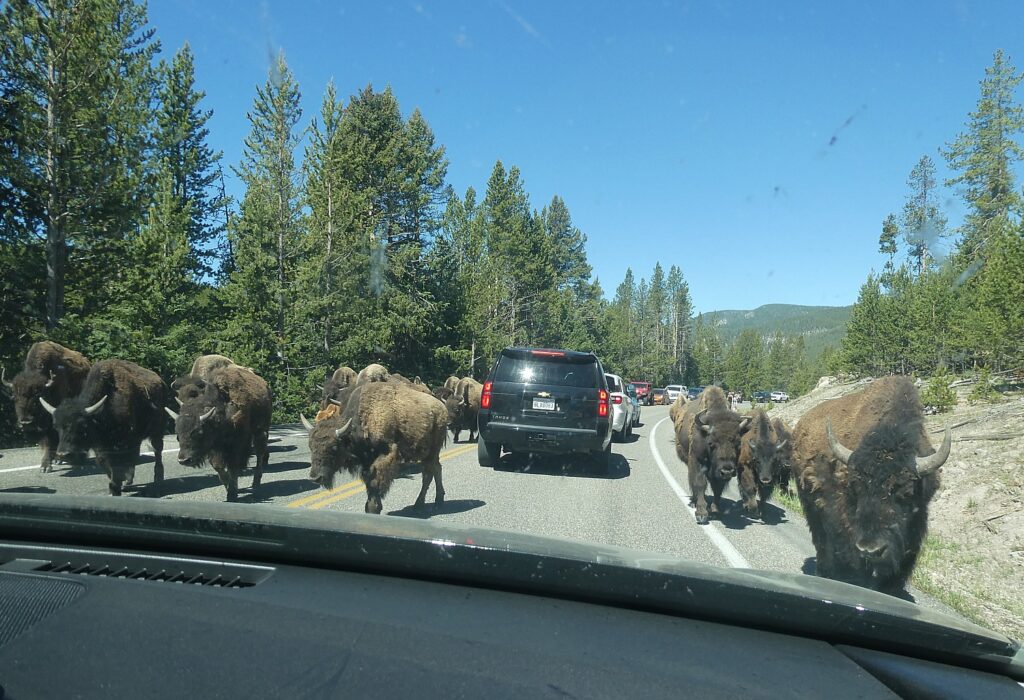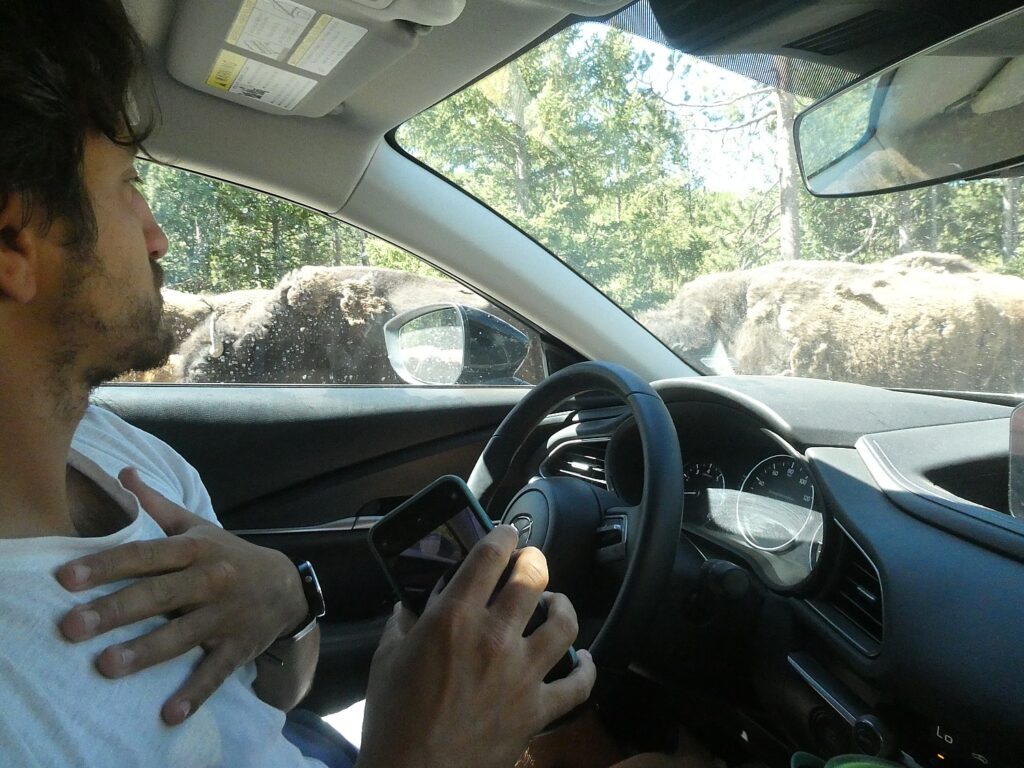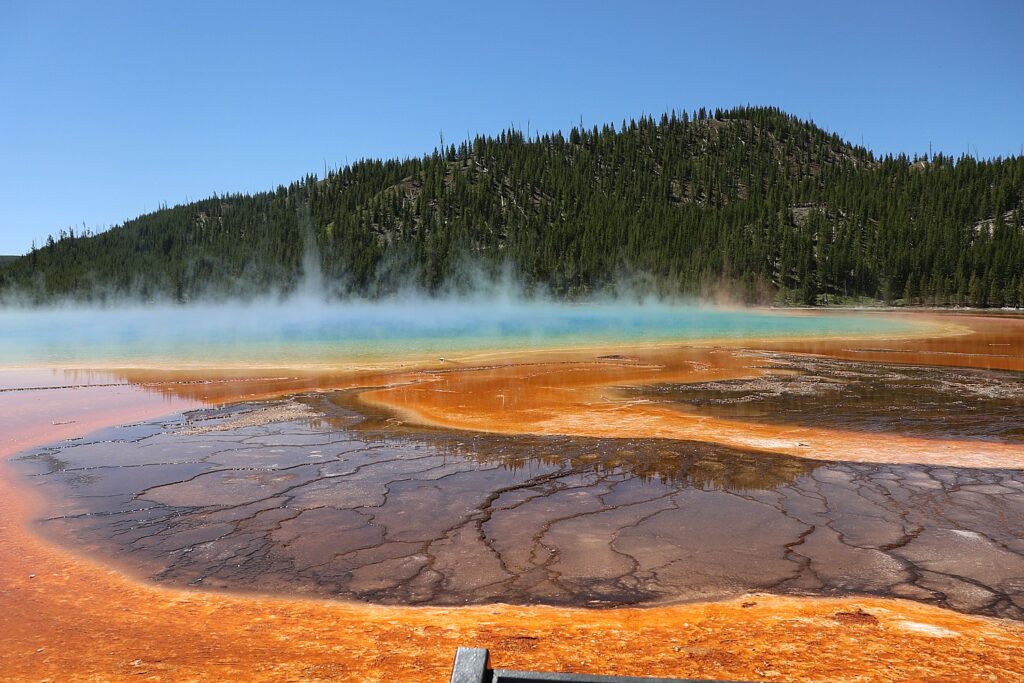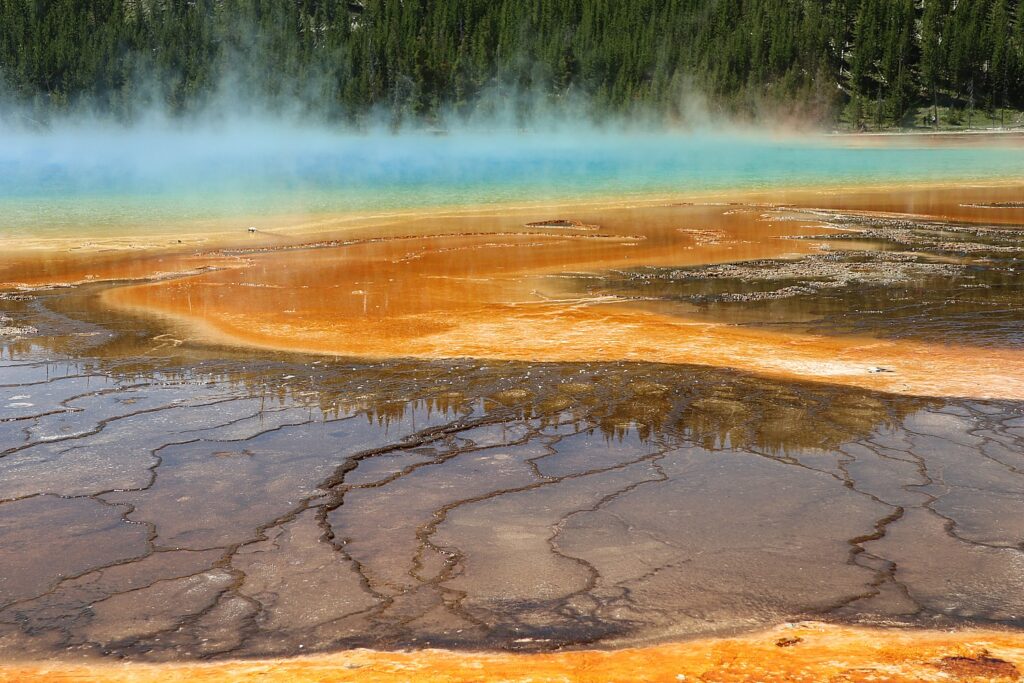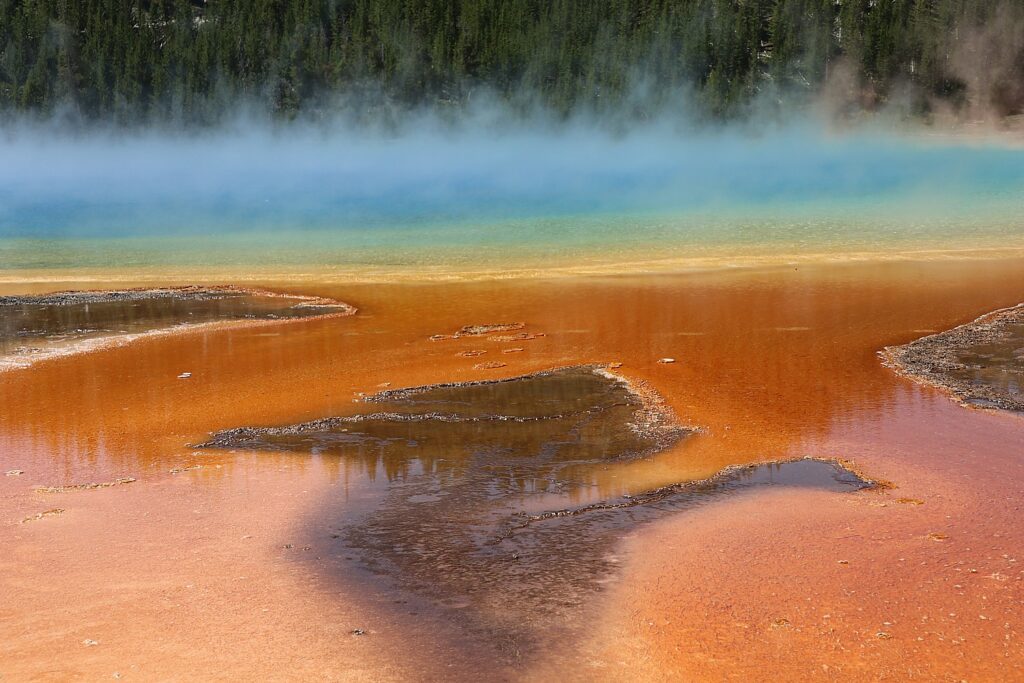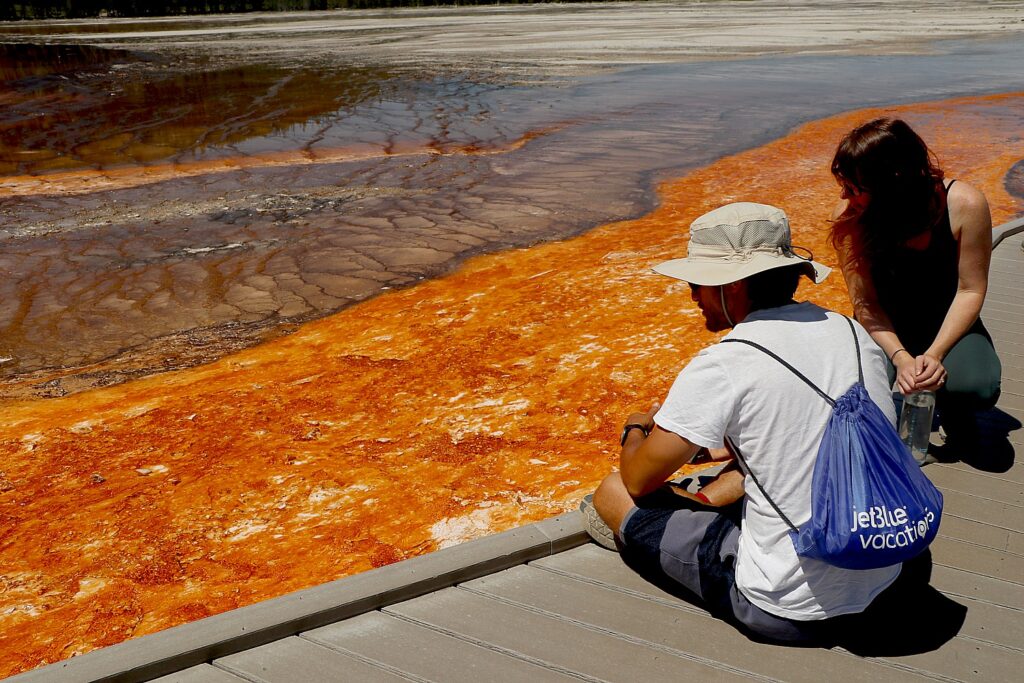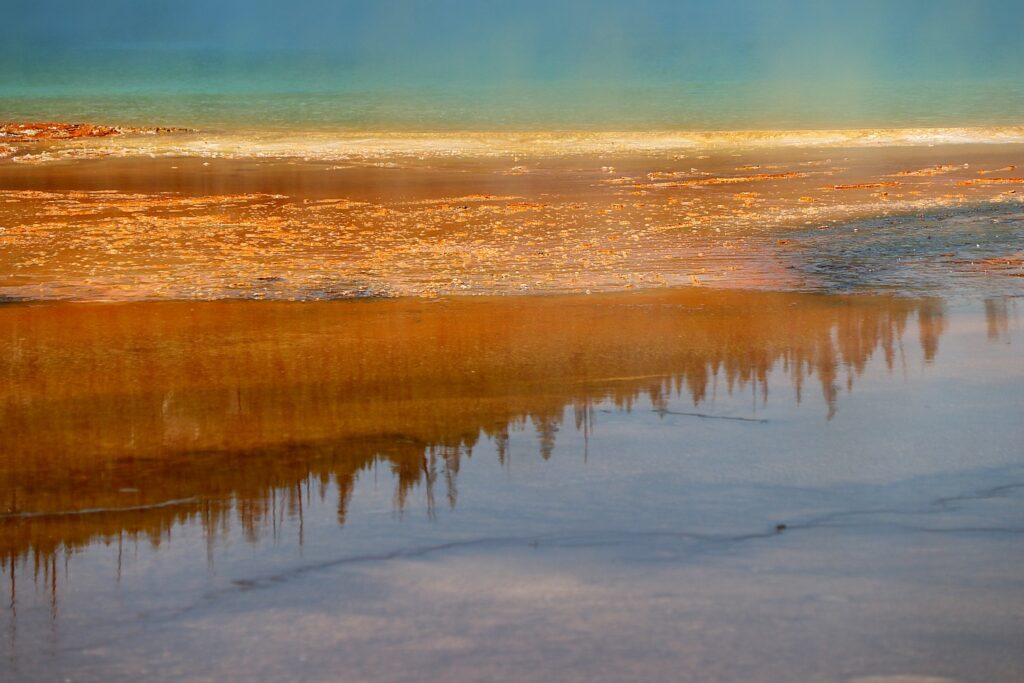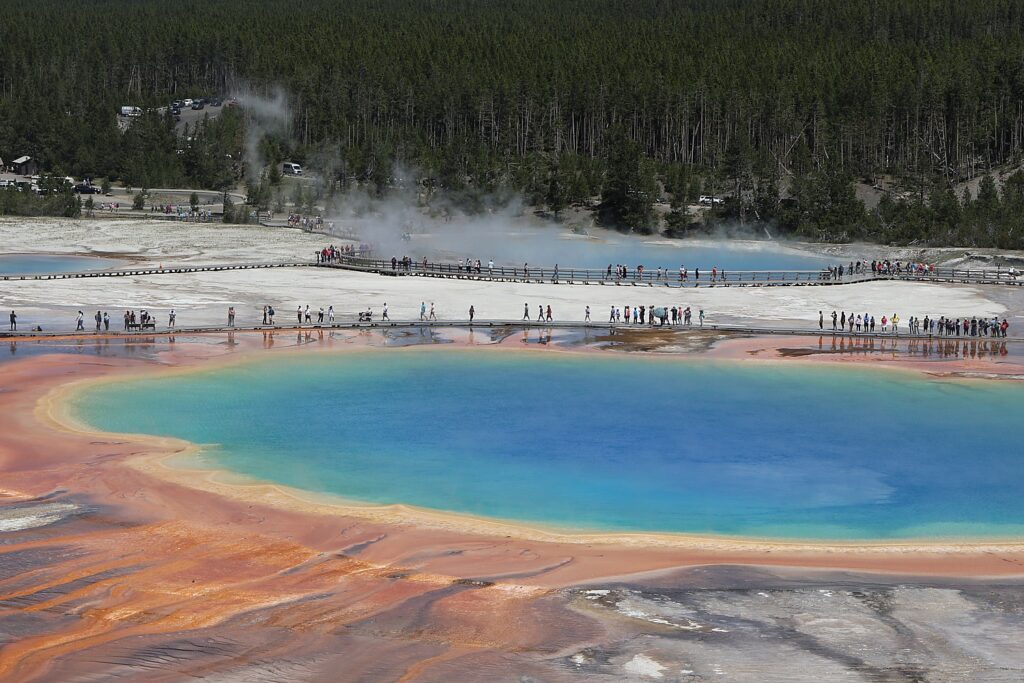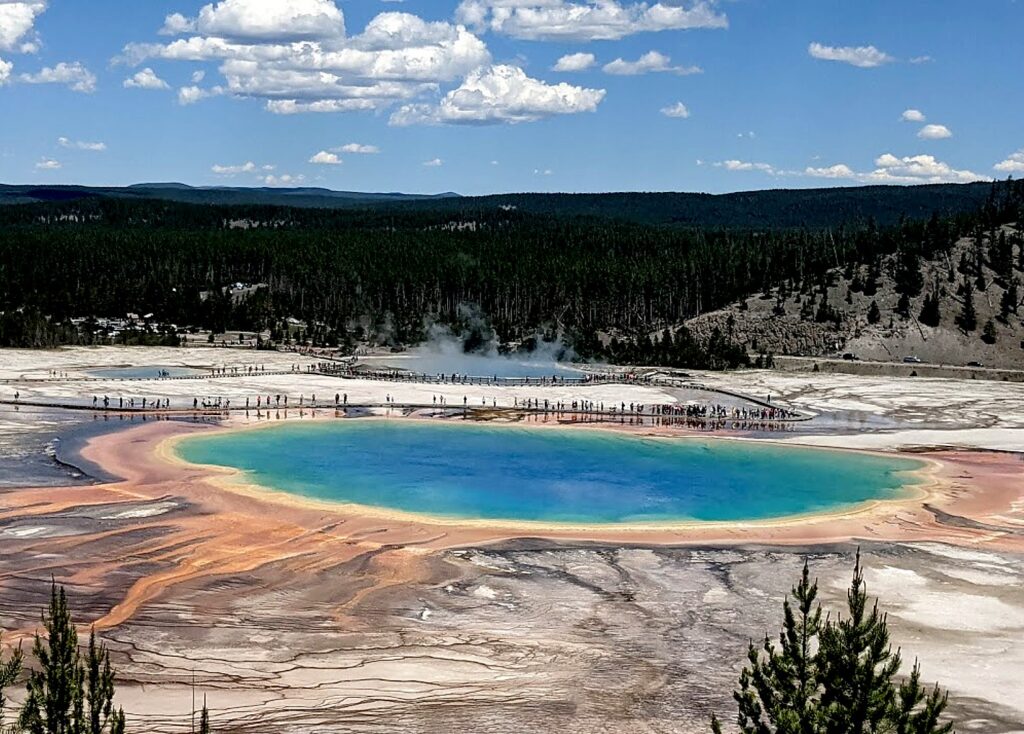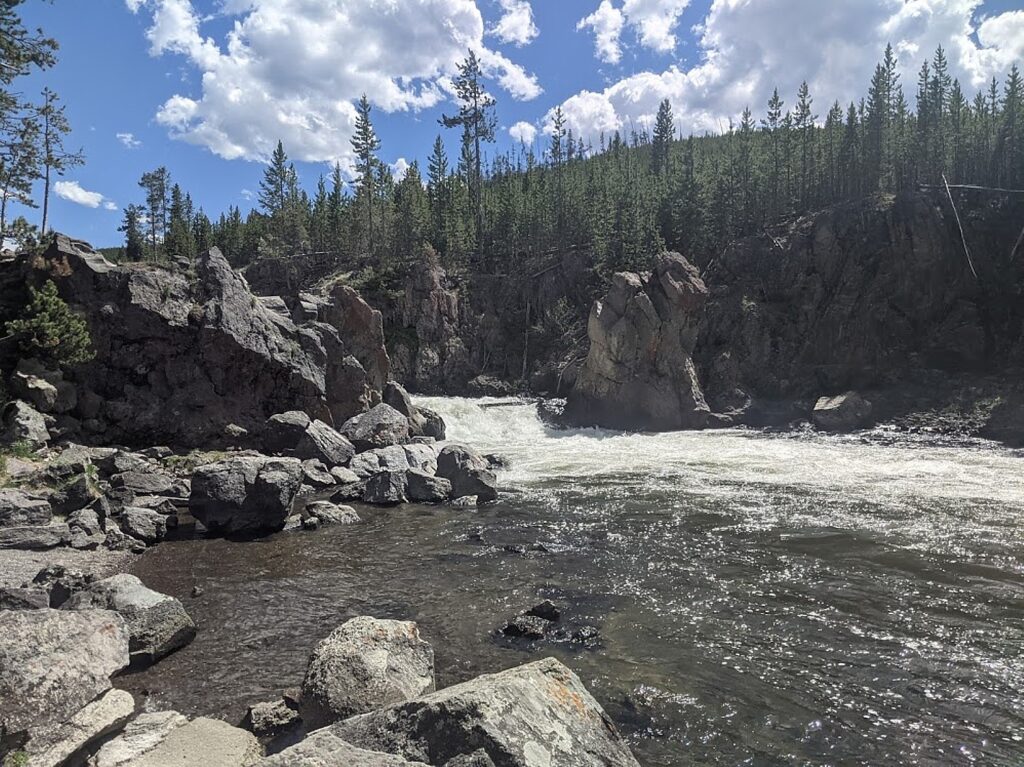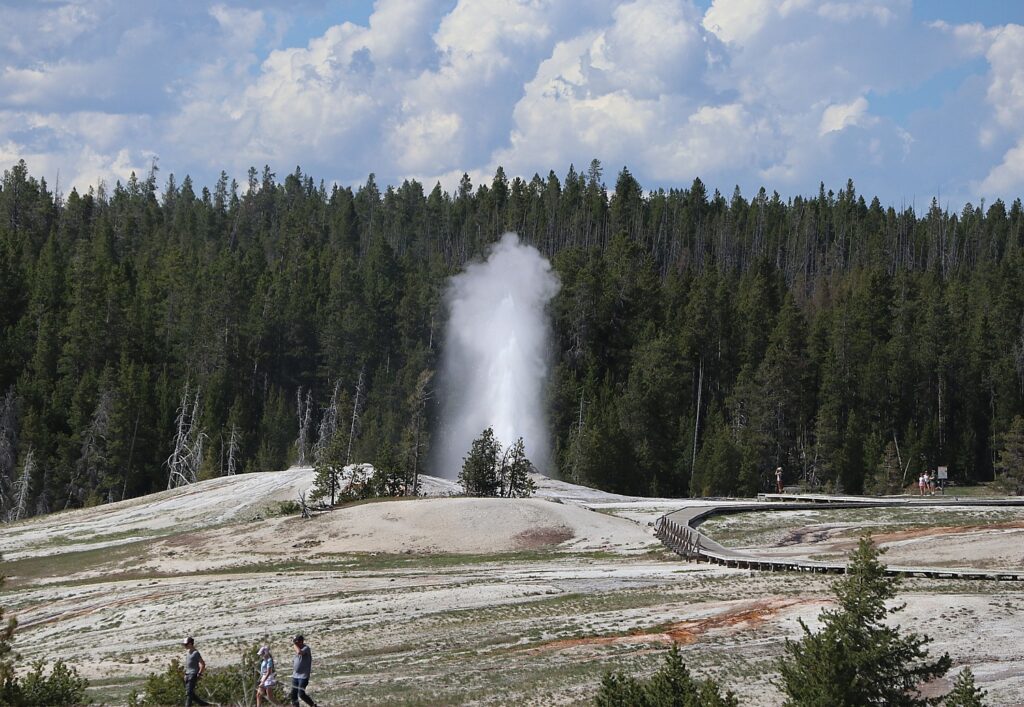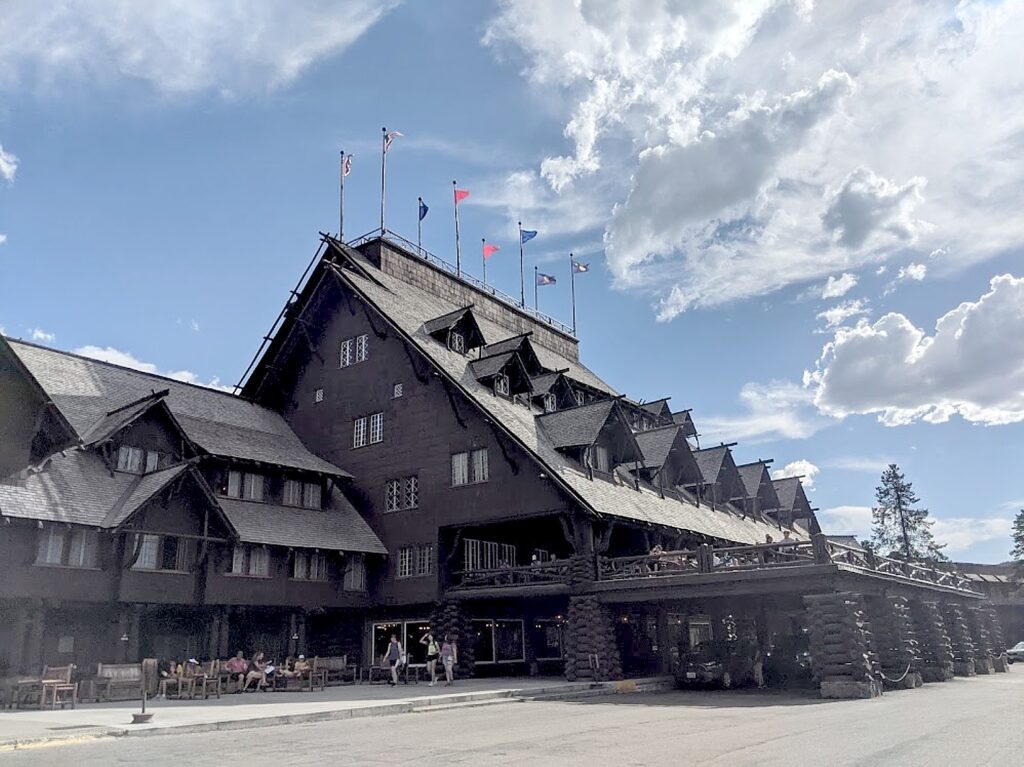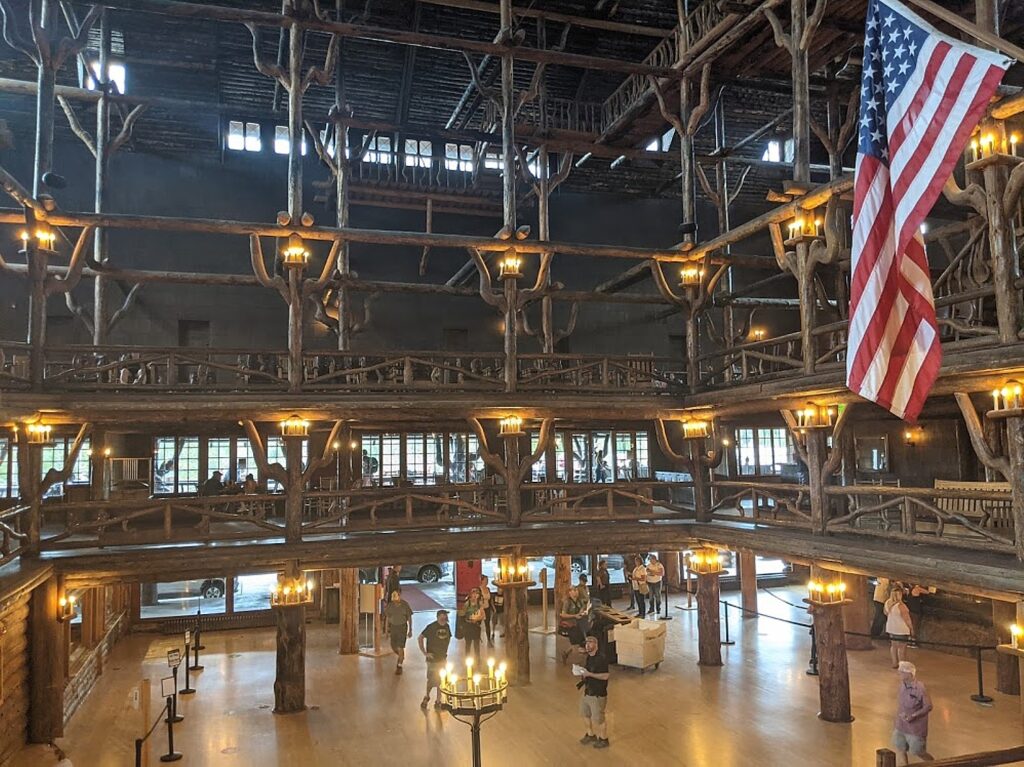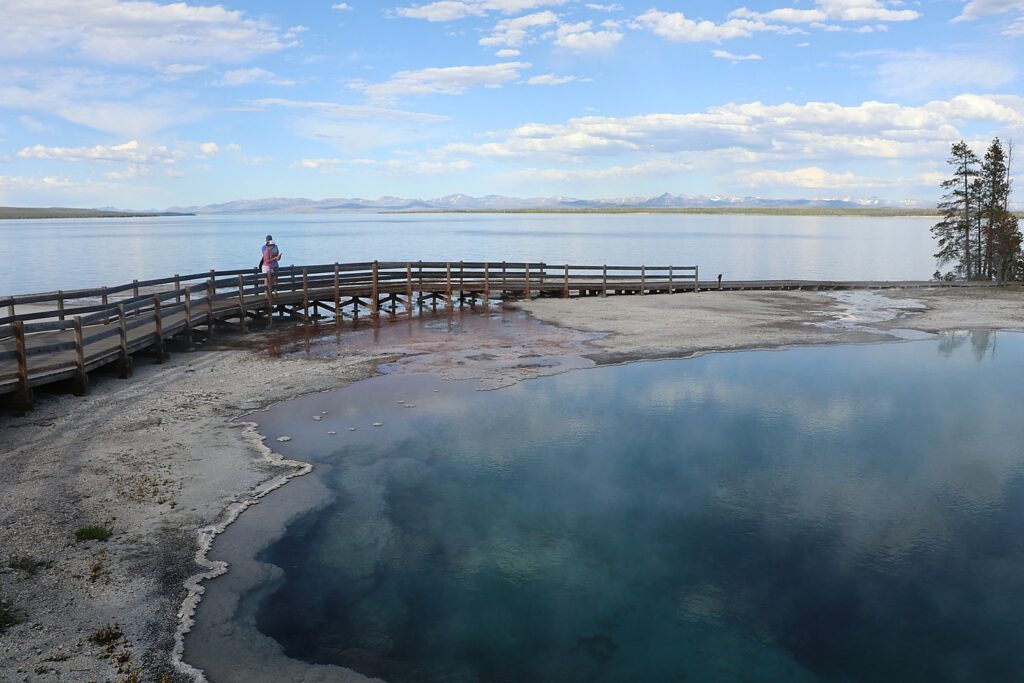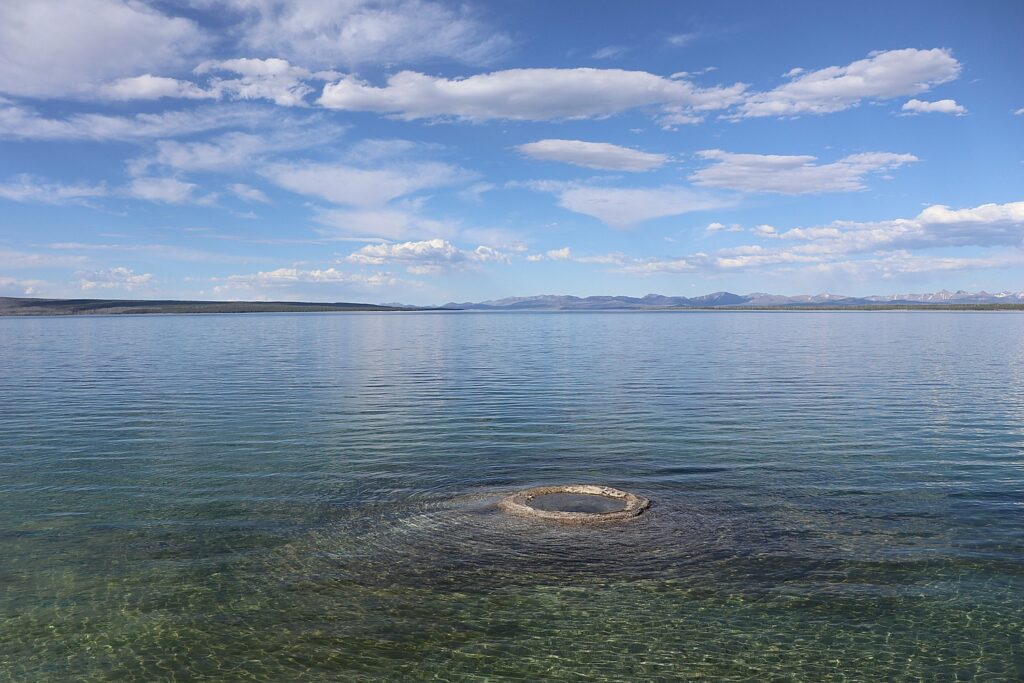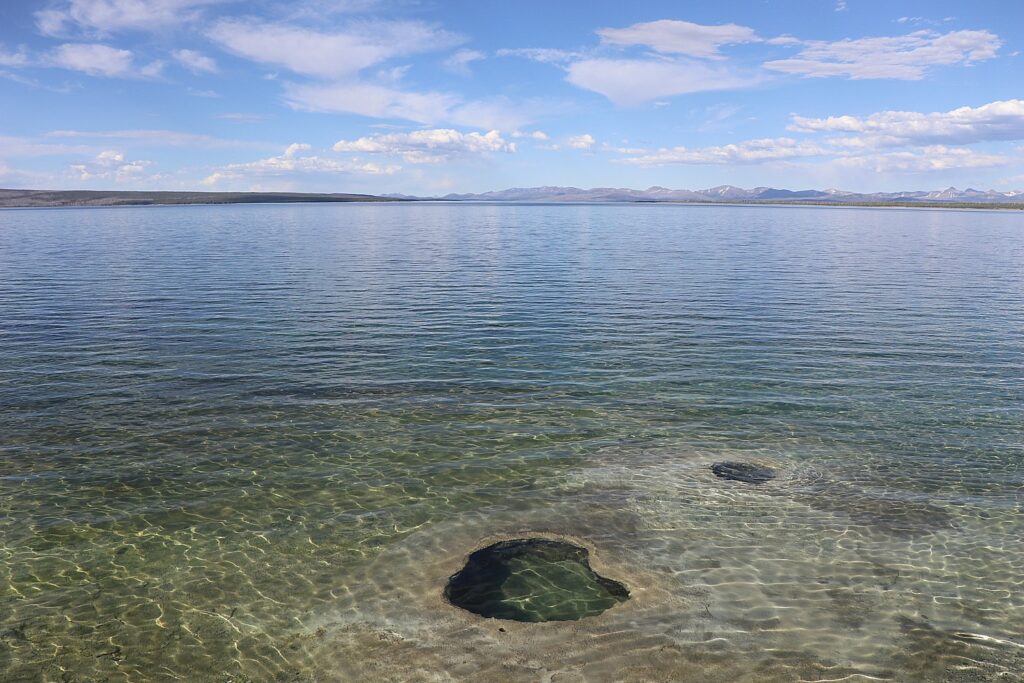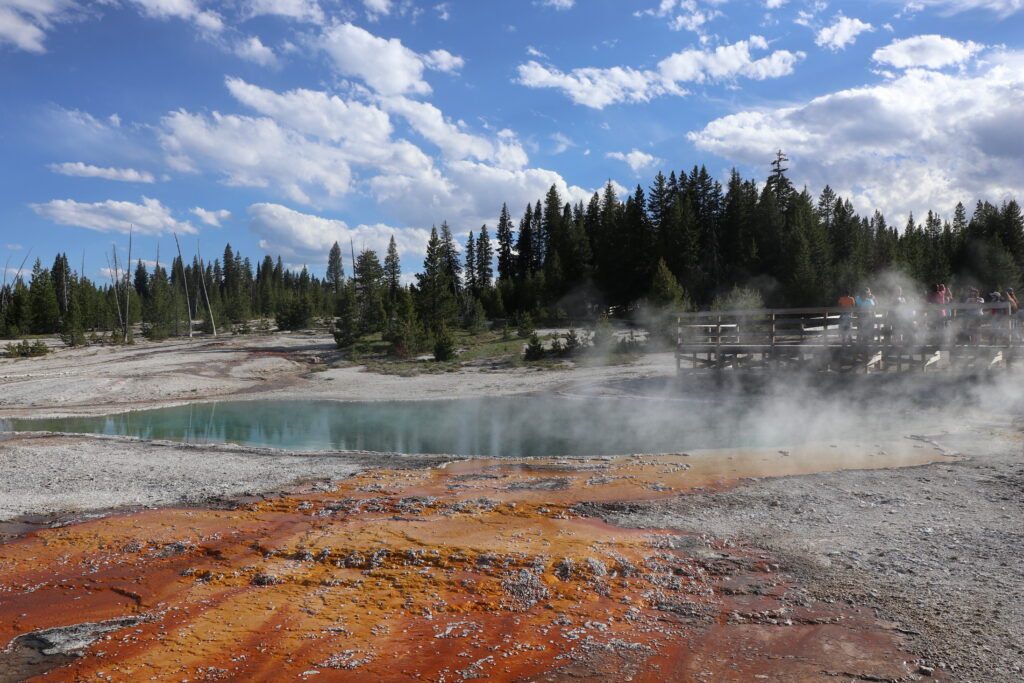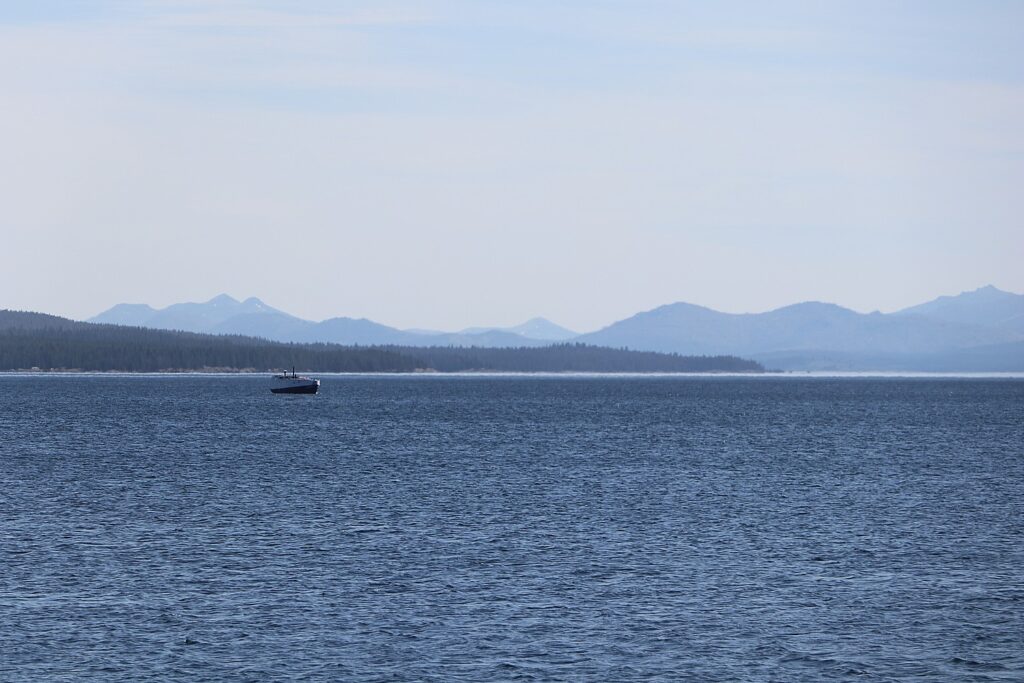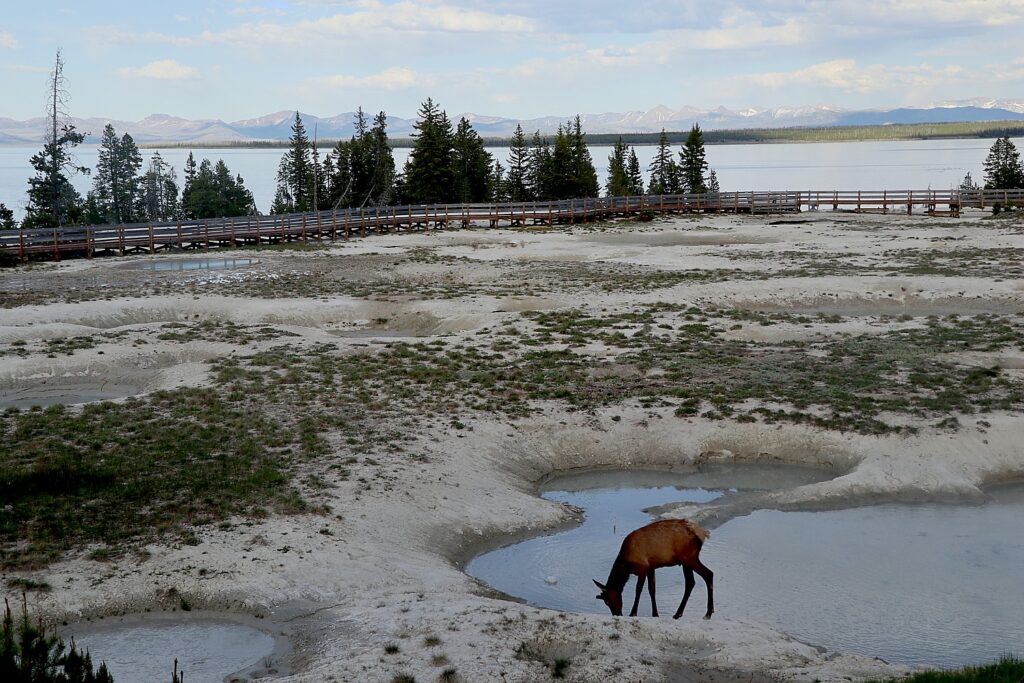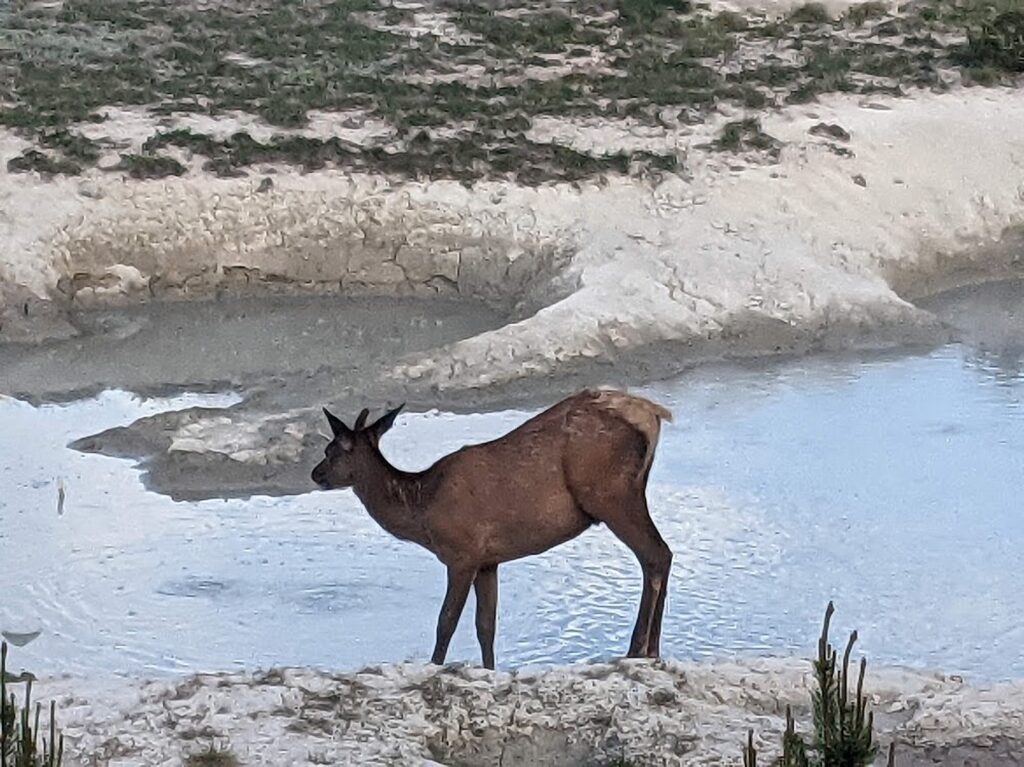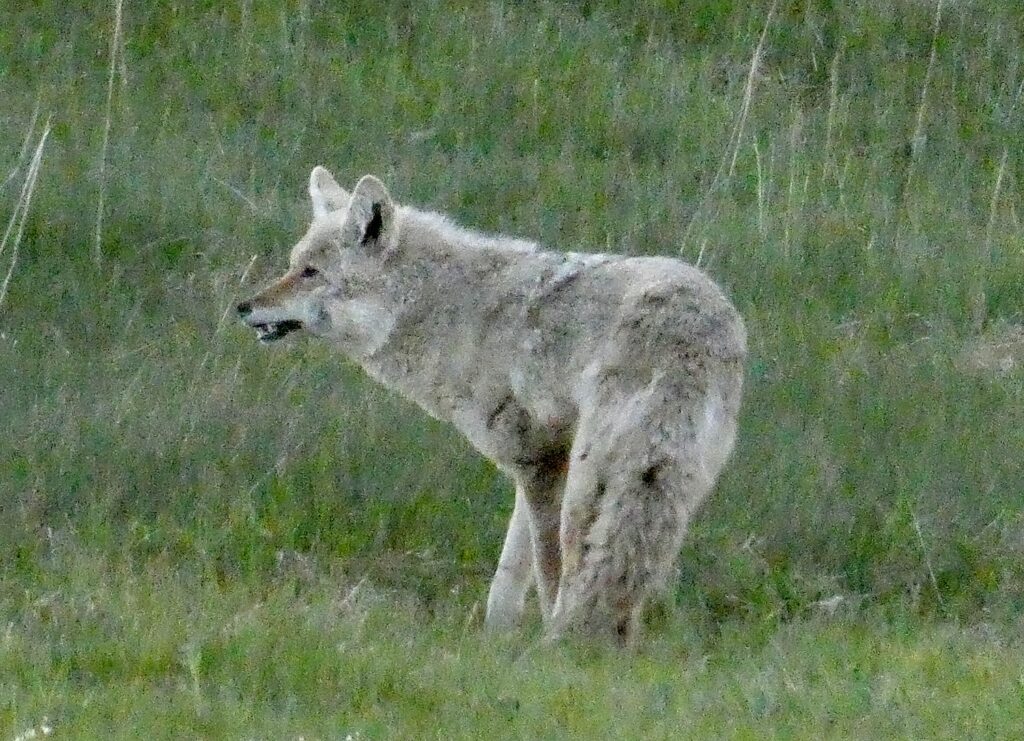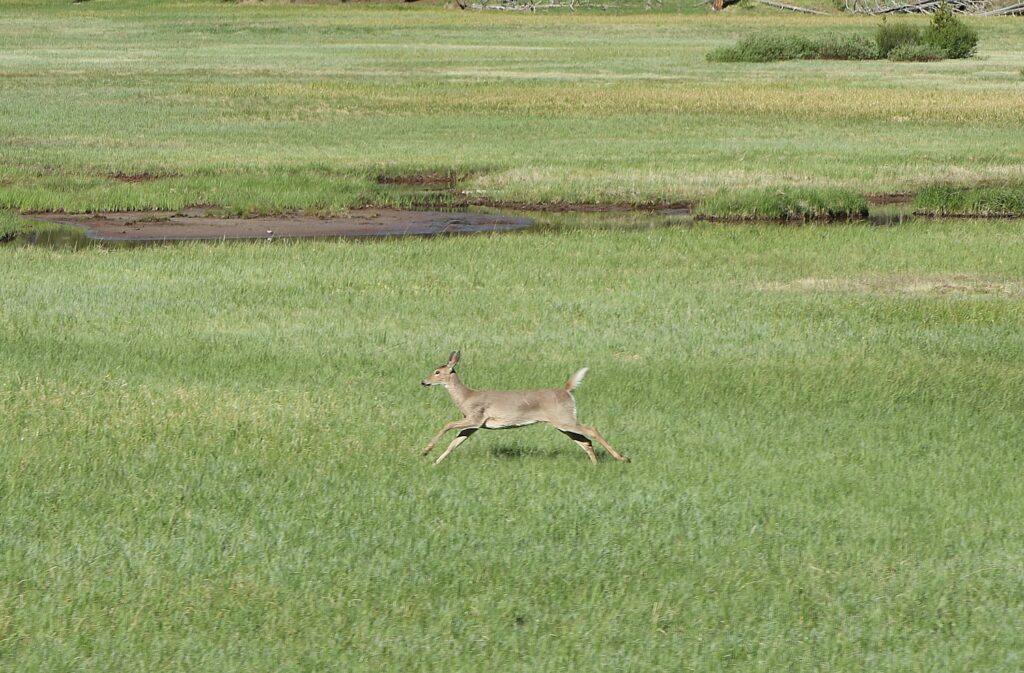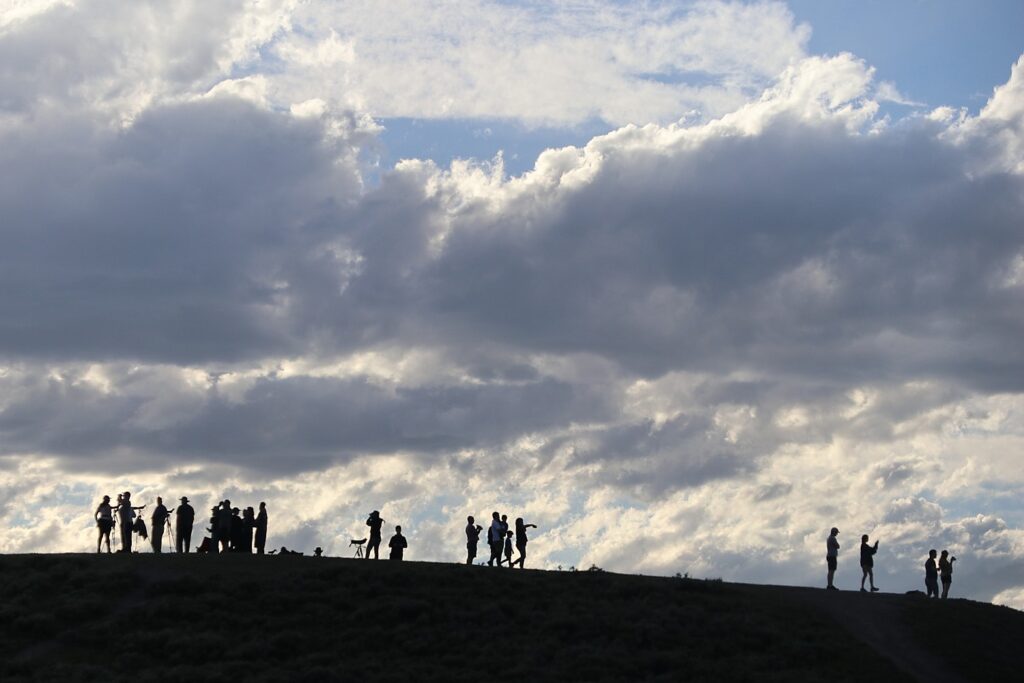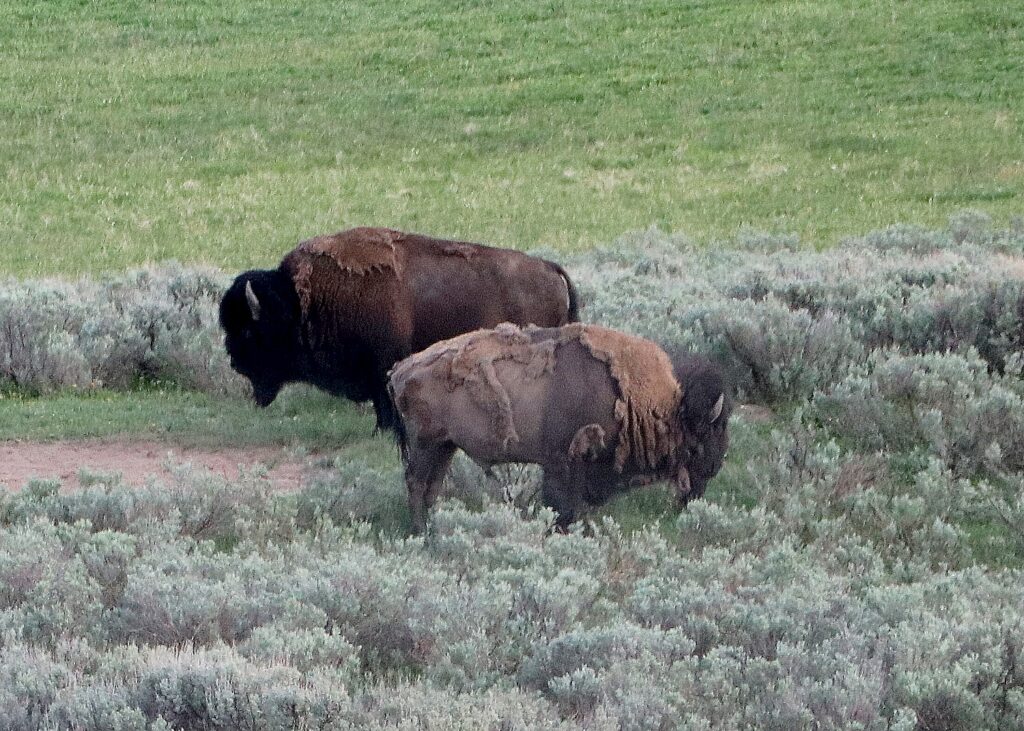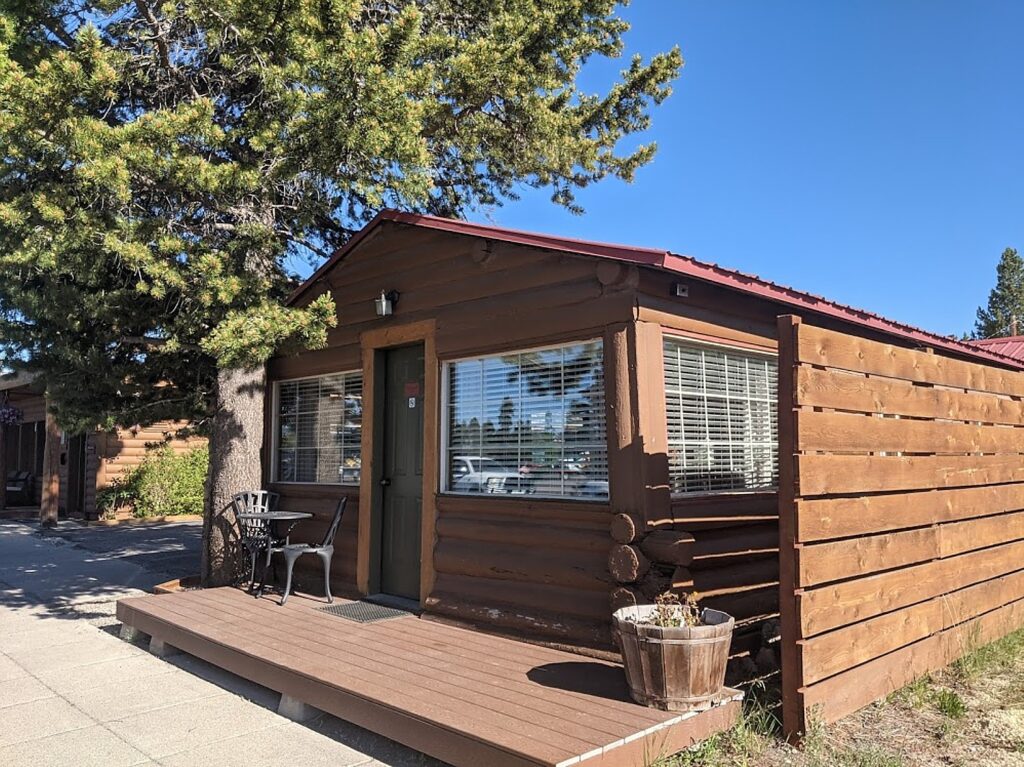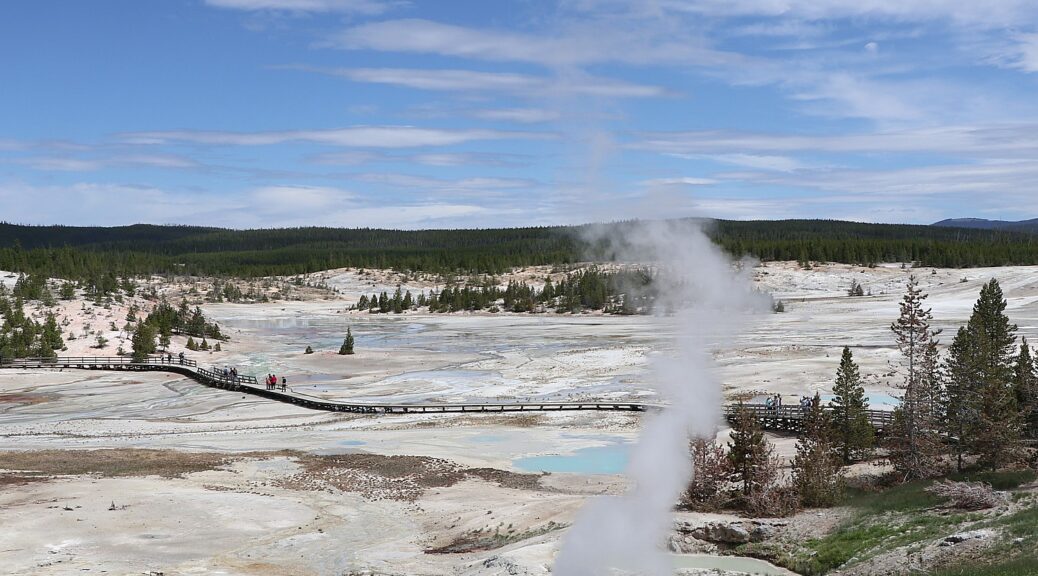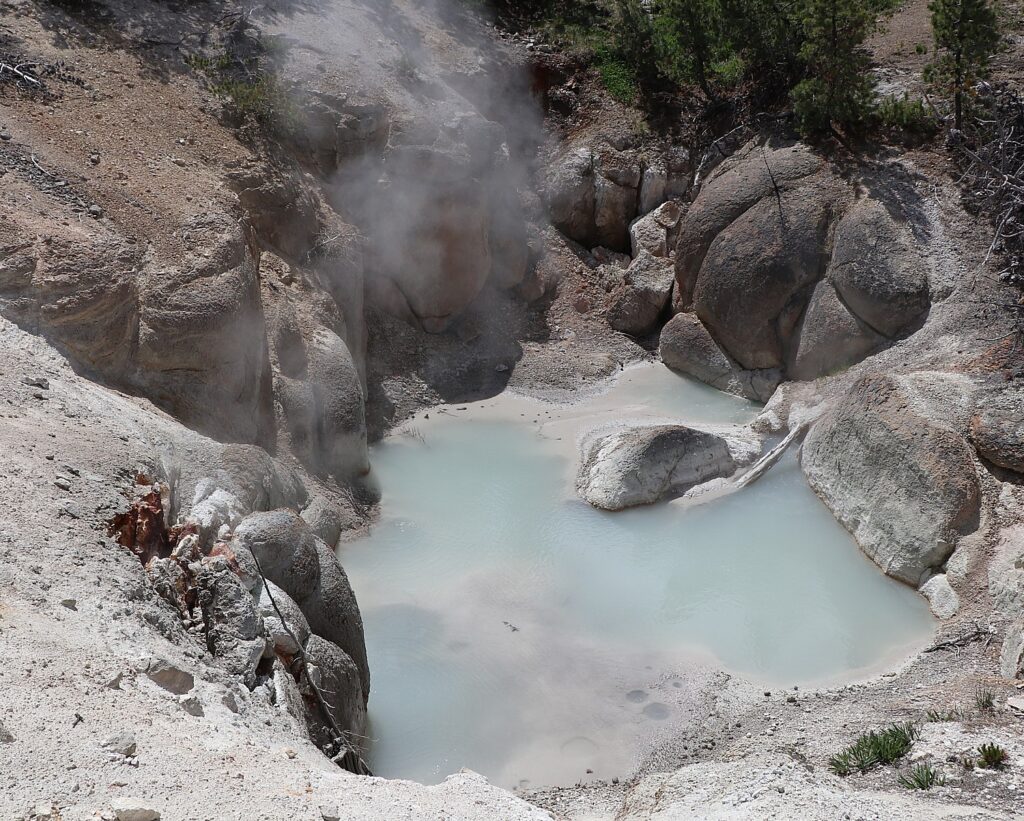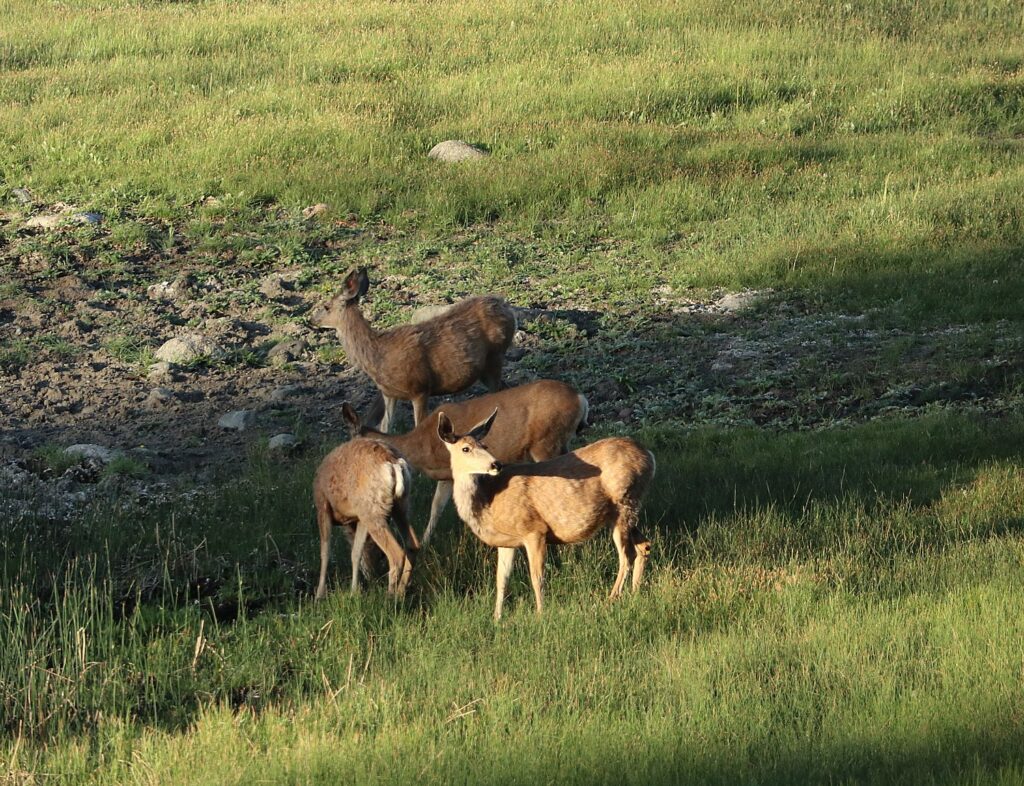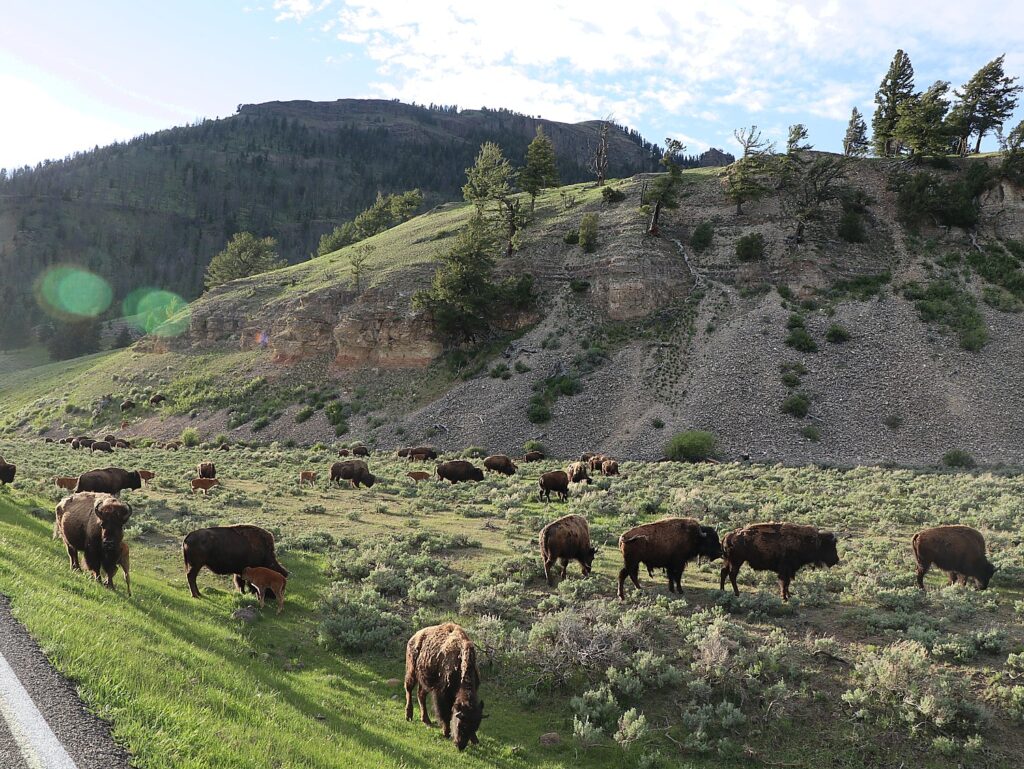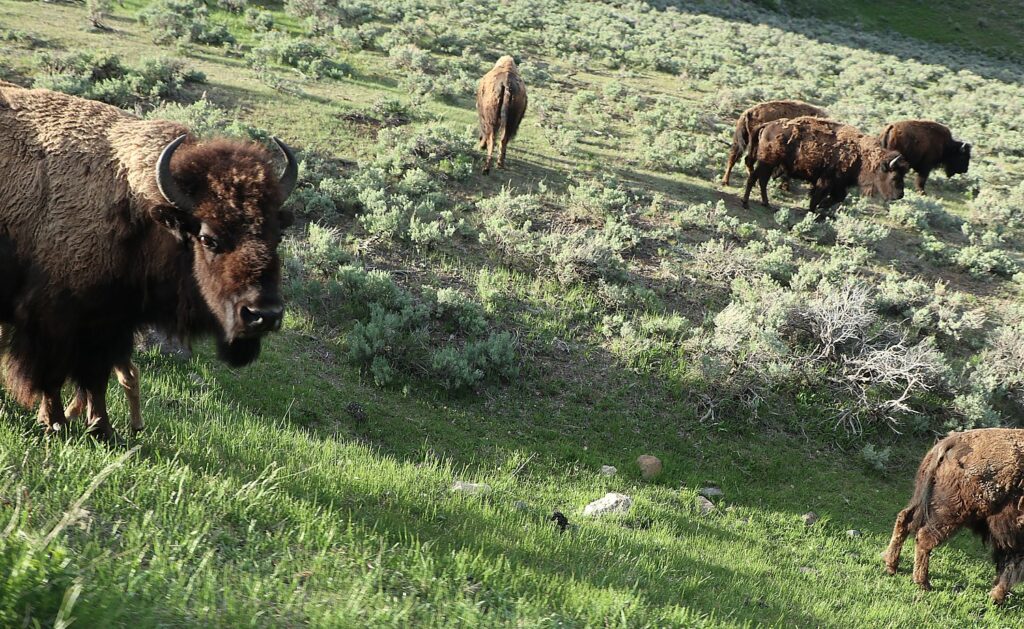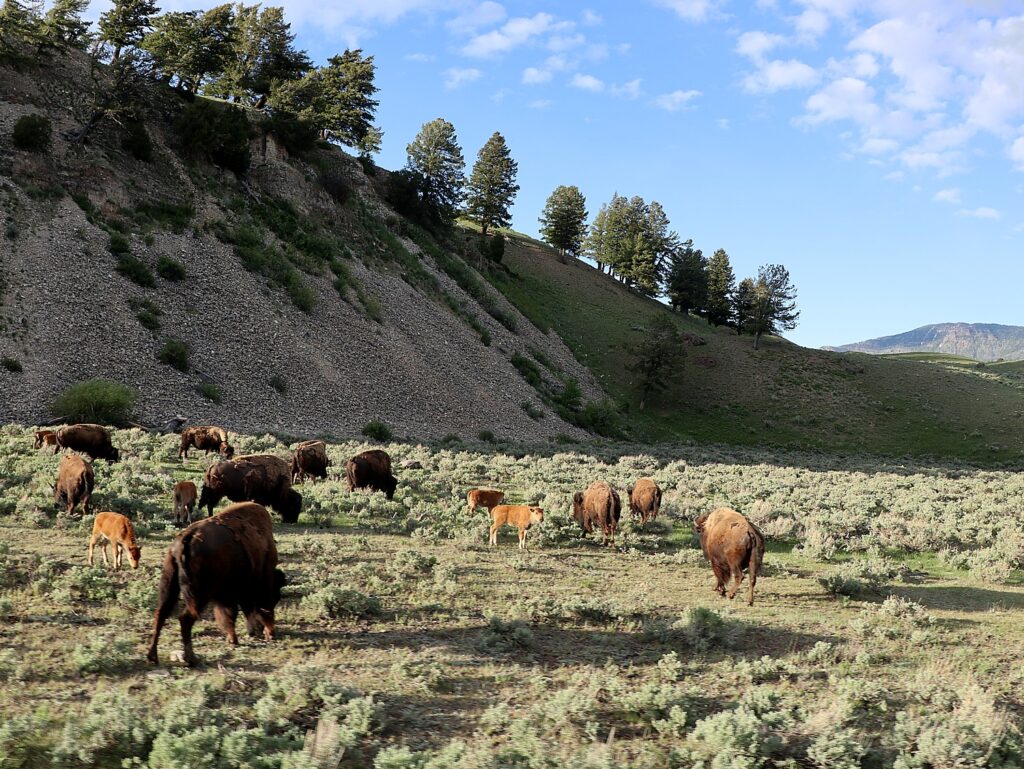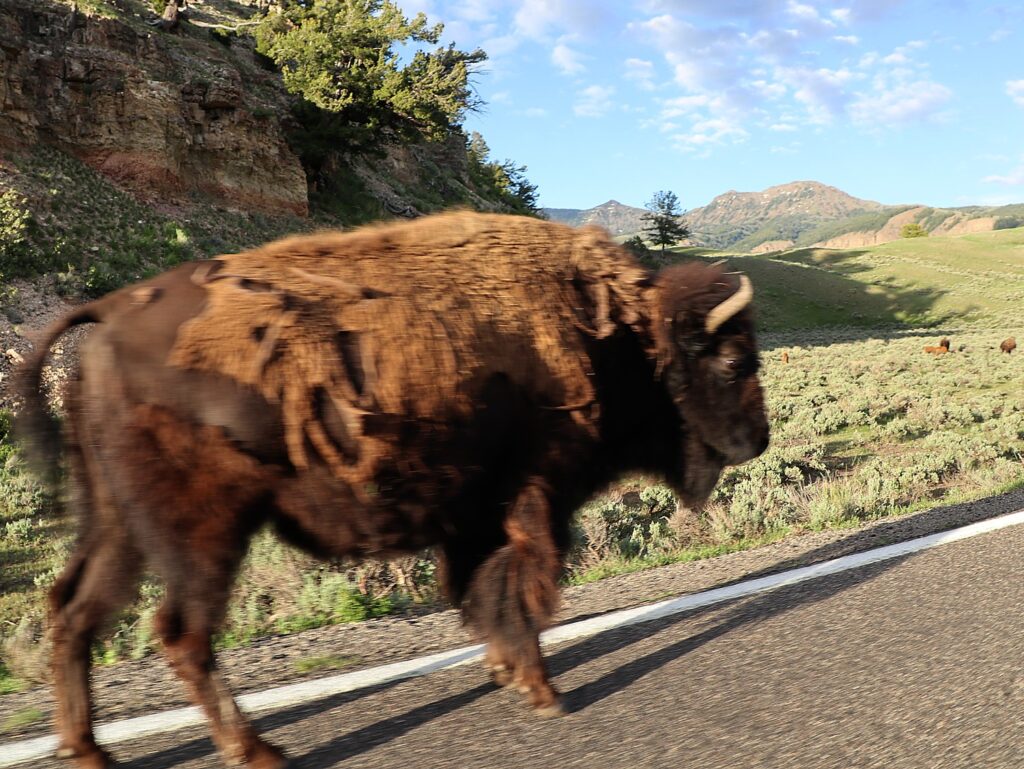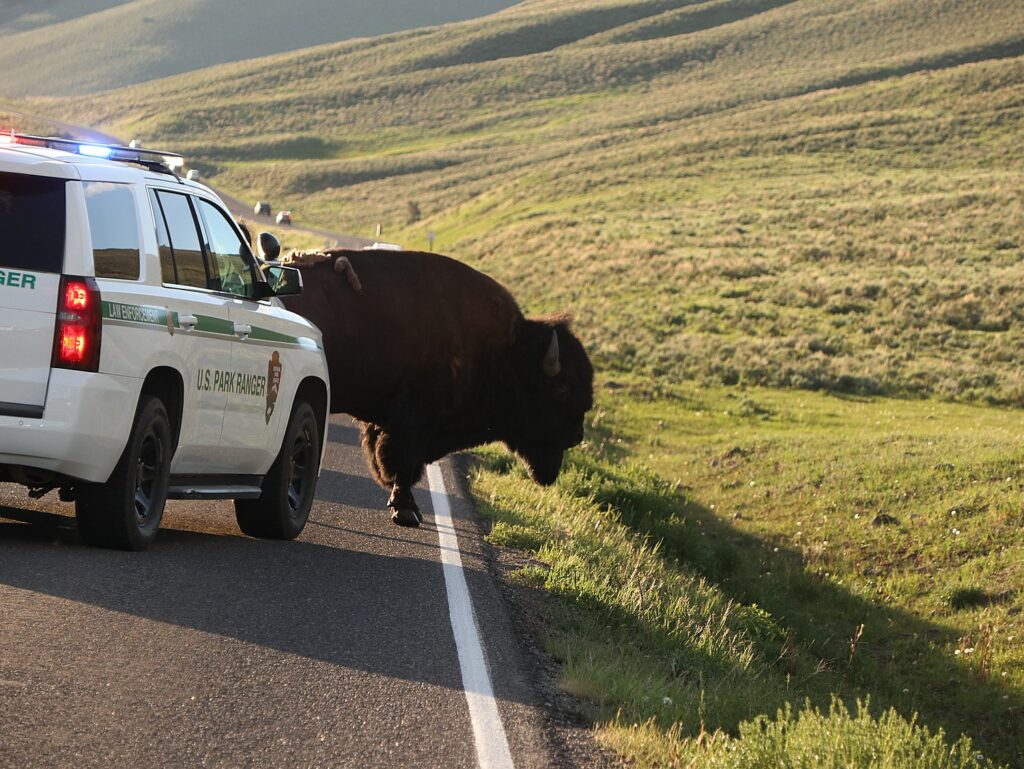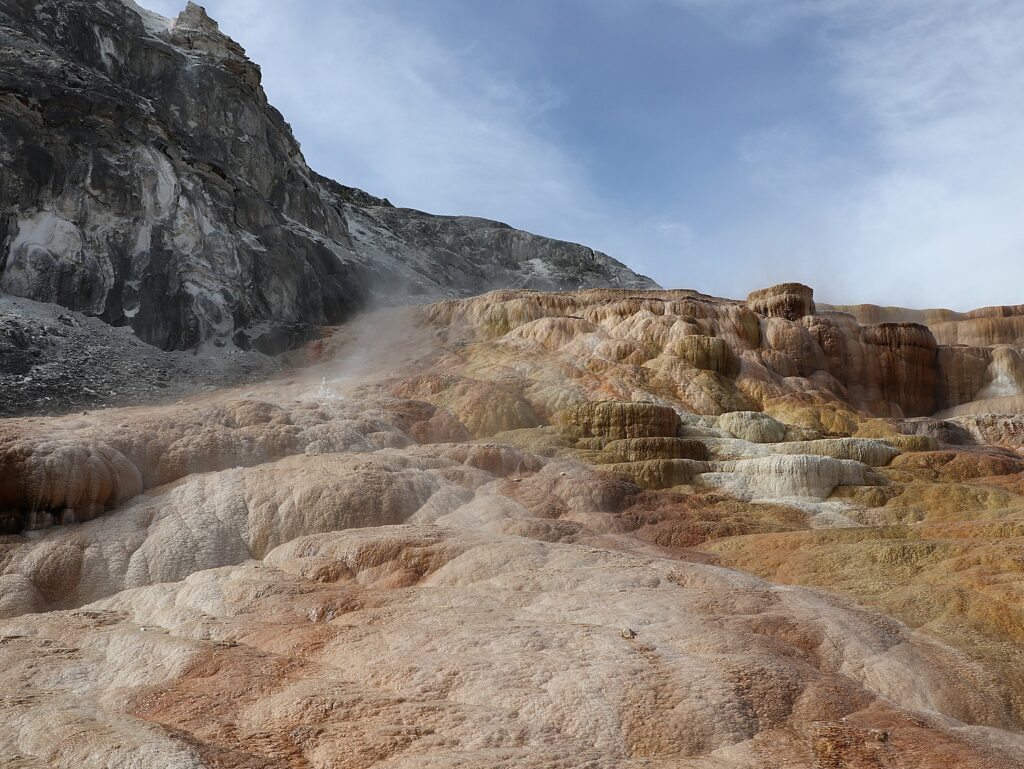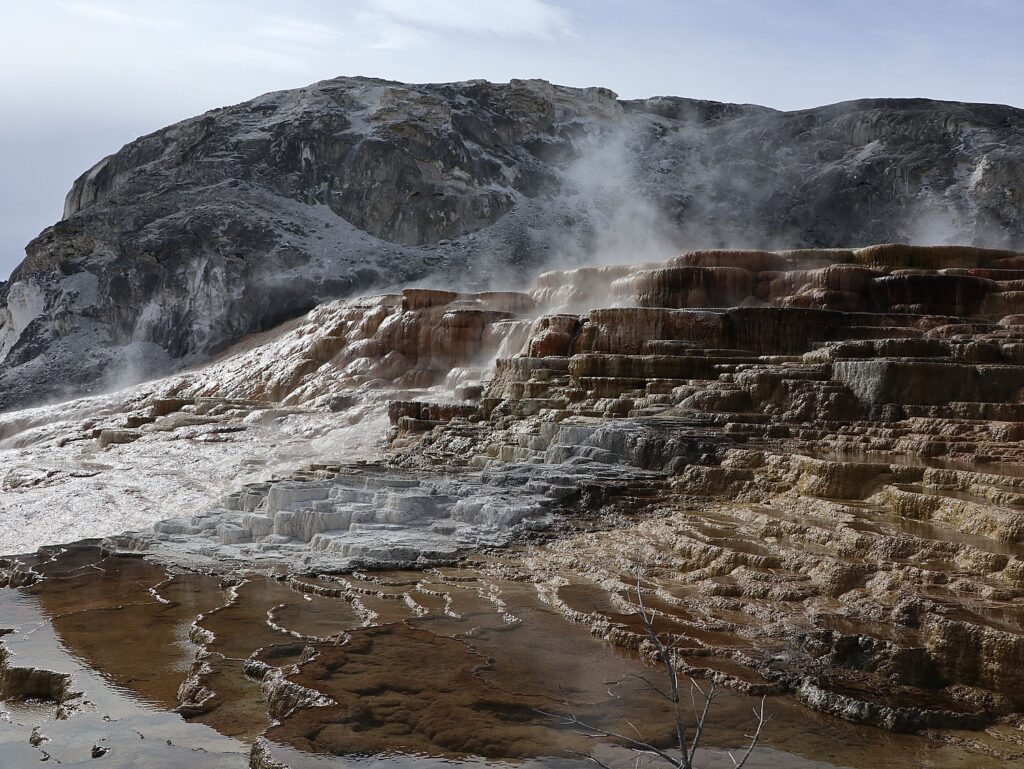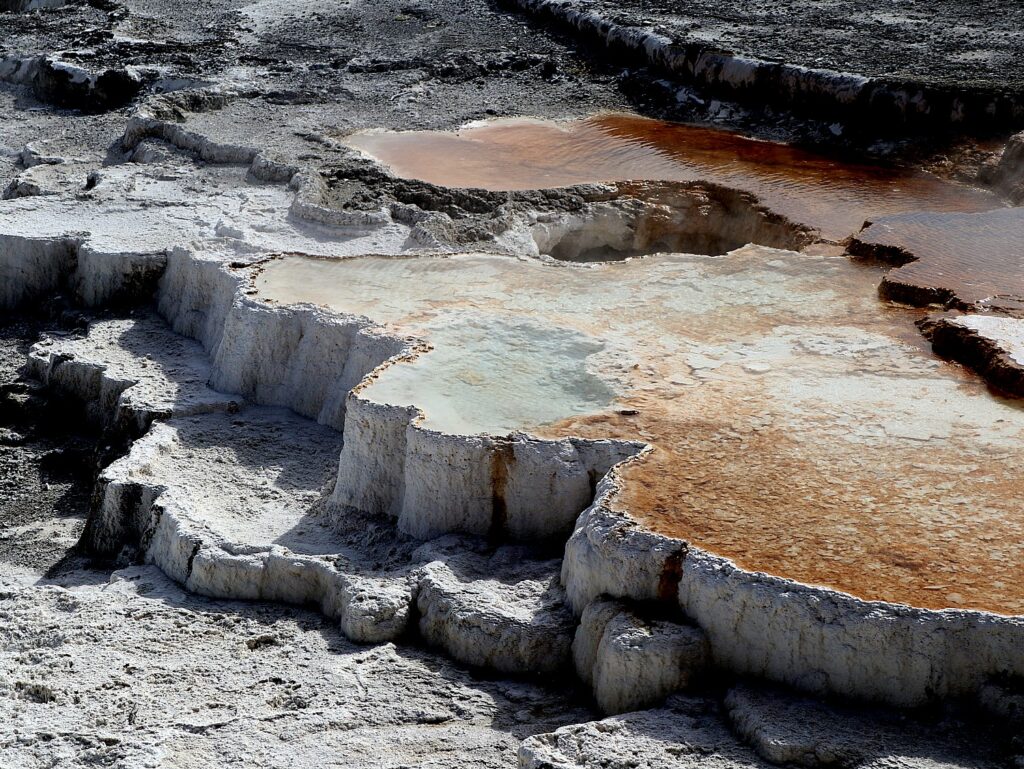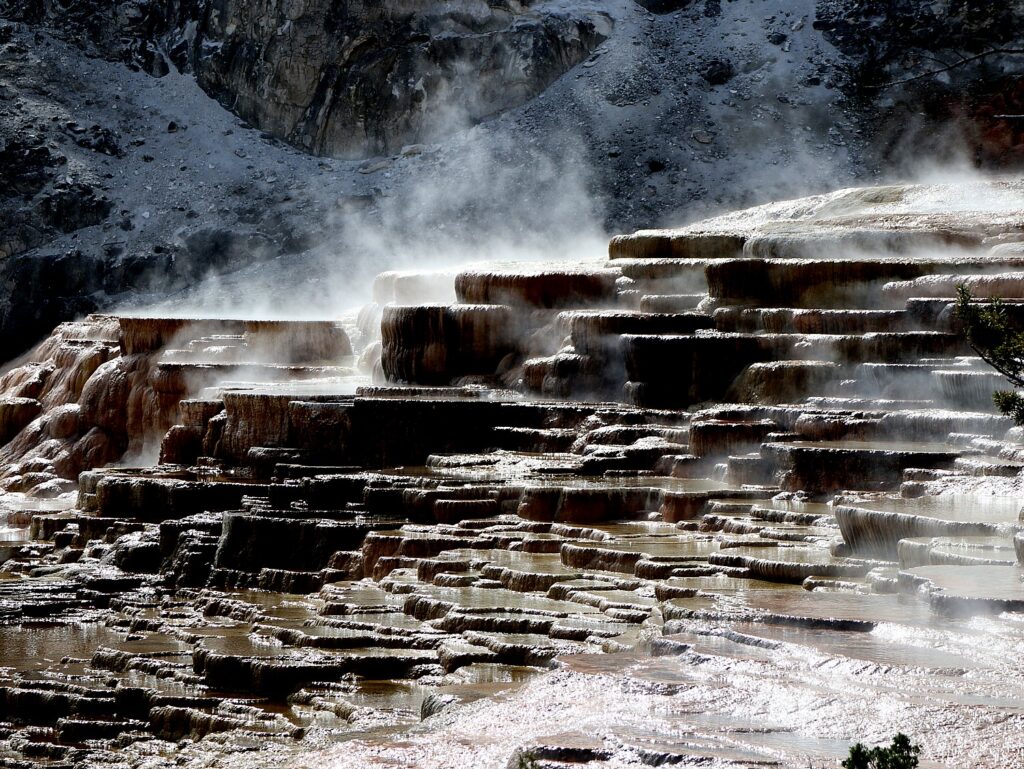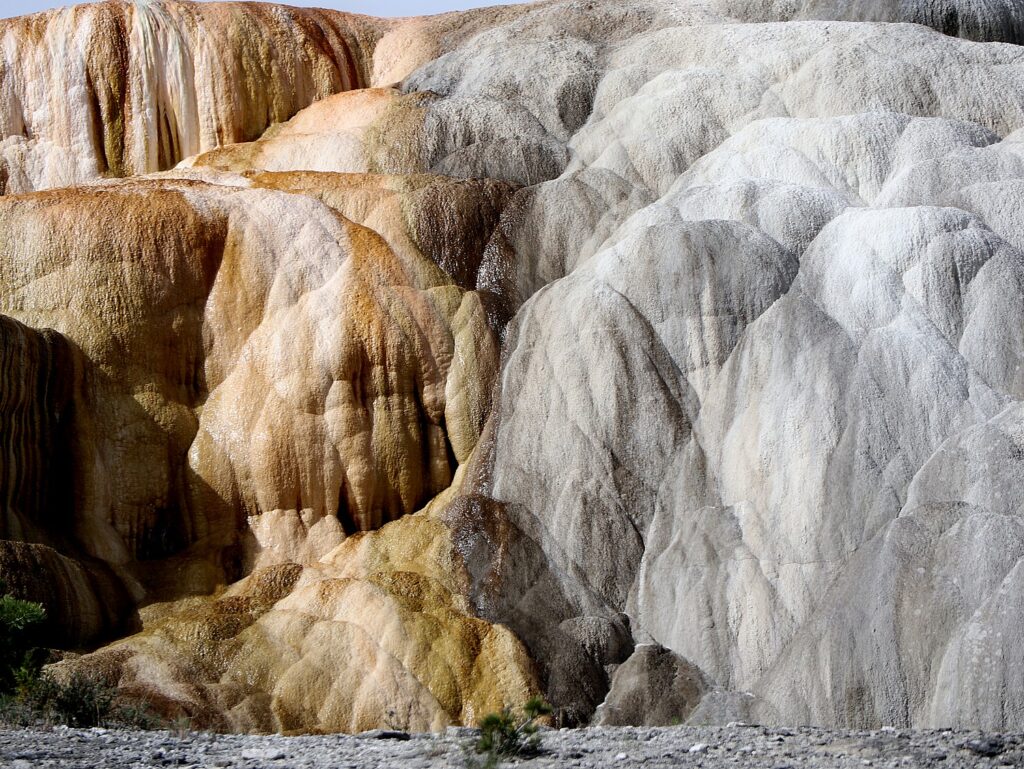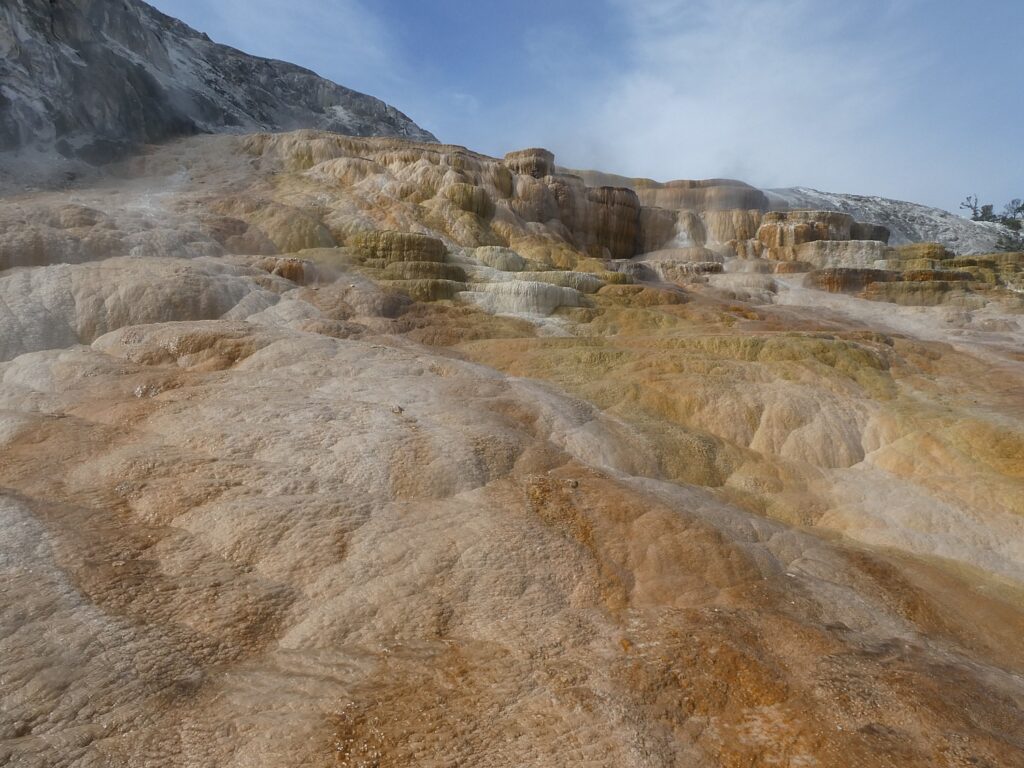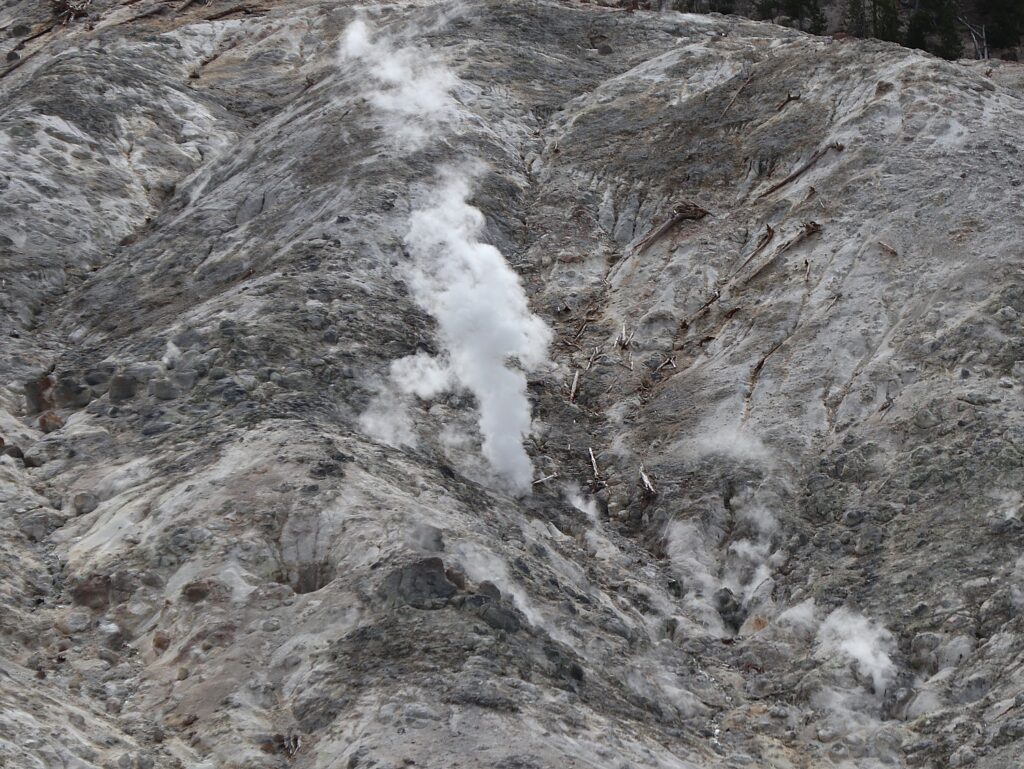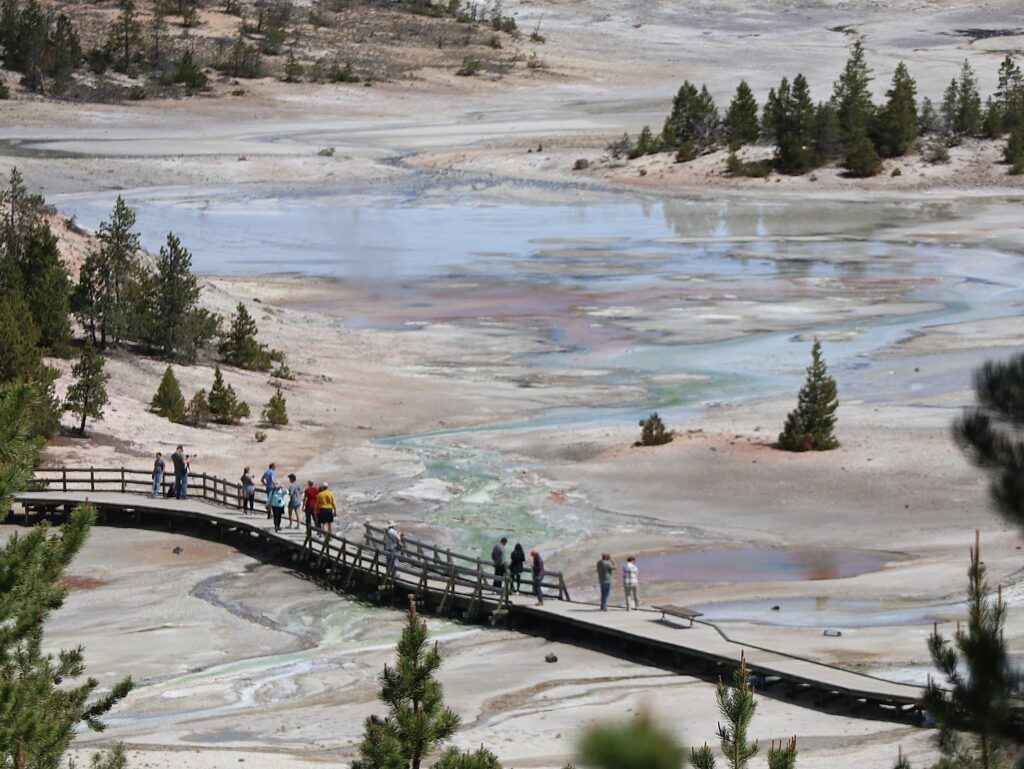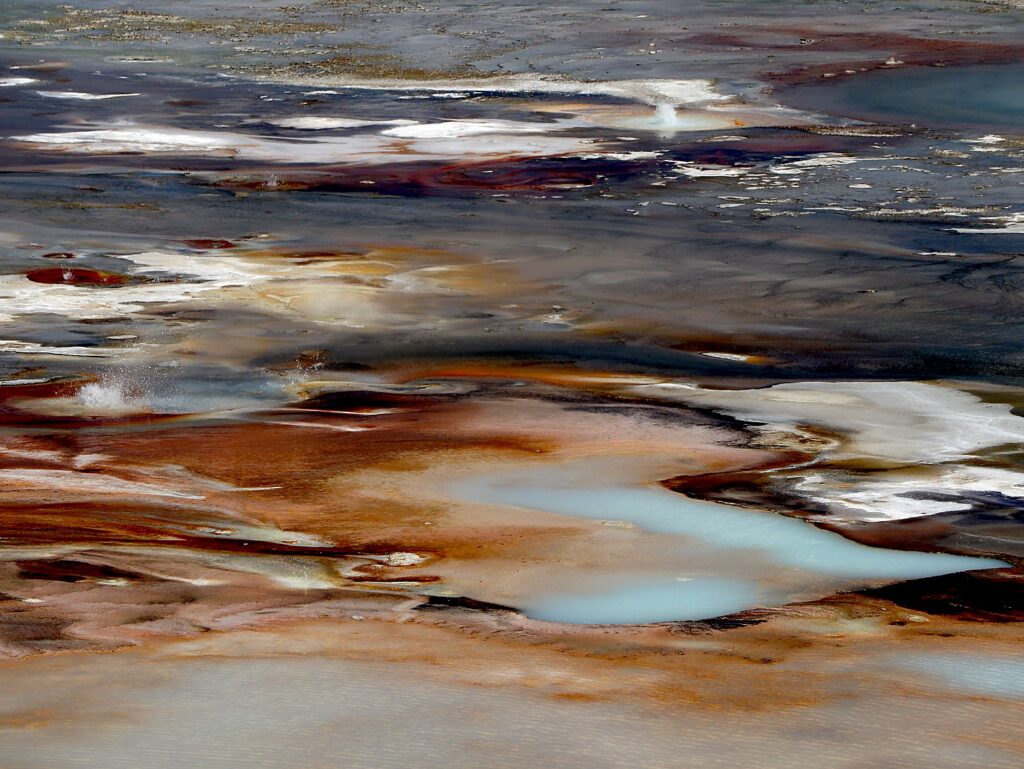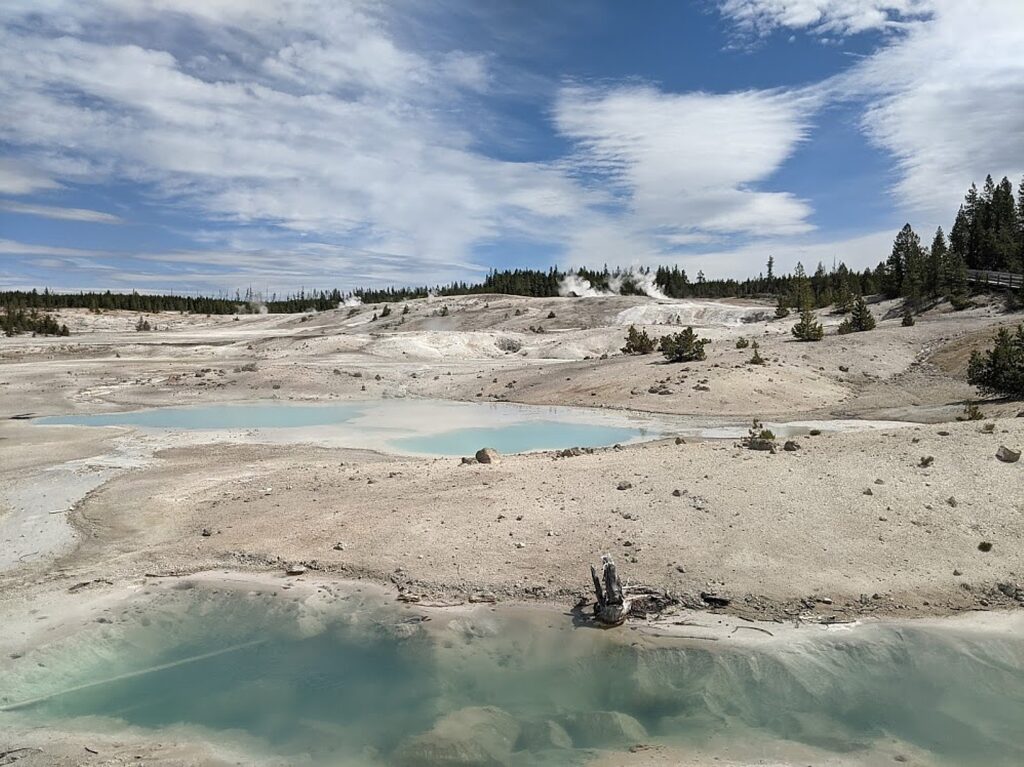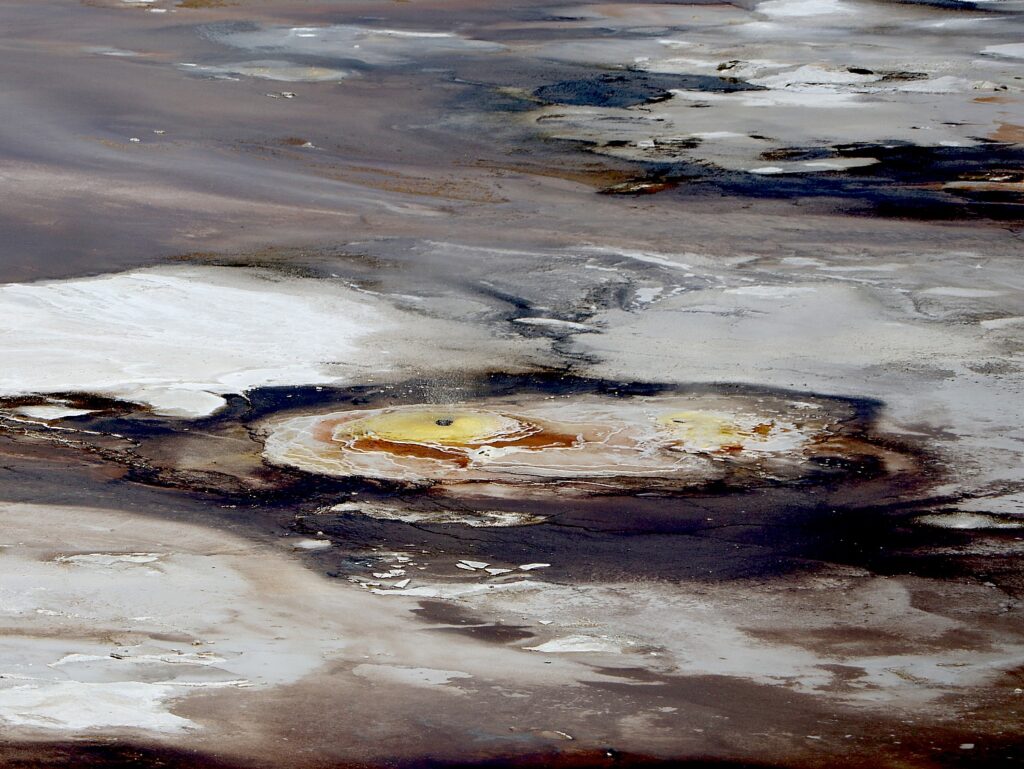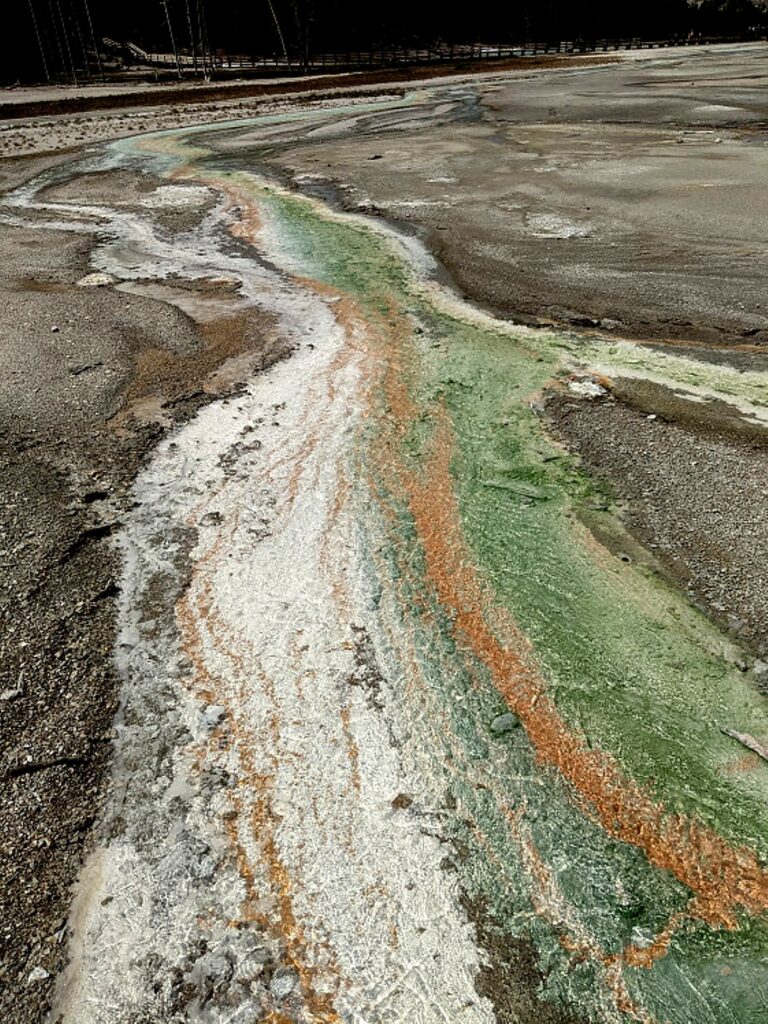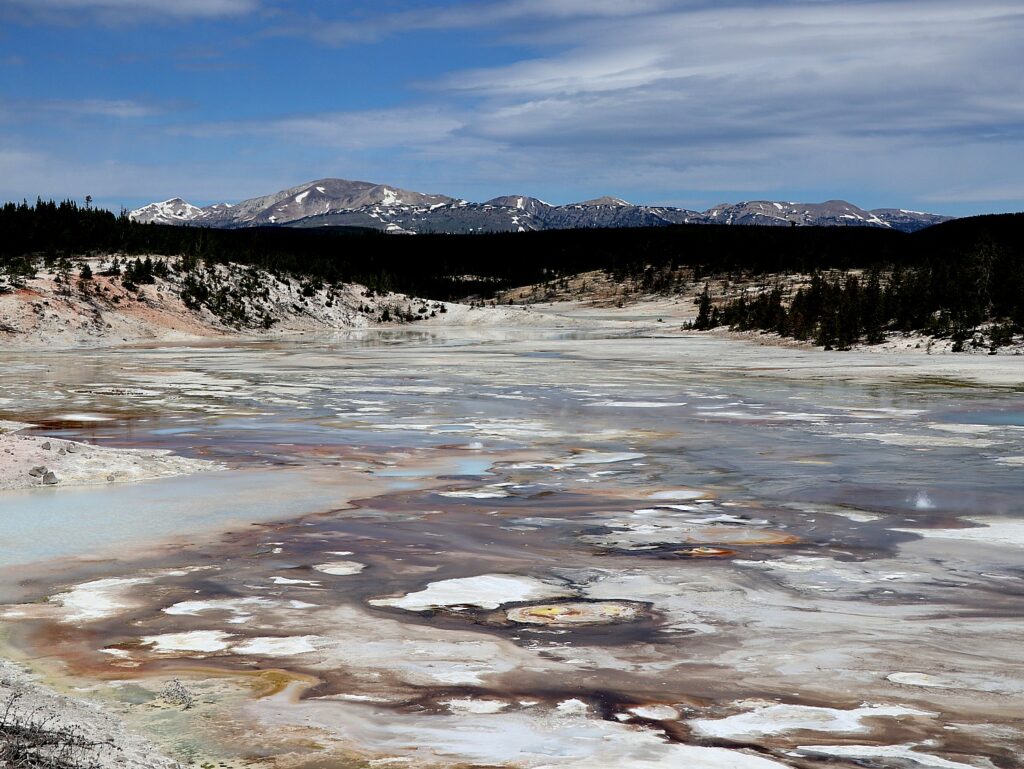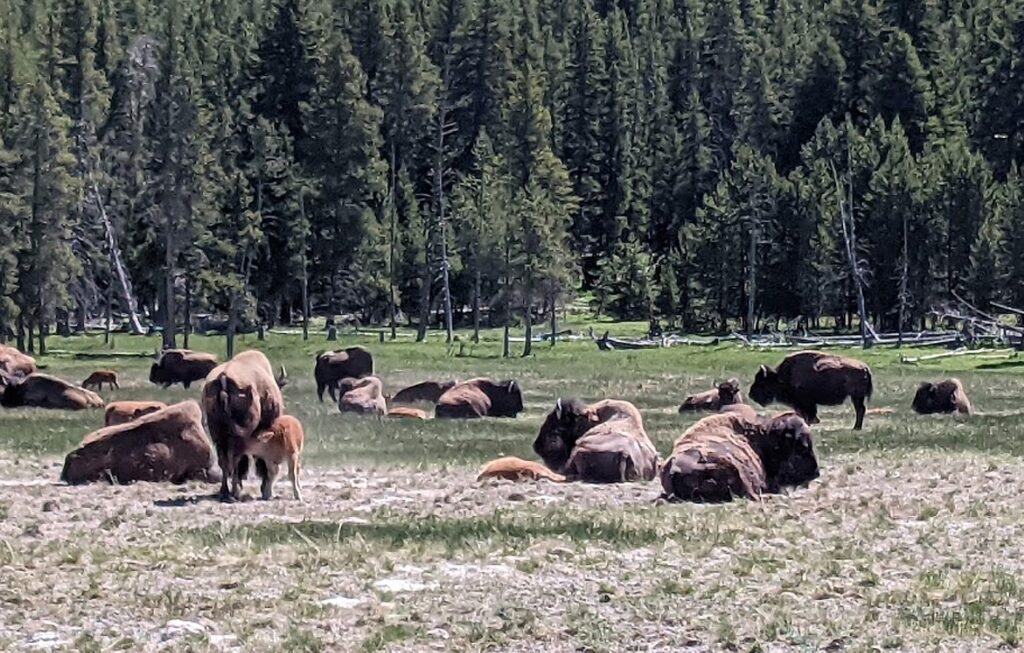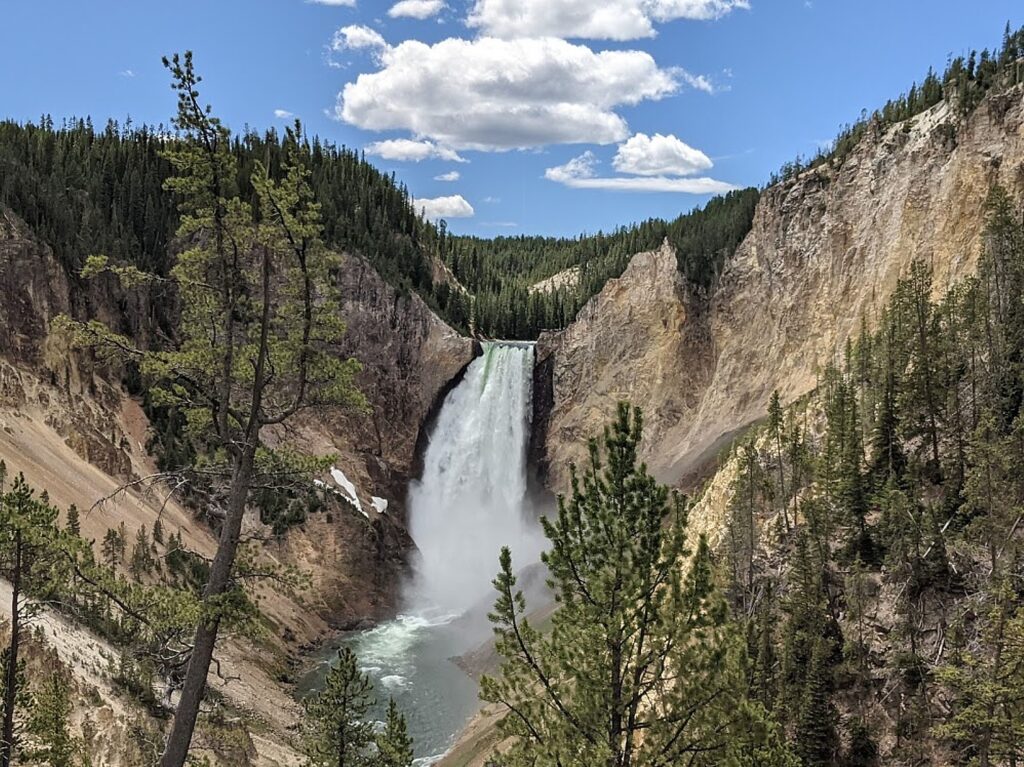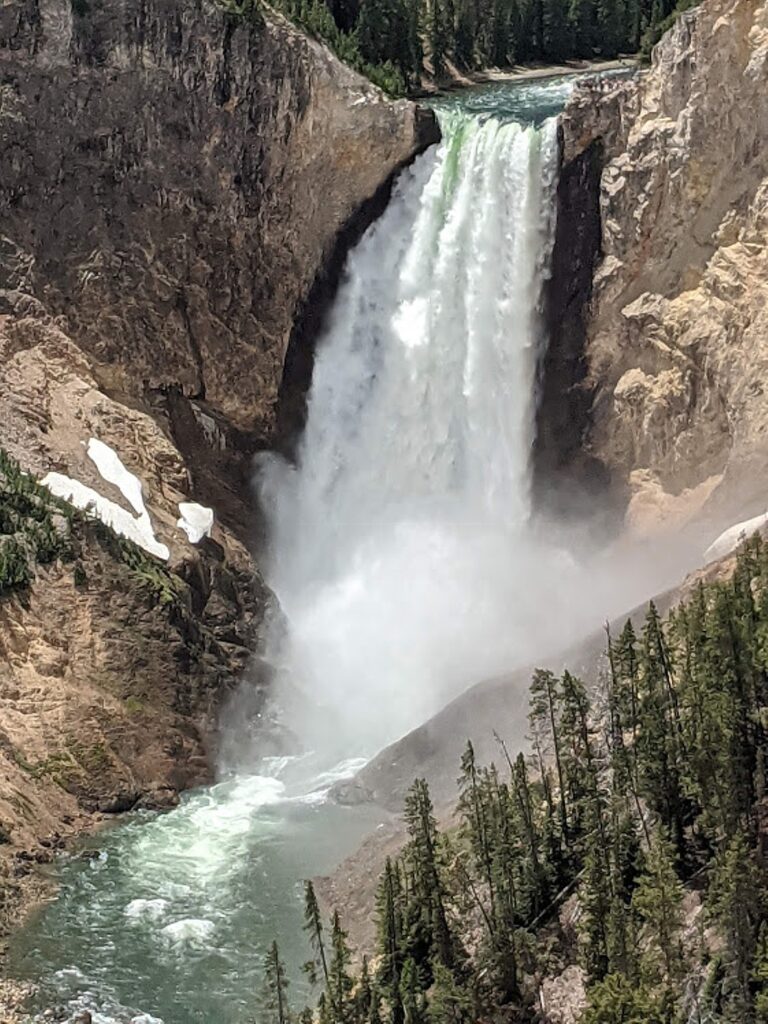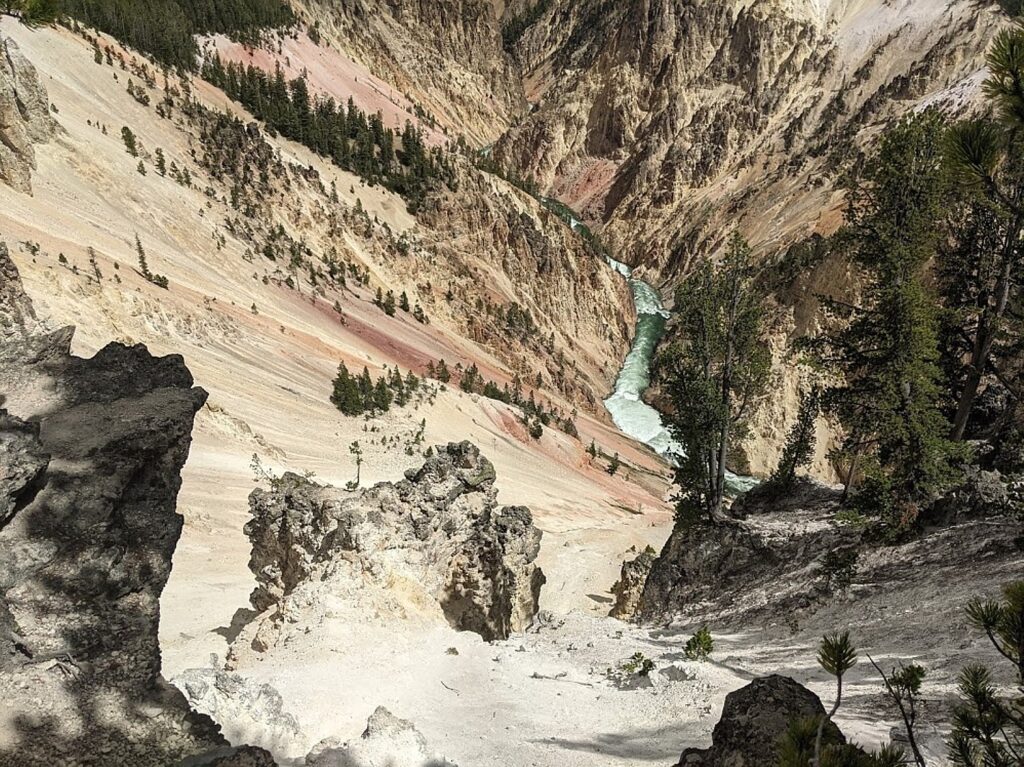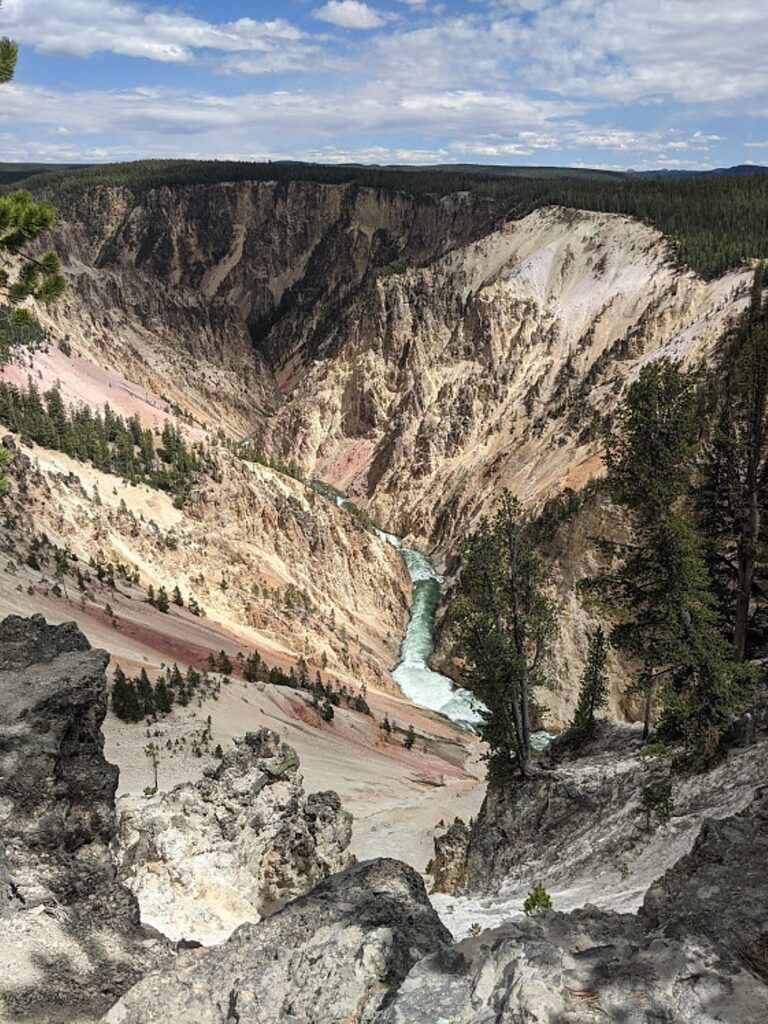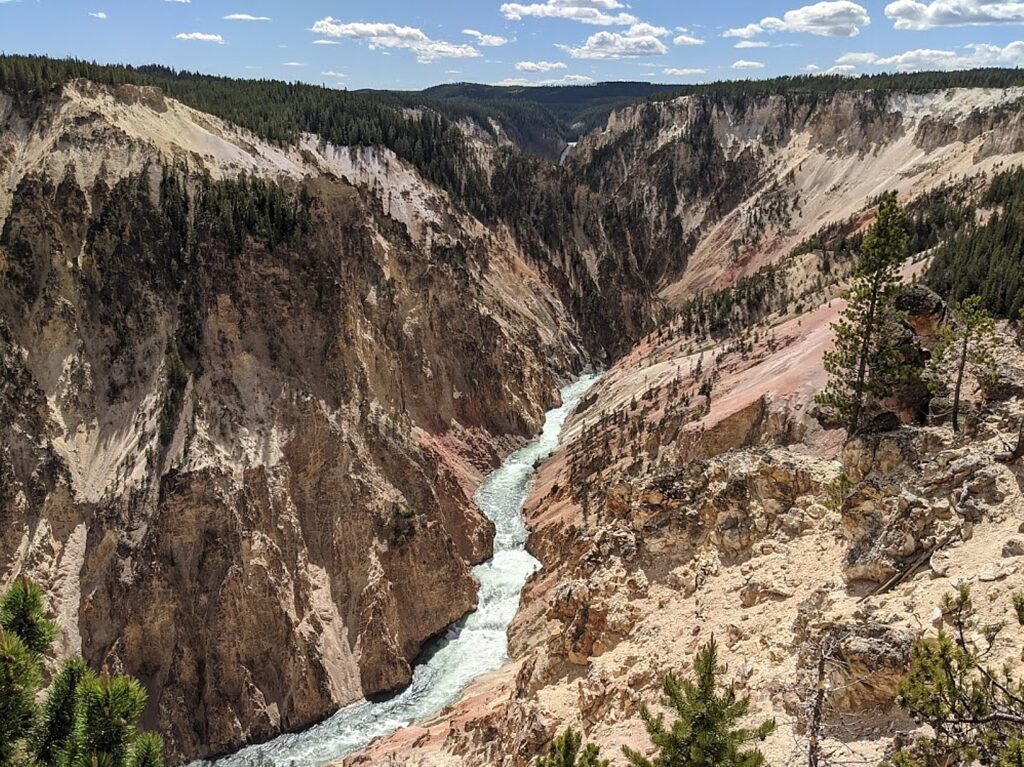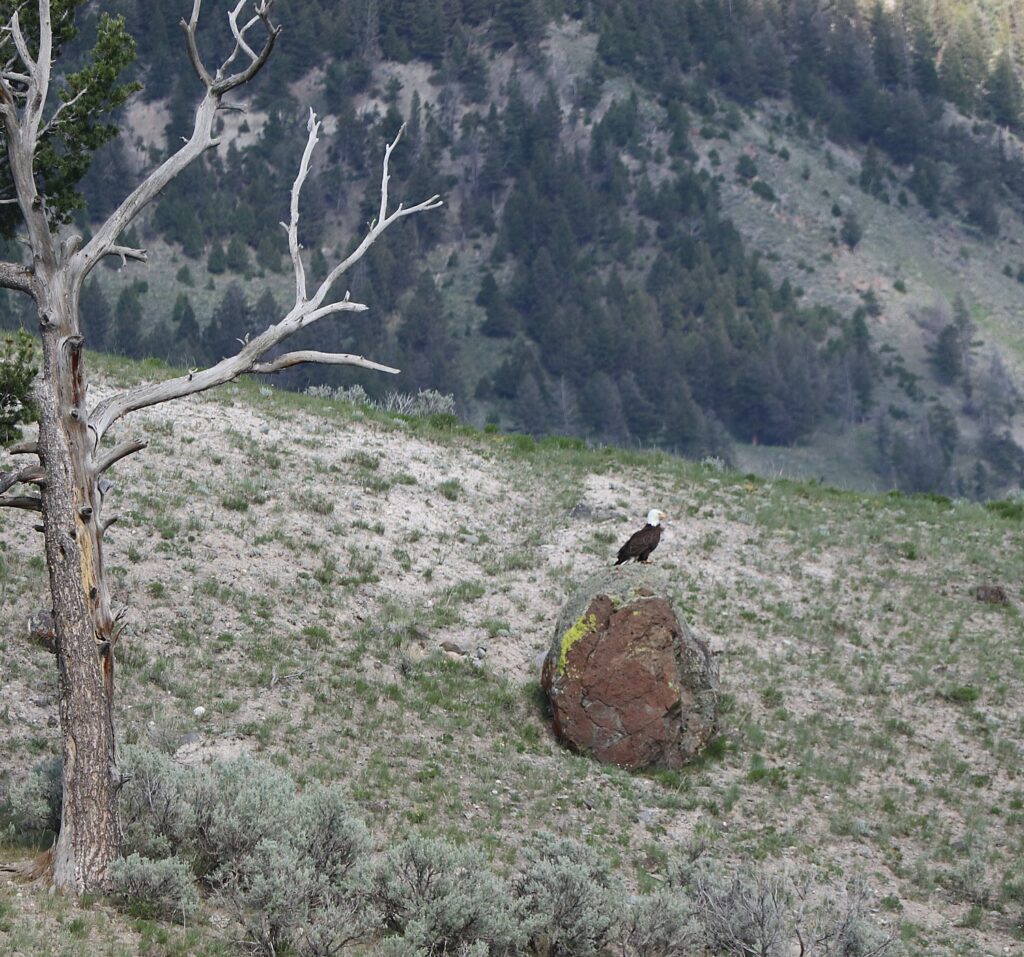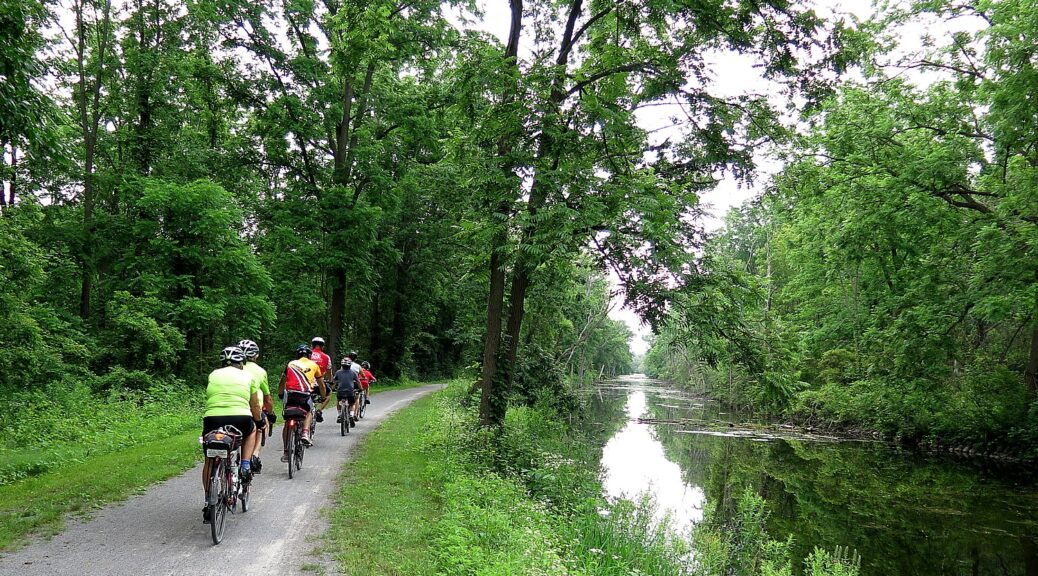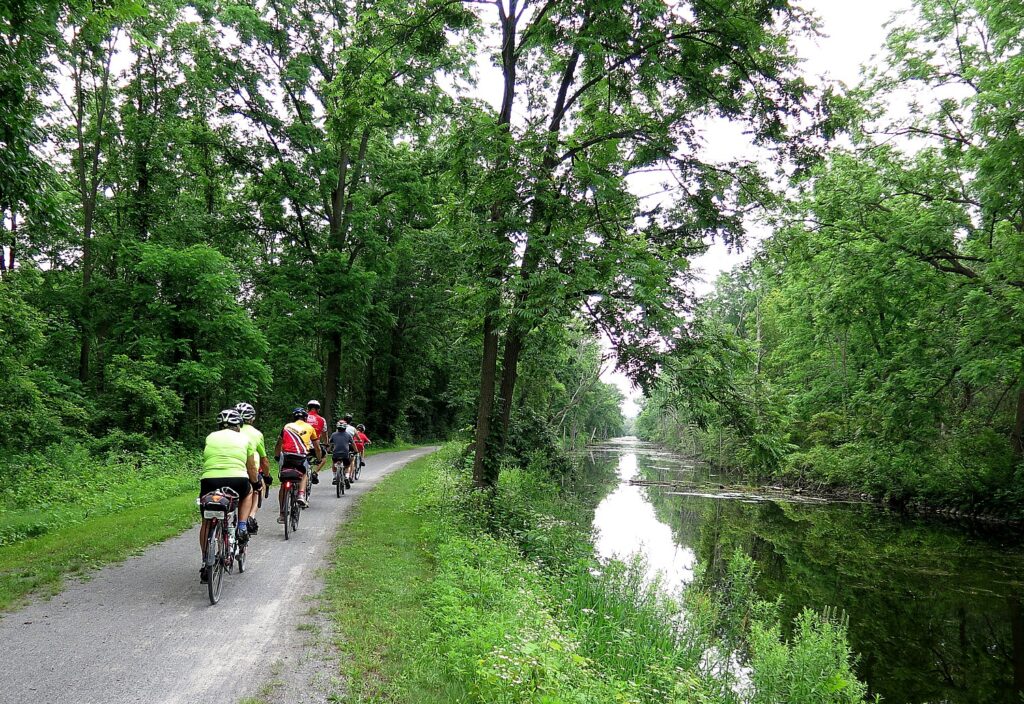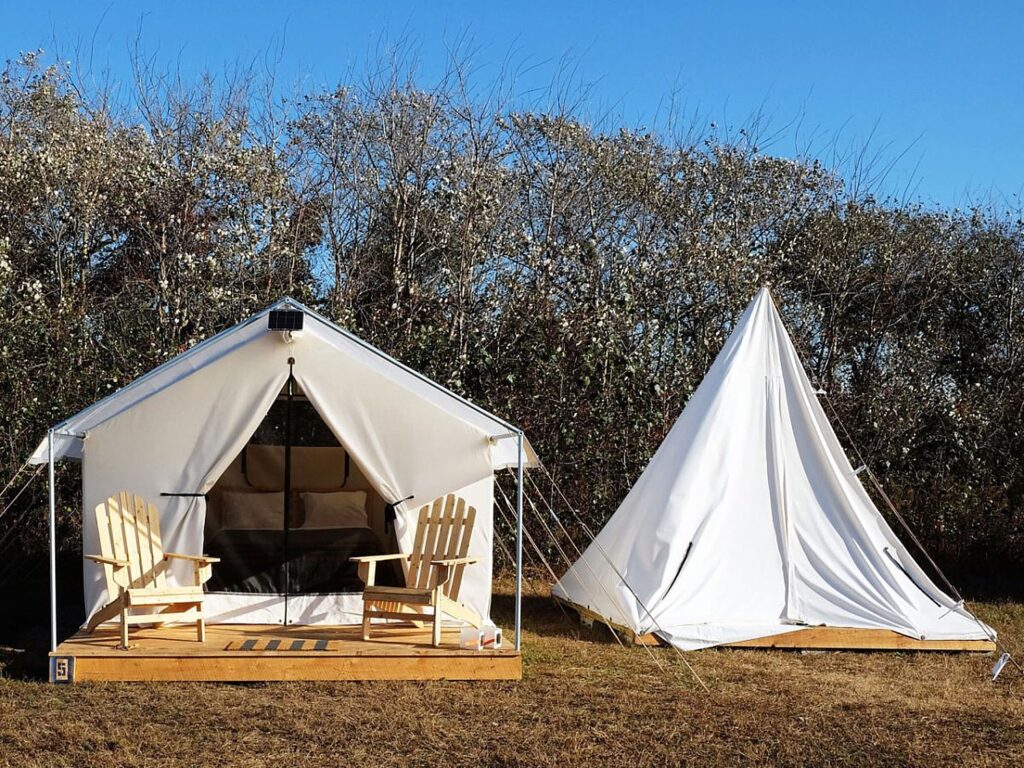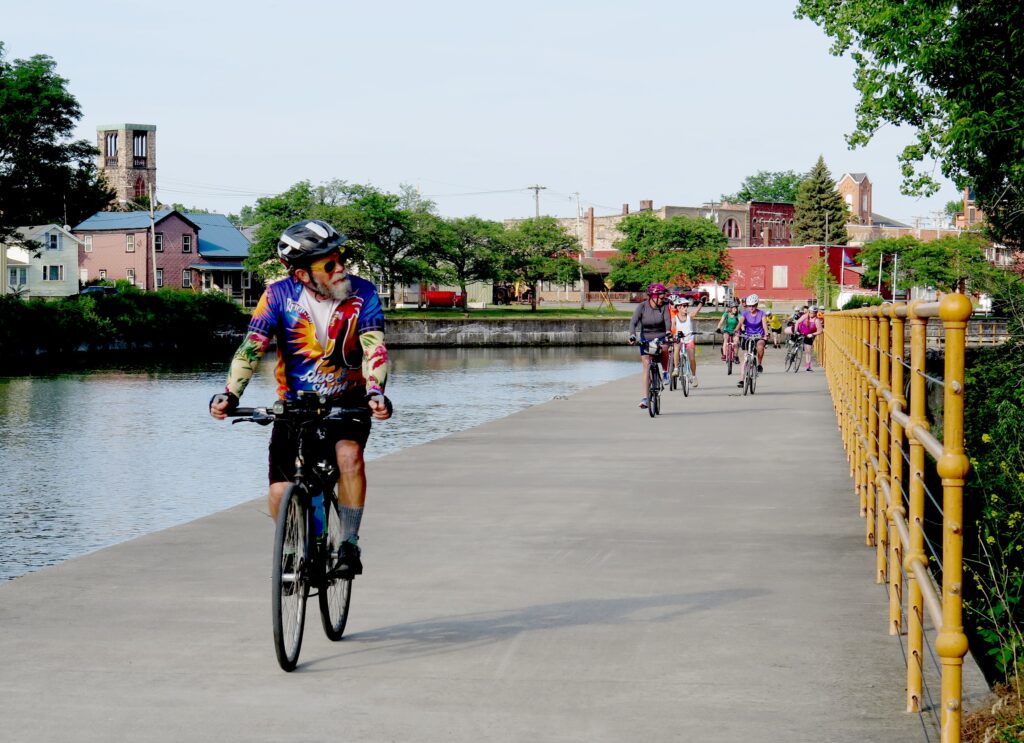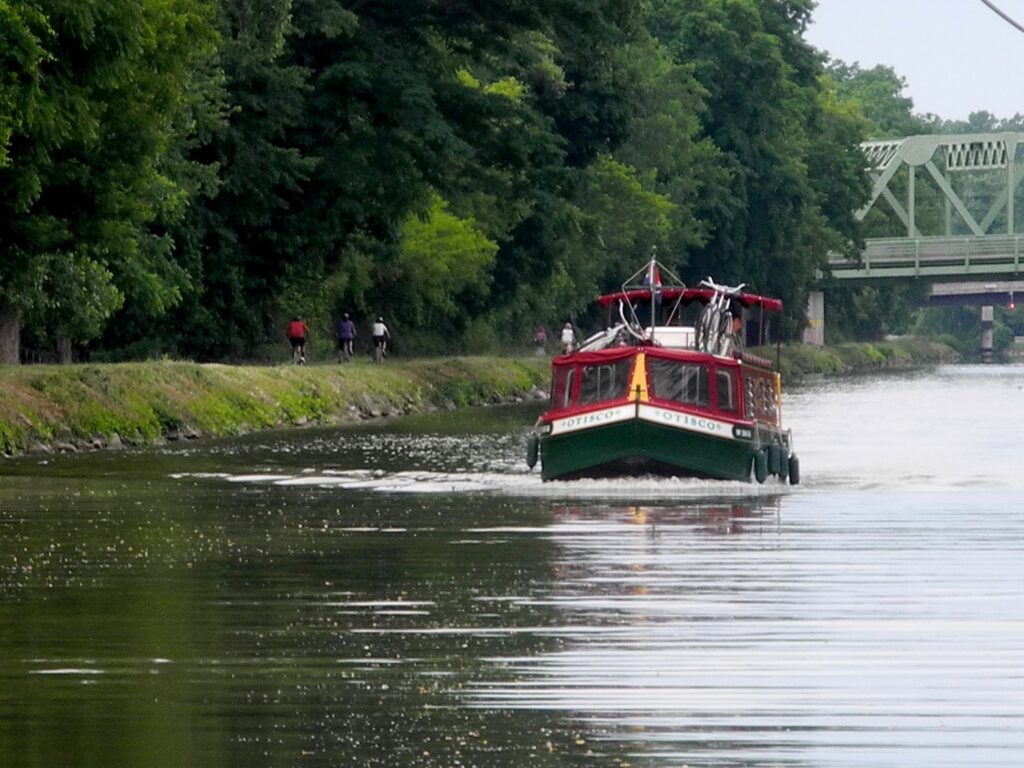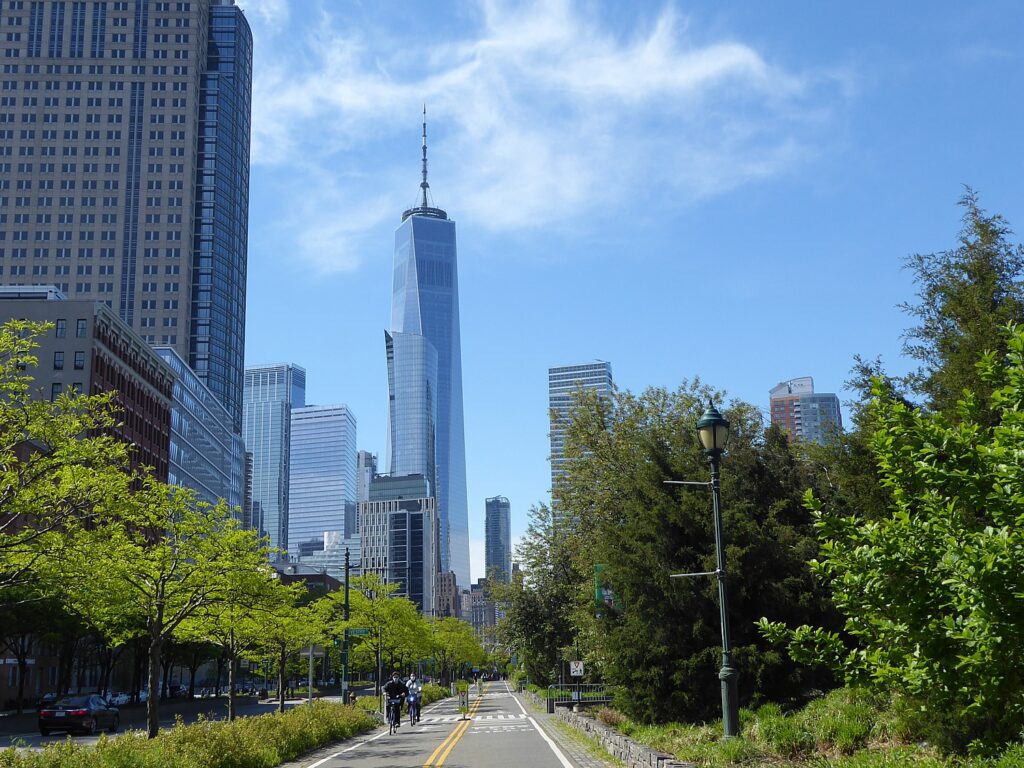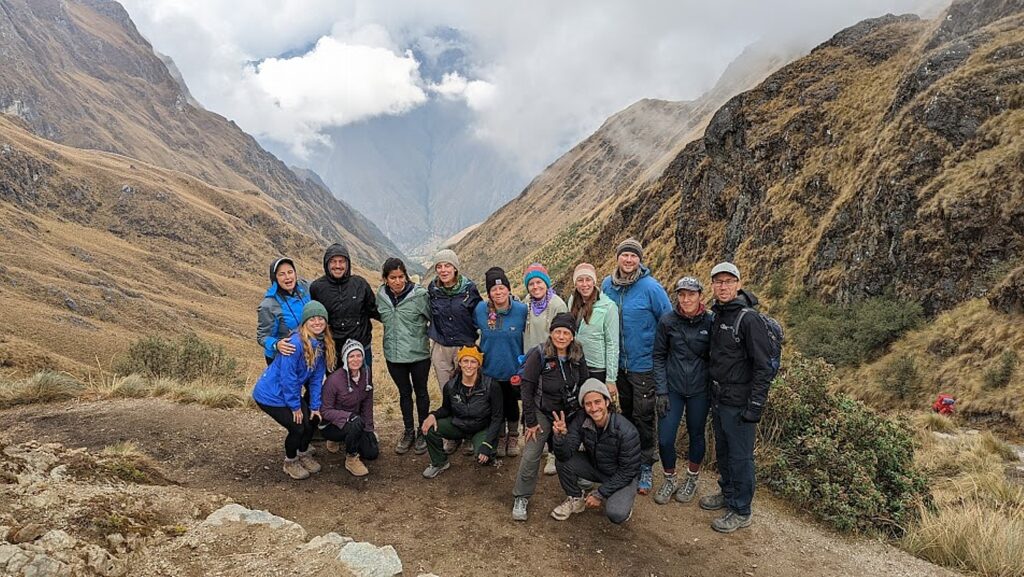
By Karen Rubin, with Eric Leiberman and Sarah Falter
Travel Features Syndicate, goingplacesfarandnear.com
The day after we cross over Dead Woman’s Pass at 13,829 feet above sea level on the Inca Trail and the day before reaching Machu Picchu – the destination of this Alpaca Expeditions four-day/three-night trek – I celebrate my 71st birthday. I say this because I am not a habitual hiker or climber, am reasonably but not especially fit and live at sea level. So I had been really, really anxious for weeks about whether or not Dead Woman’s Pass, named for its shape, would take on literal meaning.
And while age would normally be a private matter, I say this because if I could do it, anyone who is determined (it is mostly about mind over matter) can do it too.
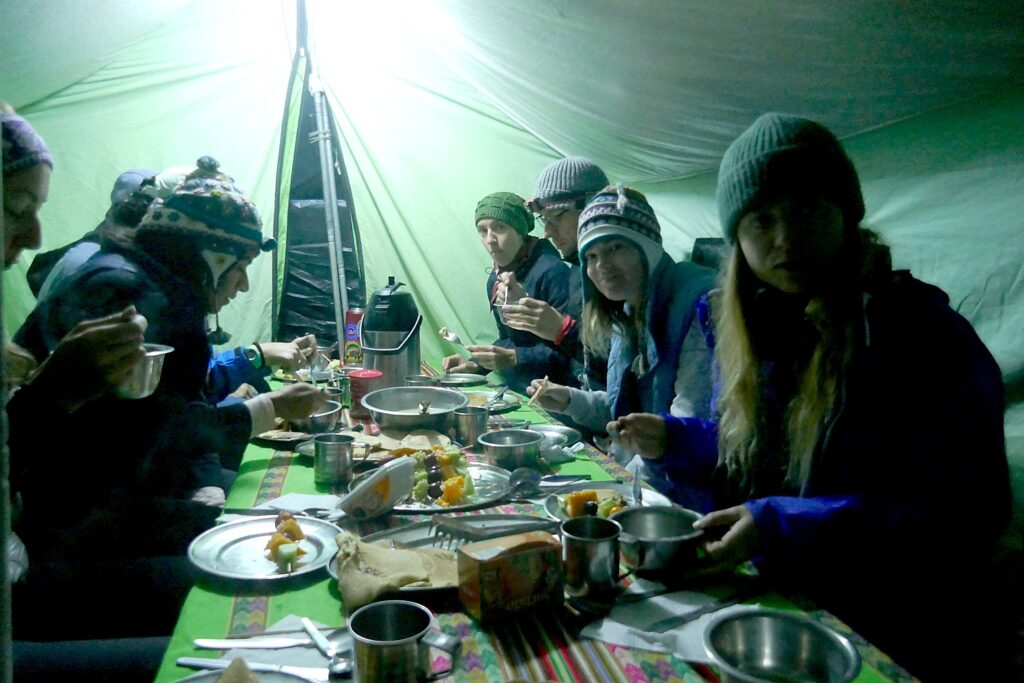
But my success (and yes, I do considerate it a major life accomplishment, if only to overcome fear and go outside my comfort zone to take on the challenge) has a lot to do with how well Alpaca Expeditions, the tour operator, runs this trip –all that our guides do to make the trek as comfortable and enjoyable as possible; how the porters (who are carrying our gear) all line up to applaud and cheer us when we come in from the hike; the quality of the camping and trekking equipment; the incredible food, snacks and teas (tea time!) that Chef Mario serves that are not only the quality of a fine restaurant but seem perfect for the task; providing basins of hot water and soap and delivering hot coca tea as our wake up call. (The private porto-potty tent, and an actual “sanitation engineer” assigned to keep it functioning, is also extremely appreciated.)
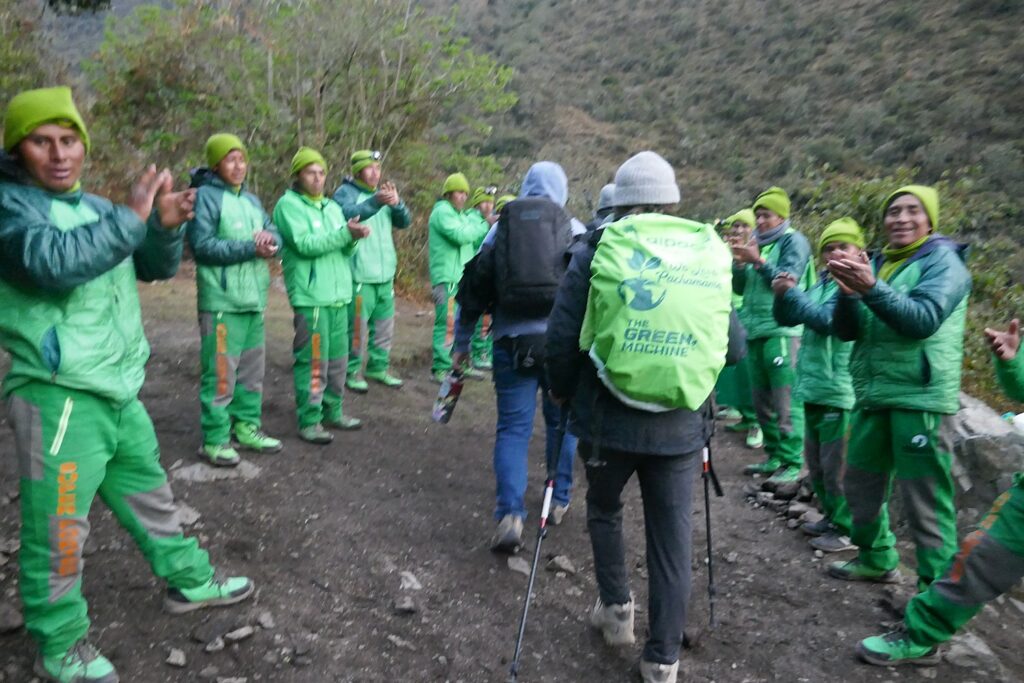
The hike itself – 26 miles with some fairly steep ups and downs – is actually considered moderate difficulty, along a trail of stones, albeit some high (especially for someone like me with short legs), some narrow, and some that can be slick.
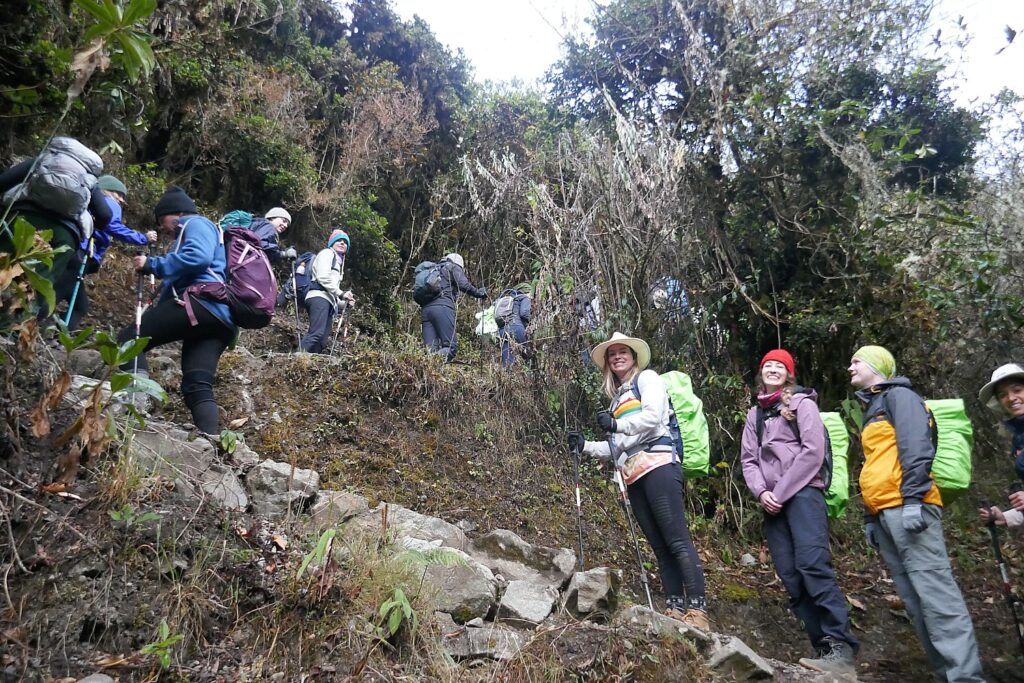
The main problem comes from the altitude. And my great fear that inhabits my mind with each step as I try to prepare myself by walking up and down the steepest hill in my neighborhood for an hour (fortunately, it is on my corner) is Day 2, when we climb not one but two mountain passes – the first to Dead Woman’s Pass at 13,779 ft., which will take four hours, and the second, Runkuracay, at 13020 ft, a total distance of 10 miles that involves 10 hours of hiking. I calculate the amount of sunlight in the day and am concerned it will take me 12 hours and I won’t get into camp before dark.
I console myself by giving myself an escape plan: I figure that if I have difficulty on Day 1 (the second toughest day) when the hike is 8.7 miles taking 7 hours to get to the campsite at 10,827 feet elevation, I can decide to simply walk back to the start. (I believe the tour operator also has this as a plan; in fact, we ask what happens if somebody is injured along the way and we are told that the porters, who carry huge loads, would carry the person on their back.) It is also a comfort to know the guides carry satellite phones which they can use for an emergency. I also pack my headlamp in my daypack. Just in case.
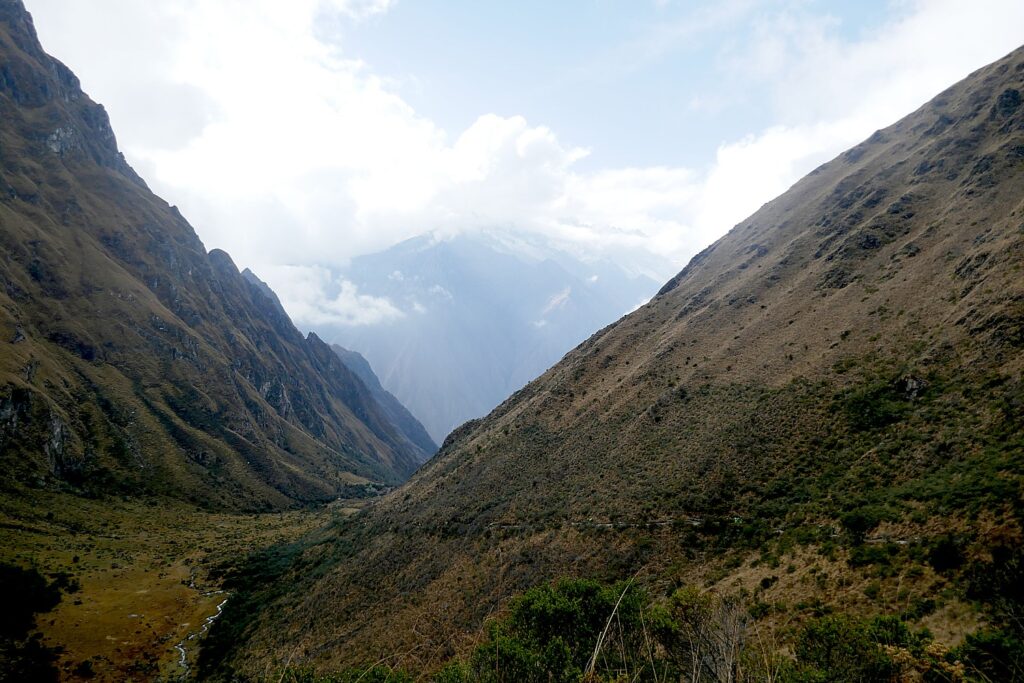
And I prepare myself for altitude sickness – not having any alcohol before the trek, taking Sorojchi pills (mainly aspirin and caffeine, sold over the counter in Cuzco) and drinking plenty of water (which works!). I also have Ibuprofin with me.
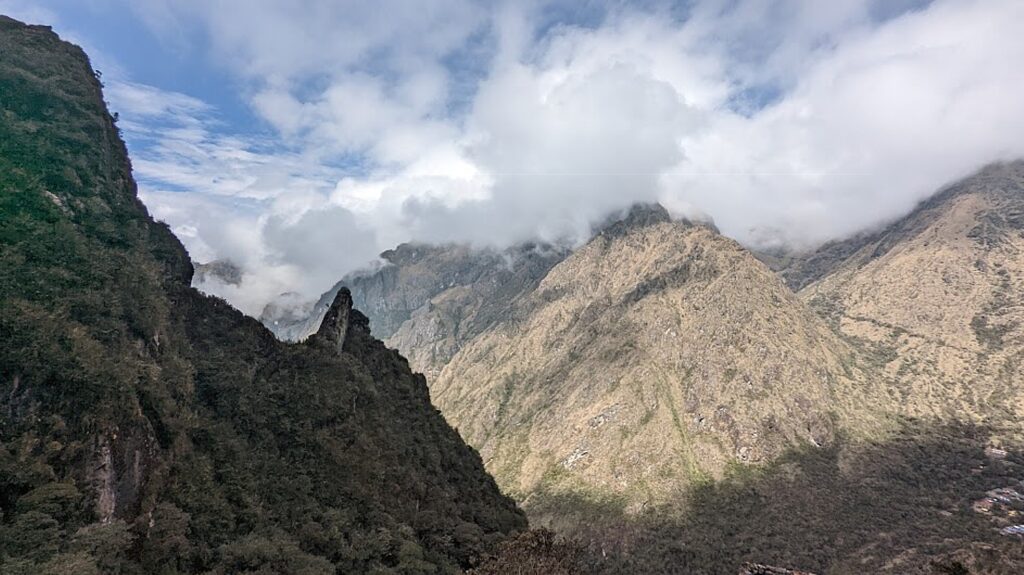
Our guide, Lizandro Aranzabal Huaman, cleverly stops at opportune times to talk to us about plants, insects (used for medicine as well as for dyes, cactus for rope for bridges and to haul stones), the tribal people who still inhabit the mountain villages where he grew up, the Incan sites along the trail, the history, culture and legacy of the Inca Empire. This not only enhances the experience as our imagination fills the images of what we see, but (cleverly) gives us time to rest and acclimate to the higher and higher altitudes, get back our legs and our fortitude, and get revitalized for the next stage.
And on Day 2, on one of these stops, Lizandro takes out a bag of coca leaves and shows us how to pack it into a cheek and let the juice mix with saliva to help avert altitude sickness. Then, before we are about to ascend the stage to Dead Woman’s Pass, he whips out a vial of an oil, like eucalyptus, which he puts into our palms, tells us to clap three times, then inhale the vapors to open our nasal passages and make our breathing more efficient. That really helps, too.

But we also go at our own pace – our guide, Georgio, typically stays in the back of the pack, so we can stop as often as we need, and admire the view, take a photo, take some extra breaths. (Which interestingly, is why they say older folks like me actually do better than the younger, eager beavers.)
I am surprised the trek is not as much about the landscape, scenery, or nature– the views of the pointed peaks with clouds and mist are beautiful, to be sure – as it is a conversation with the people who built the trail, laid the stones that line the entire trail, built the fortresses, enclaves, resting places for pilgrims and nobility on their way to Machu Picchu.
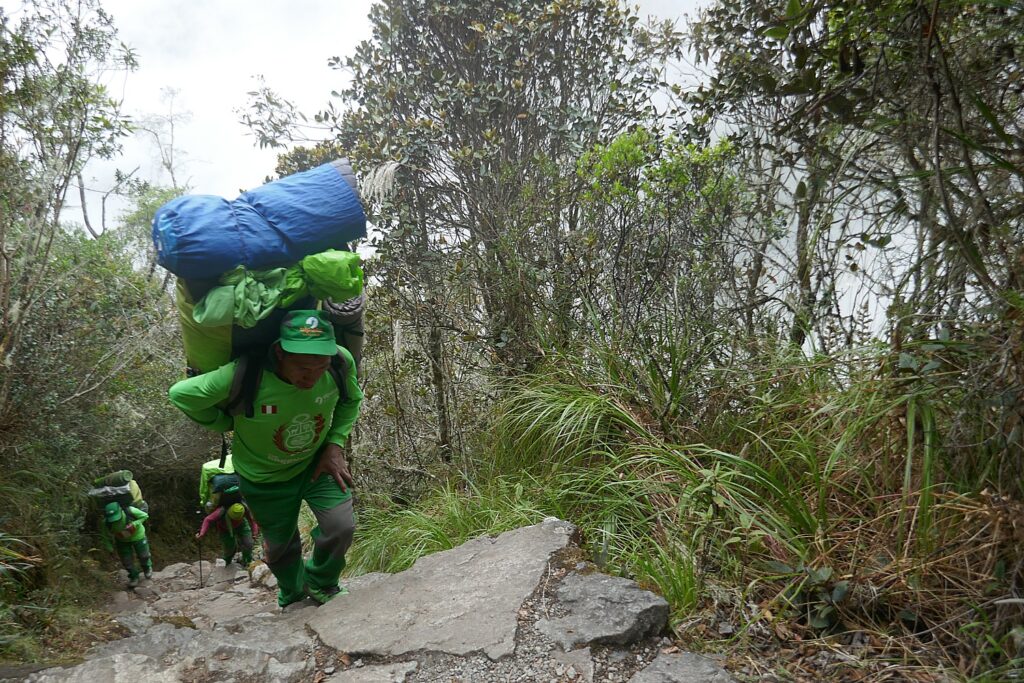
You feel a oneness with the pilgrims, as you walk in their footsteps. It all becomes a matter of personal challenge and self-discipline, mind over matter, just as it would have been for the pilgrims 600 years ago when these sites were built. Each step engages you with the human dimension in time, space and substance.
And I can’t stop thinking about the people who actually built all of this.
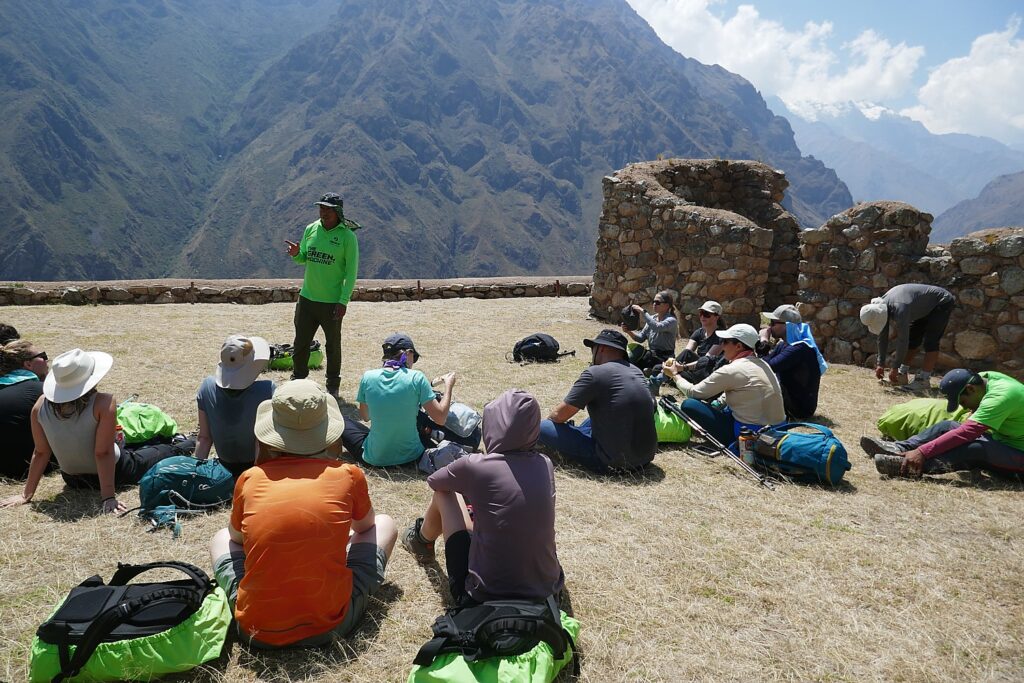
Our voyage in the Galapagos, where we had just traveled, was about natural selection, survival of the fittest and the ecosystems in the natural world. Here, trekking on the Inca Trail, going from site to site, we learn about the human ecology. I can only wonder as I plod up these trails, what was involved to hoist those multi-ton boulders and set them in place to build these structures, the amount of food production that must have been required to sustain a population with the numbers of laborers and soldiers to build, expand and secure the Empire, and the calorie count to create and sustain all of this, without the benefit of draft animals, the wheel, iron tools, written language.
So much surprises me about the Inca Trail trek, but most of all is the number of Inca sites – resting places along the pilgrimage route, defensive forts built by Pachacuti Inca Yupanqui, the ninth ruler of the Inca, in the mid-1400s in support of Machu Picchu, his most monumental project– that we encounter. Like Machu Picchu, they were reclaimed from the overgrowth after 400 years being abandoned to Nature. How meticulously they were restored (not rebuilt) by the government– so that we could better appreciate the society, the culture and the history in their context.
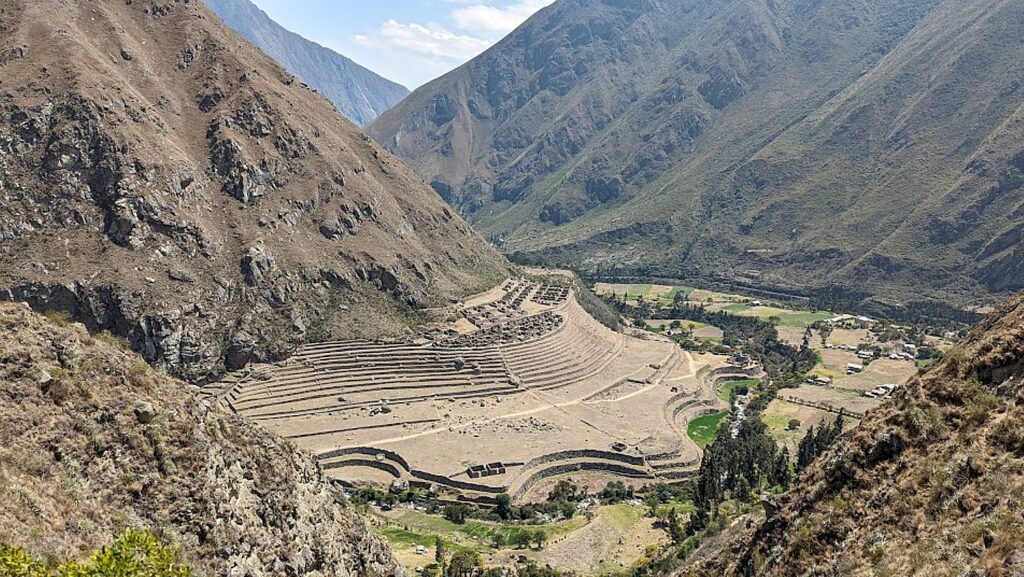
They were built to accommodate people making a once-in-a-lifetime pilgrimage. This is once-in-a-lifetime for me, as well, or as I tell myself, “now or never” as the window of opportunity closes for me. So seize the day, which is my motto.
You read about these sites, see photographs of it (indeed, the photos archaeologist Hiram Bingham published of Machu Picchu, “The Lost City of the Inca”, is what inspired the excavations and spurred this multi-million dollar tourism industry that supports preservation and conservation). But it is only when you are physically here, climbing the steep stone steps, seeing how they are built into these mountains, the scale and the precision with which they were built 600 years ago, feeling the stone, that you can understand and can appreciate this achievement of human endeavor.
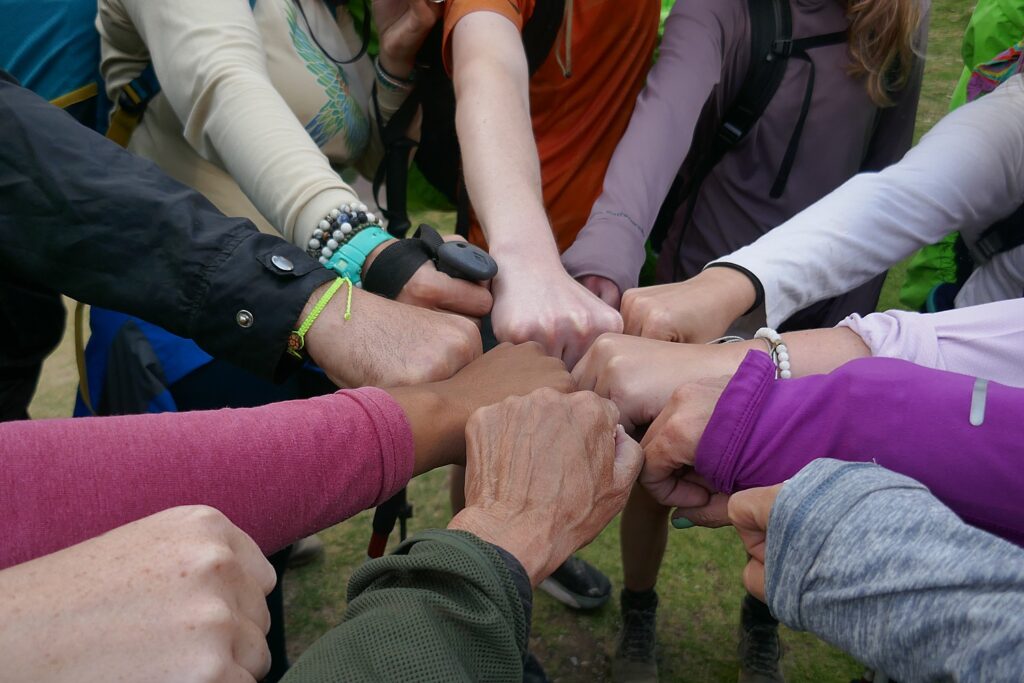
The story unfolds as we haul ourselves up the heights, over mountain passes and down onto plateaus.
Lizandro says, “Okay, team.” Giorgio calls us “Family” and we are off and in no time at all, we are a family as we set out on the Inca Trail.
Tips to prepare: Comfortable hiking boots are essential. Since so much of the four-day, 26-mile hike involves steep stone steps, I wanted a light boot with good grip and as comfortable as possible (hard for my hard-to-fit feet, I went through several different brands). After several trials and errors, I was exceedingly happy with the Altra lone peak all-weather mid (wide) hiking boots I bought at REI just before I came – as comfortable as sneakers, but great grip and ankle support. I broke them in (and tested them) on my daily “workout” going up/down the steepest hill in my neighborhood.
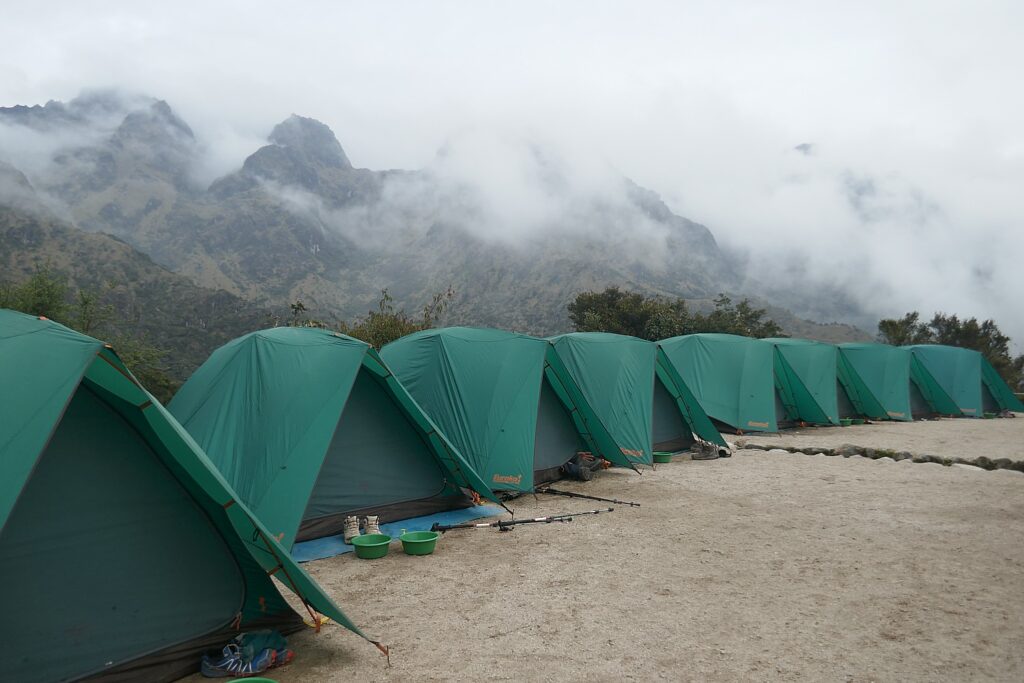
Hiking poles are essential (if you don’t bring your own, you can rent from Alpaca Expeditions). They provide the tents but you rent the sleeping bag, and mat (really recommended).
Bring a power bank to recharge your phone and camera batteries (no place to plug in for four days; bring extra, charged batteries for camera). Bring a light, compact camera, like a point-and-shoot, to hike with so you don’t carry any extra weight (I packed my Nikon Z5 in Sarah’s duffel but hiked with it the last (easiest) day into Machu Picchu).
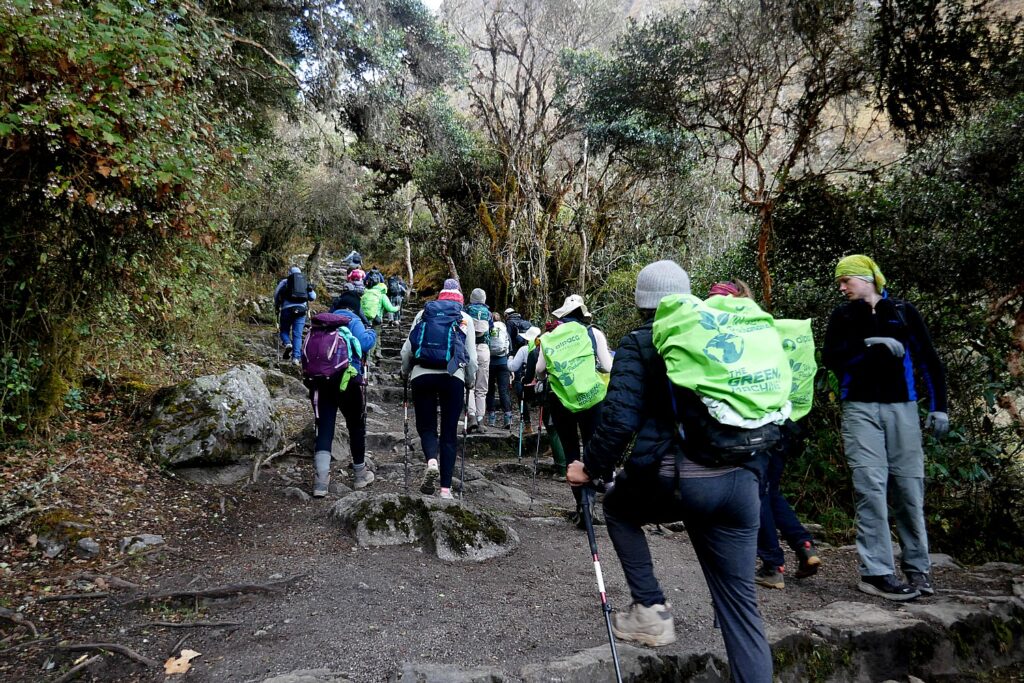
Bring two water bottles (they provide boiled drinking water to fill). Bring layers and hats for cold and warm weather; expect rain or mist (you trek through the Cloud Forest). The first two nights camping are likely to be cold – the sleeping bags are excellent quality winter grade but I am thrilled with the warm knee-high alpaca wool socks I had bought for $4 at the shop just before starting the hike). A headlamp is a must – I love the Black Diamond Astro 300 lumens from REI)
Bring altitude sickness medicine (there is a prescription medicine, but I am happy with the Sorojchi Pills you can purchase over-the-counter in Cuzco), also people bring coca leaves or candy; have Ibuprofen on hand.
Definitely do what you can to prepare yourself physically (and mentally). As I was walking up/down the hill for an hour, I was contemplating doing this for 9 more hours and it wasn’t a pleasant thought. I resigned myself to feeling very uncomfortable for 12 hours, and that in itself was comforting.
The permits to do the Inca Trail trek are limited to 500 a day for all the trekking companies (this amounts to 200 trekkers and 300 porters, guides and staff) and get booked up months in advance.
More information: Alpaca Expeditions, USA Phone: (202)-550-8534, [email protected], , https://www.alpacaexpeditions.com/
To check with the US State Department to get the latest information on travel to Peru: https://travel.state.gov/content/travel/en/international-travel/International-Travel-Country-Information-Pages/Peru.html.
Next: Setting Out on the Inca Trail
See also:
VISIT TO PERU’S SACRED VALLEY IS BEST WAY TO PREPARE FOR INCA TRAIL TREK TO MACHU PICCHU
INCAN SITES OF PISAC, OLLANTAYTAMBO IN PERU’S SACRED VALLEY ARE PREVIEW TO MACHU PICCHU
ALPACA EXPEDITIONS’ INCA TRAIL TREK TO MACHU PICCHU IS PERSONAL TEST OF MIND OVER MATTER
DAY 1 ON THE INCA TRAIL TO MACHU PICCHU: A TEST
DAY 2 ON THE INCA TRAIL TO MACHU PICCHU: DUAL CHALLENGES OF DEAD WOMAN´S PASS, RUNCURACCAY
DAY 3 ON THE INCA TRAIL TO MACHU PICCHU: TOWN IN THE CLOUDS, TERRACES OF THE SUN & FOREVER YOUNG
DAY 4 ON THE INCA TRAIL: SUN GATE TO MACHU PICCHU, THE LOST CITY OF THE INCAS
__________________
© 2022 Travel Features Syndicate, a division of Workstyles, Inc. All rights reserved. Visit goingplacesfarandnear.com, www.huffingtonpost.com/author/karen-rubin, and travelwritersmagazine.com/TravelFeaturesSyndicate/. Blogging at goingplacesnearandfar.wordpress.com and moralcompasstravel.info. Visit instagram.com/going_places_far_and_near and instagram.com/bigbackpacktraveler/ Send comments or questions to [email protected]. Tweet @TravelFeatures. ‘Like’ us at facebook.com/NewsPhotoFeatures
